Forums
- Forums
- Duggy's Reference Hangar
- USAAF / USN Library
- The Grumman TBF/TBM Avenger
The Grumman TBF/TBM Avenger
Post a reply
- Go to Previous topic
- Go to Next topic
- Go to Welcome
- Go to Introduce Yourself
- Go to General Discussion
- Go to Screenshots, Images and Videos
- Go to Off topic
- Go to Works in Progress
- Go to Skinning Tips / Tutorials
- Go to Skin Requests
- Go to IJAAF Library
- Go to Luftwaffe Library
- Go to RAF Library
- Go to USAAF / USN Library
- Go to Misc Library
- Go to The Ops Room
- Go to Made in Germany
- Go to Campaigns and Missions
- Go to Works in Progress
- Go to Juri's Air-Raid Shelter
- Go to Campaigns and Missions
- Go to Works in Progress
- Go to Skinpacks
- Go to External Projects Discussion
- Go to Books & Resources
-
13 years agoMon Feb 15 2016, 12:19am
 Main AdminText taken from here http://vectorsite.net/avtbm.html
Main AdminText taken from here http://vectorsite.net/avtbm.html
* The United States Navy entered World War II with an antiquated torpedo bomber, the TBD Devastator, that proved suicidal in combat. However, even before the war began, the Navy had begun work on its replacement, the Grumman TBF Avenger, which would prove to be a superb aircraft that excelled in a number of roles. This document provides a history and description of the Avenger.
In October 1939, the US Navy issued a request for proposals for a new carrier-based torpedo bomber to replace the Douglas TBD-1 Devastator, which was clearly obsolescent even though it had only entered service two years earlier. The Navy requirement specified an aircraft with a crew of three; a top speed of 480 KPH (300 MPH); a warload of one 900 kilogram (2,000 pound) torpedo or three 225 kilogram (500 pound) bombs in an internal bombbay; armor protection; self-sealing fuel tanks; and a powered dorsal turret. Two finalists were selected in April 1940, with the Navy ordering two prototypes each of the Vought "XTBU-1 Sea Wolf" and the Grumman "XTBF-1".
The first of the two Grumman XTBF-1 prototypes flew on 7 August 1941, with Grumman test pilot Bob Hall at the controls. It was not a promising beginning: Hall had to promptly land the aircraft again, since he immediately realized it was dangerously underpowered. Weight was reduced and Hall tried again the next day, with the same result. He managed to get airborne the day after that, but the aircraft suffered badly from yaw instability and the flight was somewhat hair-raising. Grumman engineers went back to the drawing board and made a number of changes, with the result that the XTBF-1 finally began to fly right.
However, the first XTBF-1 was lost on 28 November 1941 when it caught fire, both aircrew bailing out safely. The second prototype performed its first flight on 15 December 1941, not long after the attack on Pearl Harbor by the Imperial Japanese Navy on 7 December.
The Navy was in such a hurry that the Grumman design had already been selected it for production in December 1940, months before first flight of the aircraft, after inspection of plans and a full-scale mockup. An initial order for 286 machines was placed at that time. The first production "TBF-1 Avenger" performed its initial flight on 30 December 1941, with formal Navy acceptance following on 30 January. A total of 1,123 TBF-1s would be built in all.
* The Avenger was Grumman's first torpedo bomber. It was a barrel-shaped, low-wing aircraft that a clear resemblance to a scaled-up Grumman F4F Wildcat fighter; the Navy was in a rush and so Grumman engineers leveraged off of an available design to get the job done. The Avenger's performance and handling qualities were good, and it was, like other Grumman aircraft, very rugged. It was powered by a single 14-cylinder two-row air-cooled Wright R-2600-8 Twin Cyclone radial engine with 1,270 kW (1,700 HP), driving a three-bladed variable-pitch constant-speed Hamilton Standard Hydromatic propeller. Top speed was about 10% less than Navy spec, but since the aircraft met other specs very well, and since the performance drop had been due to additional Navy requirements, the lower speed was judged acceptable.
The big wings folded up and back using a hydraulic system so they lay along the sides of the fuselage, an arrangement that Grumman had developed for the Wildcat that would be a mark of many Grumman carrier aircraft. The production aircraft's tailfin featured a sizeable fin fillet, added very quickly after the initial flights of the XTBF-1 to correct the yaw instability problem.
The Avenger had tailwheel landing gear, with all three gear retractable and with single wheels. The main gear hinged in the wing root to retract outward into the wings, with the gear splayed outward slightly to ensure the aircraft had a wide and stable track. The main gear could be deployed in flight to act as dive brakes; there were no covers over the wheels when they were retracted, since the covers have been judged to do little more than add weight. There was a stinger-type arresting hook that retracted back into the tail.
The aircraft had a long weapons bay that could accommodate a torpedo; up to four 225 kilogram (500 pound) bombs; depth charges; or mines. In response to requests from aircrew, an auxiliary bombbay fuel tank with a capacity of 1,023 liters (270 US gallons) was later developed. The tank could be discarded in flight; since it wasn't self-sealing, it was generally drained first. In service, Avengers would also drop supply packs or canisters to ground troops, demonstrating the aircraft's flexibility.
Each bombbay door consisted of two hinged panels that folded out to the side when opened. There was a window at the back of the bombbay for level bombing with a Norden bombsight, though it wouldn't see that much use in action. Along with the wing fold, the main landing gear, bombbay doors, and flaps were all hydraulically actuated, while the other flight surfaces were manually controlled. Grumman would have some trouble with the hydraulics, which suffered from the basic weakness of the technology: a tendency to leak.
The Avenger was originally armed with:
A single fixed 7.62 millimeter (0.30 caliber) Browning machine gun with 300 rounds, mounted in the upper right side of the nose and fired by the pilot.
A single 7.62 millimeter Browning machine gun with 500 rounds on a flexible mount in a rear-facing belly "stinger" position.
A single 12.7 millimeter (0.50 caliber) Browning machine gun with 400 rounds in a ball turret at the rear of the cockpit. The gun was offset to the left.
The turret was electrically actuated, an innovation at the time that reduced weight and also improved speed and controllability. It was designed by Grumman engineer Oscar Olsen, working with the General Electric company. The gunner controlled the turret with a pistol grip that included a trigger, and had both a reflector sight and a backup iron sight to target the gun. The turret featured an armored seat, armored sides, and armor glass in front. The gunner entered the turret from the rear of the cockpit; in an emergency, he could pop open a panel on the right side of the turret for a quick escape.
GRUMMAN TBF-1 AVENGER:
_____________________ _________________ ___________________
spec metric english
_____________________ _________________ ___________________
wingspan 16.5 meters 54 feet 2 inches
wing area 45.52 sq_meters 490 sq_feet
length 12.2 meters 40 feet
height 5 meters 16 feet 5 inches
empty weight 4,790 kilograms 10,555 pounds
max loaded weight 7,876 kilograms 17,364 pounds
maximum speed 430 KPH 267 MPH / 232 KT
service ceiling 6,830 meters 22,400 feet
range (internal fuel) 1,778 kilometers 1,105 MI / 960 NMI
_____________________ _________________ ___________________
The Avenger carried a crew of three, including a pilot, bombardier, and radio operator, sitting under a long greenhouse canopy that ended in the dorsal turret, with a rear fuselage compartment beneath the turret. The bombardier sat inside the rear compartment, where he sighted through the open weapons bay and also handled the belly gun; there were also two tubes for dropping parachute flares and the like at the rear of the compartment. The radio operator sat behind the pilot and operated the turret gun. The first 50 production TBF-1s had auxiliary flight controls for the radio operator, though the concept proved impractical and the controls were deleted with the 51st machine. The crew could clamber into the aircraft through the rear of the greenhouse canopy, or through a small door on the right side of the fuselage, behind the wing.
Initially, Avengers were flown with slate gray colors on top and light gray colors on bottom, with red-and-white tail stripings and the US star insignia sporting a red "meatball" in the center. Red markings were eliminated in May 1942 to eliminate potential confusion with Japanese aircraft. Photographs survive of Avengers painted with fake gun ports on the wing leading edges, presumably as an intimidation tactic; pictures of Avengers with the fake guns are uncommon, suggesting that the trick didn't work all that well. The Avenger would be nicknamed the "Turkey", meaning it was a "big bird", the name not having any particularly insulting connotations in those days.
* Incidentally, the Vought Sea Wolf also entered production, sort of. Since Vought ended up being committed to production of other aircraft, particularly the F4U Corsair, production was passed on to Consolidated. 189 Sea Wolves were built under the designation of "TBY-2", but the war ended before they ever saw action.
Below Mock Up.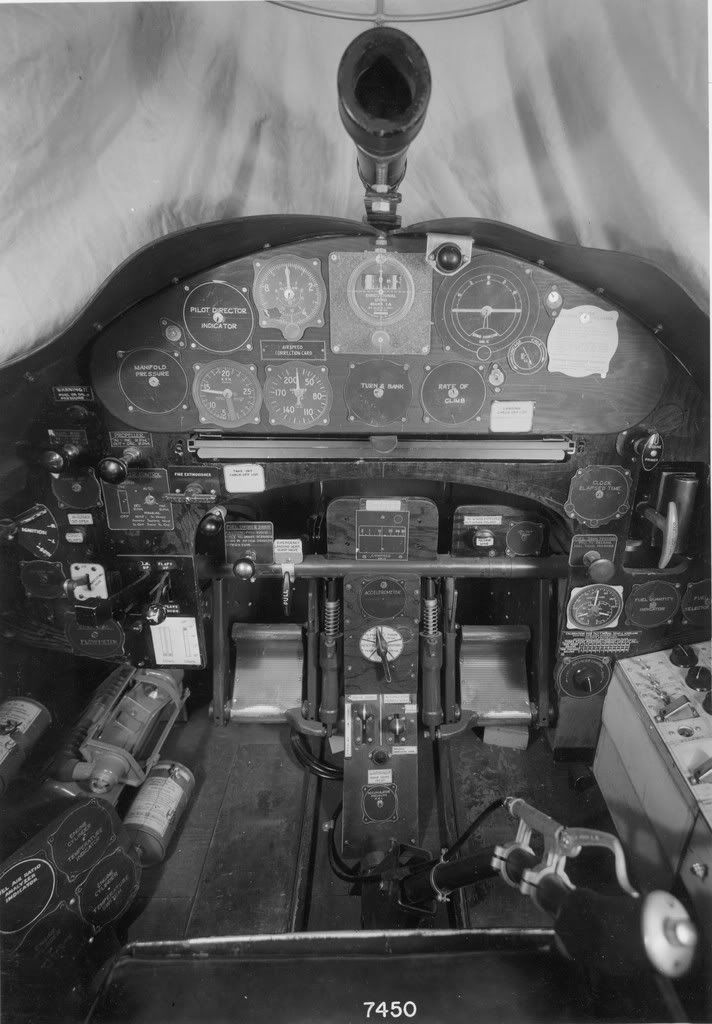

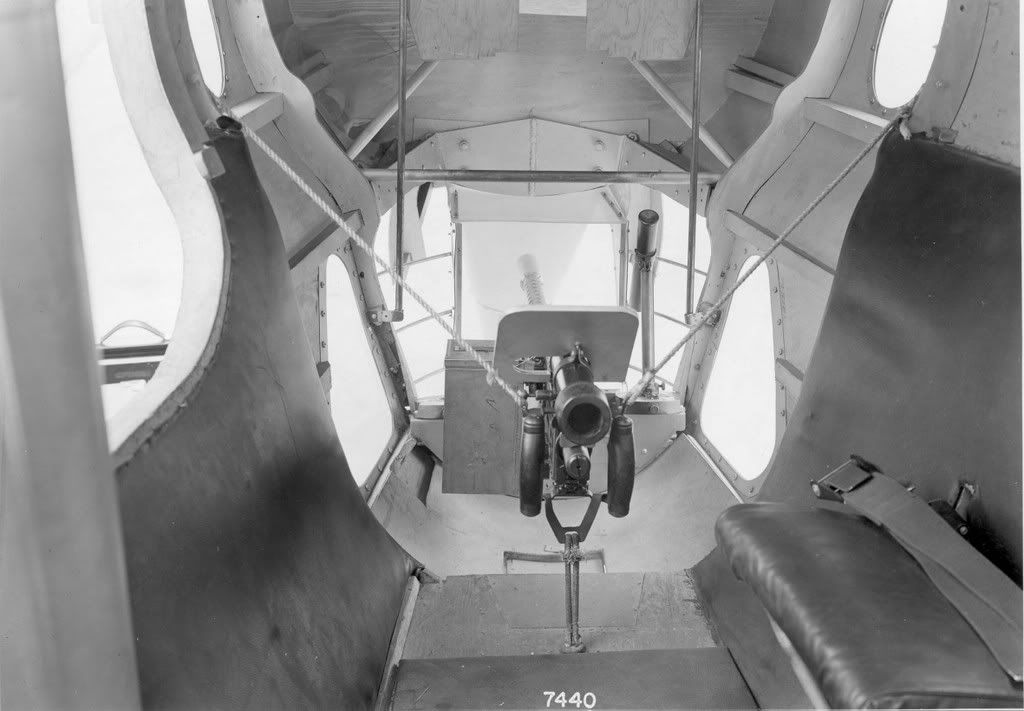
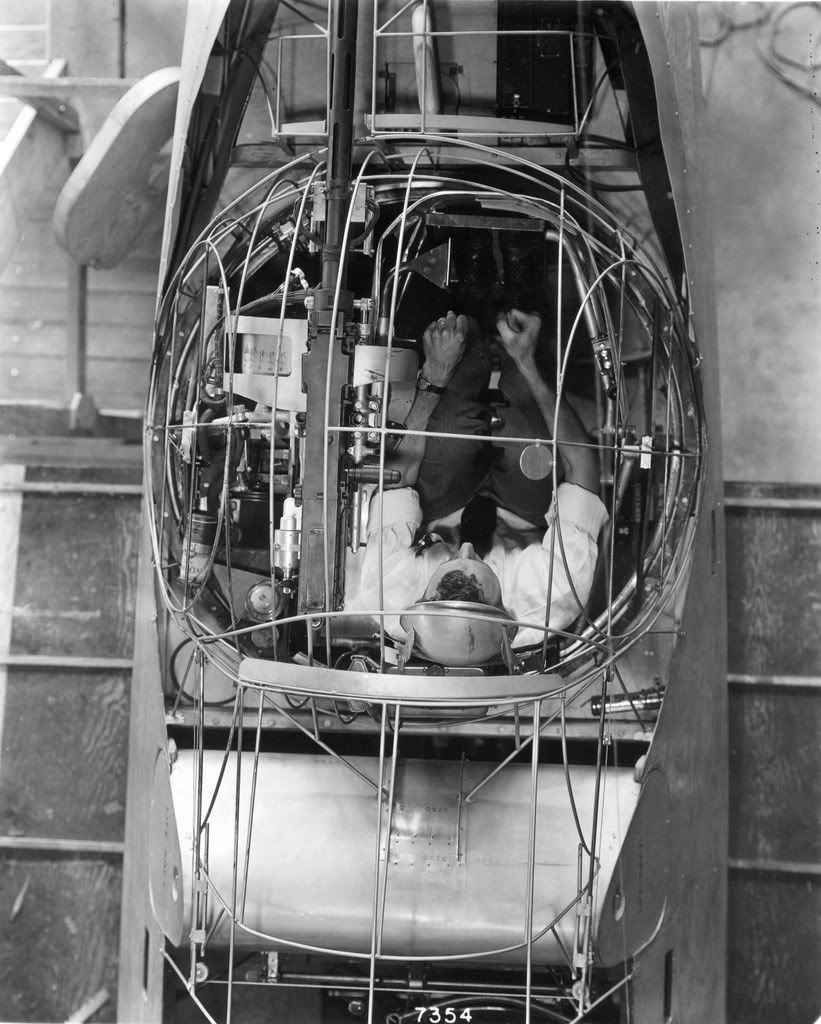
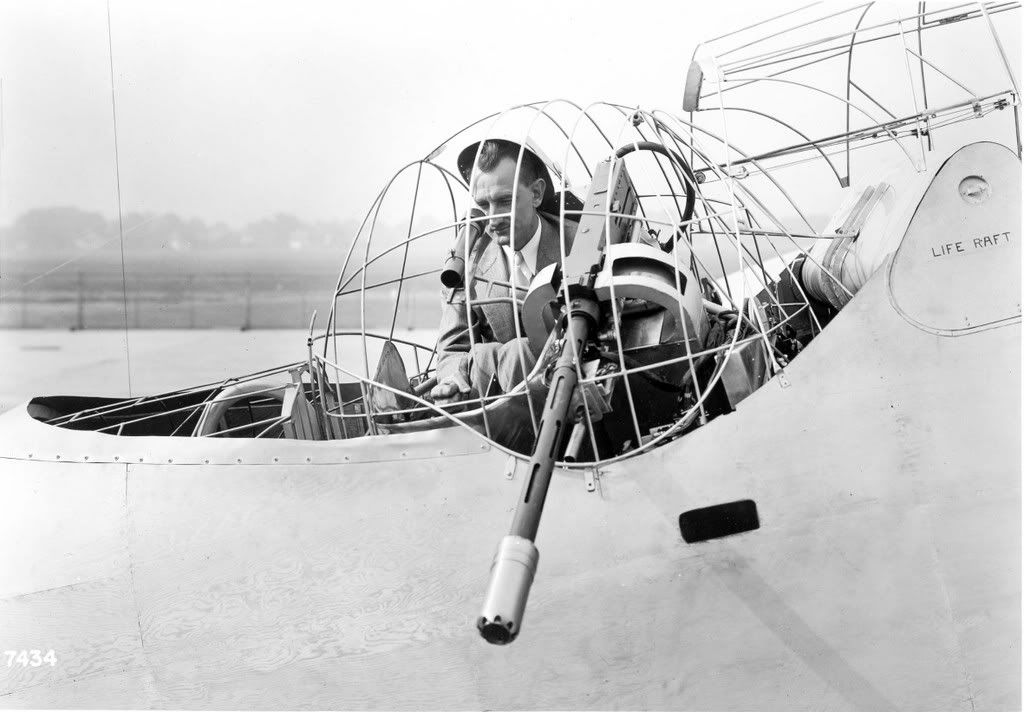
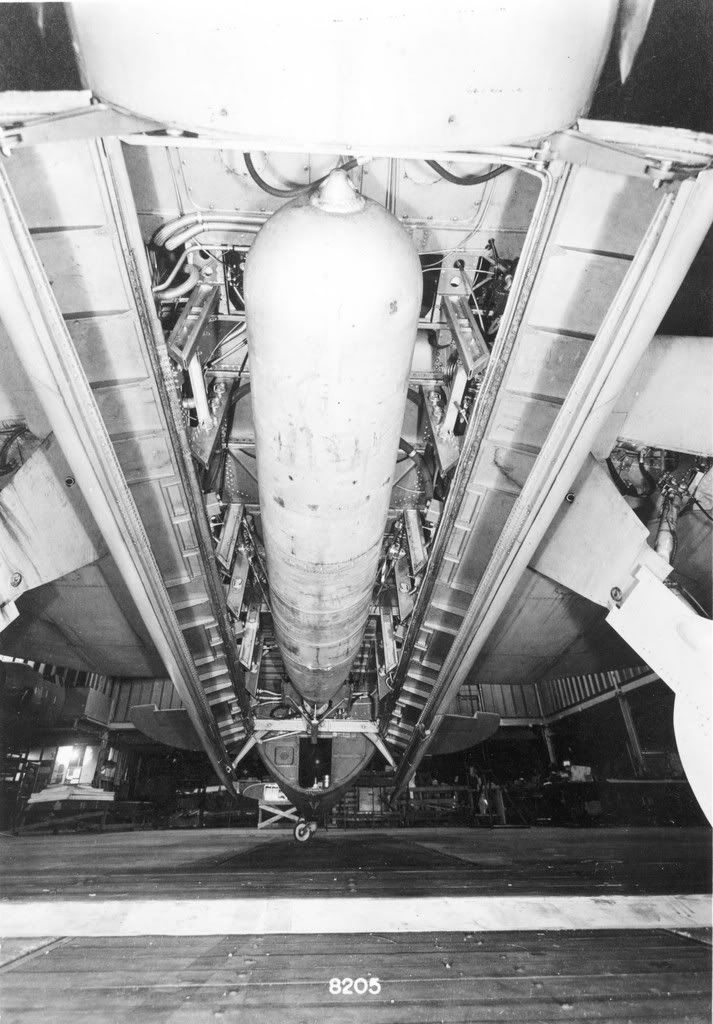
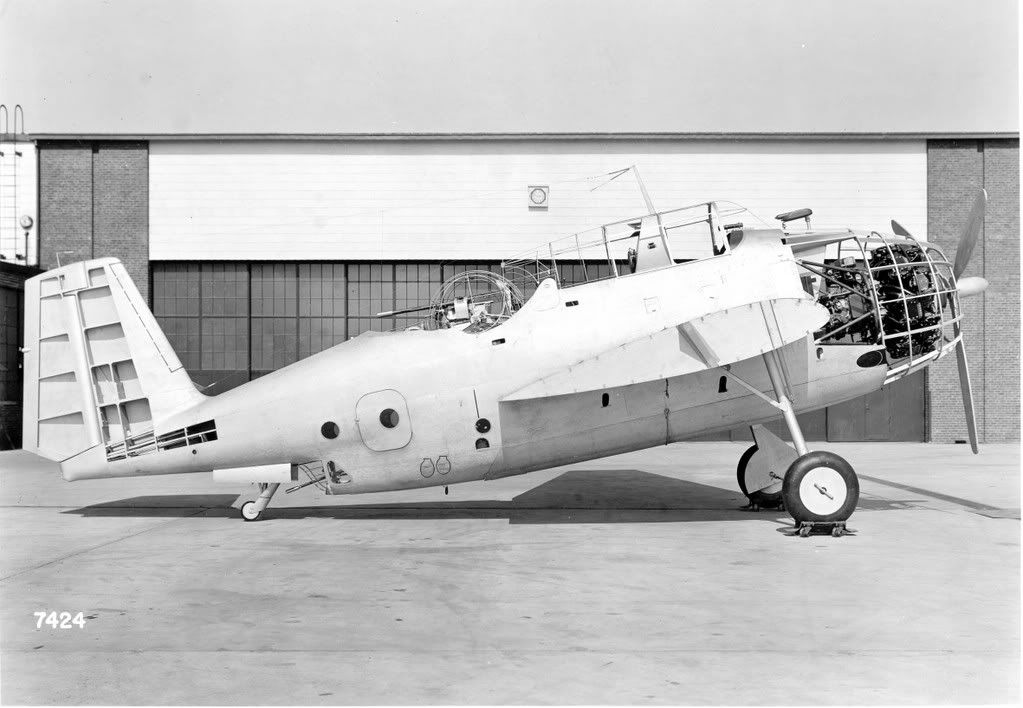
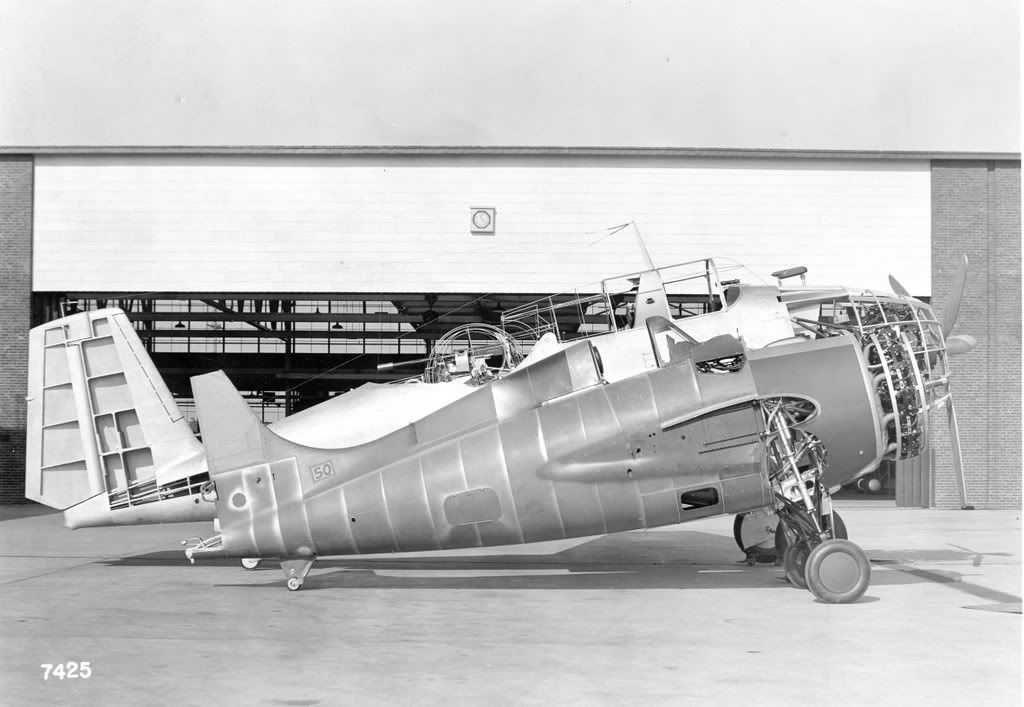
Below XBTF with fillet.
Below early markings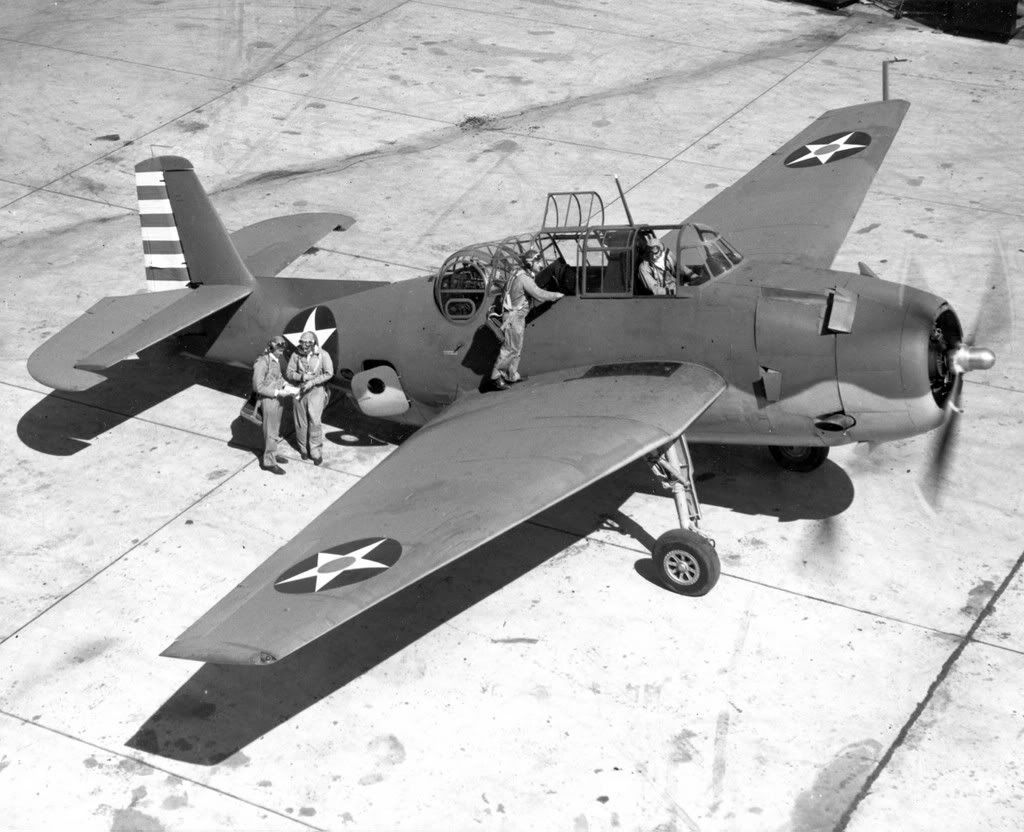
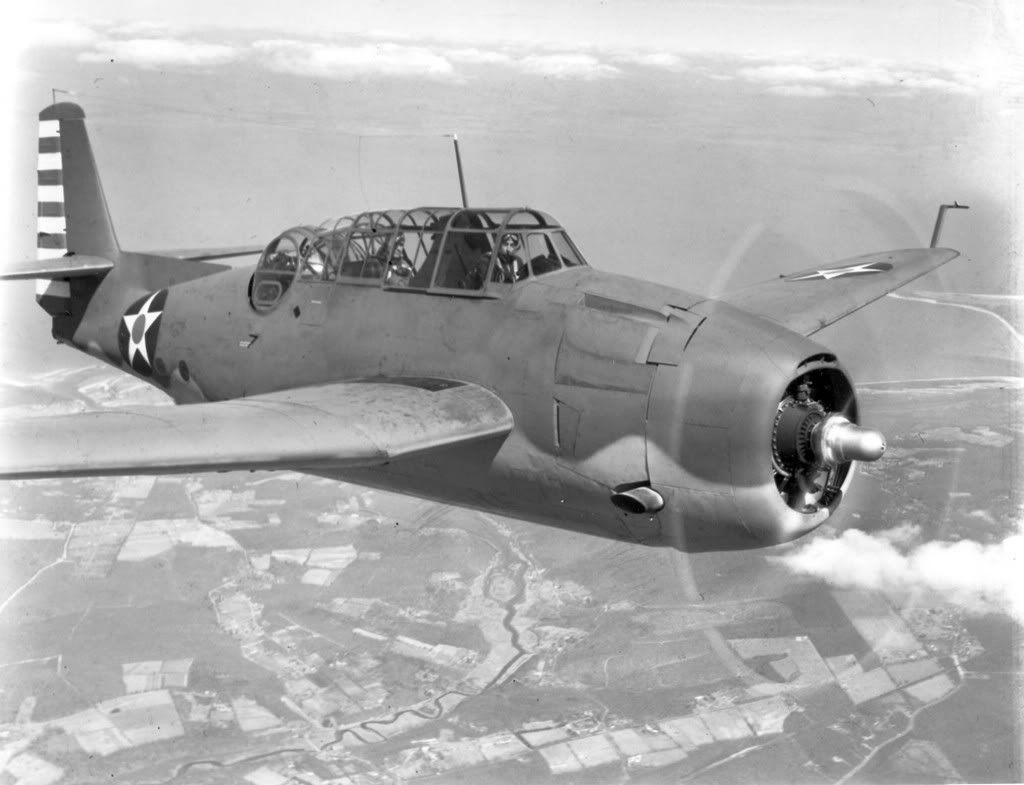
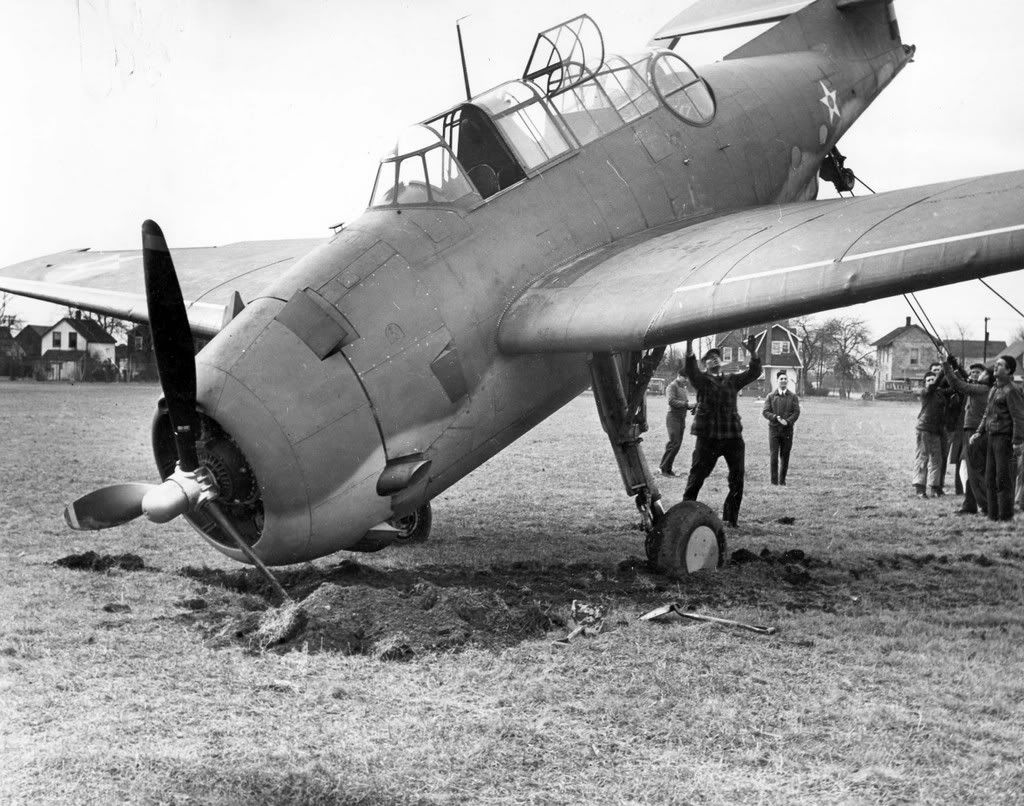

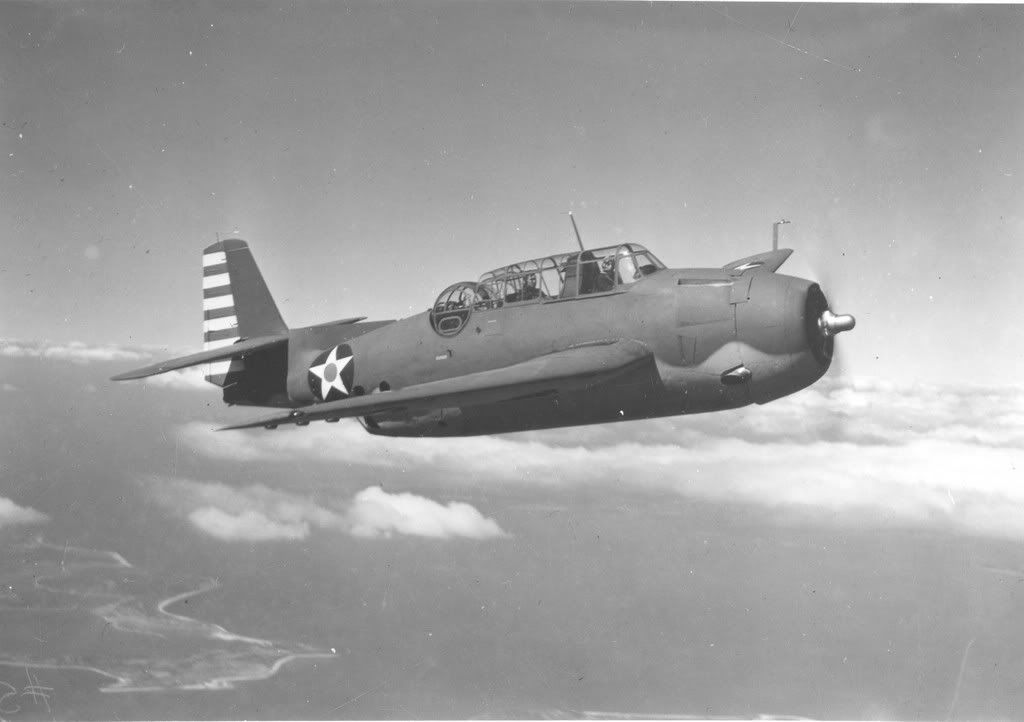
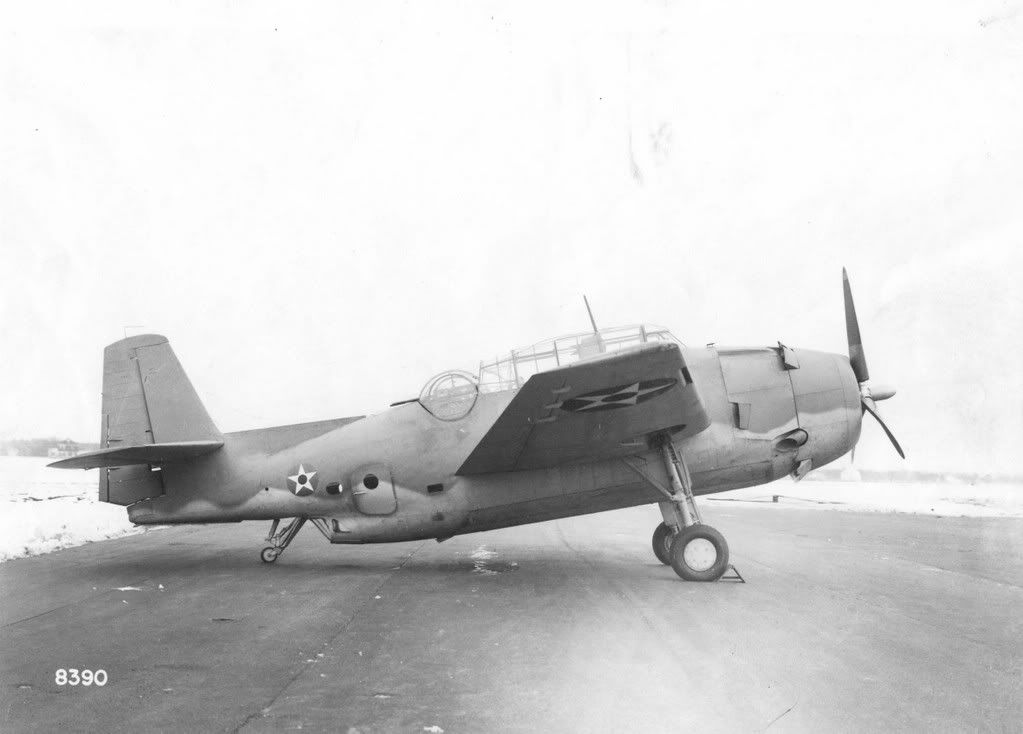
2] AVENGER INTO COMBAT / TBF-1B (TARPON I) / EASTERN TBM-1
* The Avenger saw its initial combat, if with little distinction, during the Battle of Midway in June 1942, with six attempting to perform torpedo attacks on the Japanese fleet. Lacking air cover, five of the Avengers were shot down and only one making it back to base in badly shot-up condition. That was not getting off to a good start, but Navy aircrew were not very experienced with flying the type or using it properly in combat operations. They had to get up to speed fast, since within two months the Avenger had completely replaced the Devastator in first-line Navy service.
The Avenger drew first blood during the Battle of the Eastern Solomons on 24 August 1942, when a TBF-1 put a torpedo into the Japanese carrier RYUJO, which had to be scuttled after suffering further hits from Douglas SBD Dauntless dive bombers. Avengers and Dauntlesses made an effective team, and scored further successes in the battle for the Solomons through the remainder of the year. Avengers also saw combat for the first time in the European theater in November 1942, when they performed attacks on Vichy French naval vessels during Operation TORCH, the Anglo-American invasion of North Africa.
* Late production TBF-1s had longwave ASB radar, with a Yagi-style row antenna under each wing, to give them a foul-weather attack capability. The radio operator handled the radar; ASB was a primitive set, but it was adequate to find a ship-sized target at moderate ranges. Late production TBF-1s also had a few minor changes, such as rearrangement of rear-fuselage compartment windows.
One TBF-1 was modified to a single-seat configuration in hopes of using the design as the basis for a heavy fighter, the "FTBF-1". The idea was that the reduced weight would improve performance, but the weight reduction was small and the performance gain unimpressive; the project was abandoned, though after the war a second Avenger was, for whatever reason, modified to a cleaner single-seat configuration. Another TBF-1 was modified with a two-gun Martin turret, but it didn't work out, since with two guns there were more interruptions when the tailfin came into the line of fire. A TBF-1 was also fitted up with a set of lights around the cowling and the wing leading edges; the idea of the exercise, named Project YEHUDI after a popular stage magician, was to reduce the contrast of the aircraft during daylight flight so it couldn't be seen by a target except at close range. It worked as desired, with the detection range cut to a tenth of normal, but for whatever reasons the system wasn't approved for service.
* The British Royal Navy Fleet Air Arm (FAA), in need of a more modern torpedo bomber to replace the stalwart but antiquated Fairy Swordfish biplane torpedo bomber and its lackluster successors, the Fairey Albacore and Barracuda, requested Avengers and obtained a total of 402 "TBF-1Bs", which the FAA designated "Tarpon I". They were very similar to the TBF-1 but were refitted after delivery in the UK by Blackburn with British kit, including radios, gunsight, and oxygen system. Other changes included:
The belly stinger gun was replaced with a camera.
Rocket-assisted take-off gear (RATOG) fittings were added.
The navigator's seat was moved to right behind the pilot's.
A new radio mast was fitted that folded down to provide clearance in the hangar decks of British carriers, which had less headspace.
A dome-type window was fitted on each side of the radioman's position to provide better field of view.
The first British squadron to form up with the Avenger was FAA Number 832 Squadron, which trained at the US Naval Air Station (NAS) at Norfolk, Virginia. Group pictures survive of the British at Norfolk wearing a mix of FAA and US Navy gear. Number 832 Squadron deployed to the Solomons in the summer of 1943, performing airstrikes off the carriers HMS VICTORIOUS and USS SARATOGA -- the American carrier being ironically named after one of the major defeats handed out to the British during the American Revolution.
The demand for Avengers was so high that General Motors (GM) was enlisted to build the TBF-1 as a second source. Civilian auto production had been curtailed after Pearl Harbor, and so five East Coast GM plants that would have otherwise been idled were committed to aircraft manufacture under the name of the "Eastern Aircraft Division" of GM. Grumman provided assistance, supplying kits of subassemblies for initial production as well as a few "PK" machines, which were nonflying airframes designed to be easily disassembled and reassembled. Eastern was producing Wildcats and Avengers by late 1942, with Eastern Avengers designated "TBM-1". Ultimately, three out of four of all Avengers produced were built by Eastern.
[3] TBF-1C & TBM-1C (TARPON II) / ANTISUB AVENGERS / TBF-1D
* Aircrews flying the Avenger soon found out that the forward-firing armament of one 7.62 millimeter Browning was entirely inadequate, lacking in range, hitting power, and volume of fire. Some Navy crews lashed up a 12.7 millimeter Browning on top of each wingroot as a fix; the factory came up with a better solution, mounting a single 12.7 millimeter Browning with 600 rounds in each wing, just outside of the propeller arc, resulting in the "TBF-1C". The machine gun in the cowling was eliminated and the gun trough faired over; the radio antenna mast was also moved back on the canopy a bit and set straight upright, instead of being slightly angled as it was in the TBF-1, and provision was added for a drop tank under each wing.
The TBF-1C entered production in the summer of 1943, with Eastern building it as the "TBM-1C". The enhanced armament proved particularly useful in suppressing defensive fire on naval targets. The TBF-1C was the last version of the Avenger actually manufactured by Grumman, with 764 built; in late 1943, Eastern took up all Avenger production so Grumman could focus on the F6F Hellcat. Sources also mention various minor subvariants of the TBF-1/1C Avenger, such as:
"TBF-1P" and "TBF-1CP reconnaissance versions of the TBF-1 and TBF-1C respectively.
The "TBF-1E", which was a special electronics platform, possibly for electronics warfare.
The "TBF-1J", fitted for arctic operations.
The "TBF-1L", with a searchlight in the bombbay.
There were comparable subvariants of the TBM-1/1C as well -- "TBM-1P", "TBM-1CP", "TBM-1E", "TBM-1J", and "TBM-1L". Details and quantities of these machines are hard to find. 334 TBM-1Cs were provided to the Royal Navy FAA as the "Tarpon II"; some sources identify the Tarpon II as the TBM-1, but this appears to be an error. A total of 48 TBF-1/1Cs was also provided to the Royal New Zealand Air Force in 1943, with these aircraft seeing considerable action against the Japanese. No other combatants used the Avenger during World War II.
* Although the heavier gun armament of the TBF-1C was welcome, Avenger crews remained frustrated by the fact that the standard Mark 13 air-dropped torpedo was finicky, requiring a careful drop at low speed and altitude, and even then it often malfunctioned. The whole story of the US Navy and torpedoes during World War II is a sorry one: overall, torpedoes were among the most notoriously troublesome gear supplied to the US Navy during the war, and it took a lot of painful effort just to get them up to the level of mediocre.
The Mark 13 did end up receiving a number of improvements, initially a stopgap fix involving a plywood box built around the tailfins that improved stability during drop and broke away on hitting the water. The ultimate solution was a ring tail developed by the California Institute of Technology (Caltech) that was welded onto the pre-existing tailfins. The resulting Mark 13-1A torpedo was much more satisfactory, able to be dropped from reasonable altitudes at high speeds. However, while work on the fix progressed, Avenger crews became more proficient at glide and skip bombing, with an Avenger diving in at a moderate angle and then dropping a string of four 225 kilogram (500 pound) bombs that skipped into the hull of the target, detonating with a delayed-action fuze. In the end the Avenger, built primarily as a torpedo bomber, would drop far more bombs than torpedoes.
* In the meantime, the Avenger was proving useful in fighting the U-boat menace in the Atlantic. The balance of power between German submarines and Allied sub-hunters had been shifting back and forth through the war; in early 1943, it seemed like the U-boats were getting the upper hand again. However, the Allies were introducing improved tactics as well, such as codebreaking, radio direction finding networks, improved radars, and long-range shore-based patrol aircraft. One particular enhancement was the introduction of small escort or "jeep" carriers, designated "CVEs", that provided air support, generally with Wildcats and Avengers, to convoys or free-ranging "hunter-killer" groups.
For antisubmarine warfare, many Avengers were refitted with microwave ASD radar in a pod mounted on the right wing. The ASD was a big improvement over the longwave ASB, providing greater discrimination, though at least in some cases the ASB was retained since it worked better for long-range search; the ASB's Yagi antennas were relocated to the top of the wing. Avengers refitted with the ASD were redesignated "TBF-1D" and "TBM-1D". The radome affected low-speed handling a bit, but it wasn't regarded as seriously troublesome. One Avenger was experimentally fitted with the radome on top of the cockpit, presumably to eliminate the drag asymmetry, but the configuration wasn't adopted, possibly because it wasn't very healthy for the pilot.
In some cases, ASD-equipped Avengers were stripped down, fitted with flame dampers on the exhausts and additional fuel tanks, and sent aloft at night to try to spot U-boats lurking on the surface in the darkness. These "Night Owl" Avengers were not armed and had to call in attack elements to perform a kill, providing illumination using parachute flares.
Antisub Avengers were usually armed with 160 kilogram (350 pound) depth charges, set to go off at shallow depth, ensuring that even a miss on a U-boat cruising on the surface was likely to be fatal. The FAA also introduced the use of unguided rockets, fitting four launch rails for British 8.9 centimeter (3.5 inch) rockets under each wing. The rockets could be fitted with bulbous explosive heads or solid penetrating heads; the penetrating heads were more appropriate for attacks on U-boats and other naval targets.
A number of US Navy Avengers were also fitted for carriage of the rockets, but by early 1944 Avengers were carrying the more formidable 12.7 centimeter (5 inch) "high velocity air rocket (HVAR)" or "Holy Moses", developed by Caltech. Eight HVARs were carried, using new twin-stub launchers that were much more aerodynamically clean than the cluttered launch rails used for the British rockets. The rockets gave an Avenger one hell of a punch, and were also heavily used for ground attack. Late in the war, Avengers obtained the Mark 24 acoustic homing torpedo, which would home in on the sound of a submarine's propeller.
In midwar, US Navy Avenger colors changed to dark blue on top, medium blue on the sides, and white underneath for Pacific-based aircraft; while Atlantic-based aircraft had medium blue on top and medium gull gray along the sides and on the belly. From October 1944, all US Navy Avengers were painted overall dark blue.
[4] TBF-3 / TBF-3E
* Wright had been working on improved versions of the Twin Cyclone engine, and so in early 1943 Grumman began work on refitting two Avengers retained by the company for test and trials with new engine variants. The resulting "XTBF-2" featured a Wright XR-2600-10, while the "XTBF-3" was fitted with a Wright XR-2600-20. Both provided 1,420 kW (1,900 HP), but the XR-2600-10 featured a two-stage supercharger for high-altitude operation. Since Avengers rarely needed to operate at high altitude, two-stage supercharging was judged more bother than it was worth, and nothing came of the XTBF-2. However, additional power was very welcome and so the XTBF-3 was accepted for production, with two more prototypes built as new. Since Grumman was heavily committed to production of the F6F Hellcat fighter, Eastern was designated the sole source for the new variant, building it as the "TBM-3".
The production TBM-3 featured a distinctively redesigned cowling, with four exhaust flaps on each side for additional cooling where there had been one flap on each side before. A new intake was fitted in the bottom lip of the cowling, for the oil cooler. Stub launchers for HVARs were standard, and the cockpit lighting scheme was modified for night operation.
While Eastern was churning out TBM-3s, the company was also working on stripping down the weight of the Avenger while providing some simplifications and airframe strengthening. Eastern engineers managed to trim about 900 kilograms (a ton) off the aircraft's empty weight, with the lightweight variant going into production in late 1944 as the "TBM-3E". The belly stinger gun position, never having been very useful, was faired over, while the arresting hook was changed to a hinged, non-retractable configuration. Some sources claim that many TBM-3/3Es had their ball turret removed, but it's hard to find much to back up this statement, and it may be a confusion with the deletion of the stinger position. A total of 4,657 TBM-3/3Es was built -- it's hard to find any breakdown in quantities between the two variants.
By 1944, the Avenger had reached its full stride in the Pacific War, being used by the Marines as a close-support aircraft, performing daylight antishipping attacks, and pioneering night attack procedures. Some radar-equipped Avengers even scored a few aerial "kills". The list of major naval actions against the Imperial Japanese Navy in which the Avenger was a major participant would be too long to include here; one particularly noteworthy action was the Battle of Leyte Gulf on 25 October 1944, when a powerful Japanese fleet ambushed the force landing on Leyte in the Philippines. The main protective fleet had been drawn away by Japanese diversions, and all that was left to protect the landing force was a group of destroyers and jeep carriers codenamed TAFFY 3; but TAFFY 3 put up such a fight, with destroyers launching aggressive torpedo attacks and Avengers hitting the Japanese warships with everything they had, that the Japanese failed to press their advantage and finally, facing the arrival of US Navy reinforcements, had to withdraw.
* A total of 222 TBM-3/3Es was provided to the Royal Navy FAA as the "Avenger III"; the name "Tarpon" was abandoned in early 1944 when the British decided to adopt common aircraft names with the Americans, it seems to avoid confusion as the Royal Navy conducted more operations in the Pacific alongside the US Navy. The Avenger was the FAA's primary strike aircraft for Pacific operations.
Sources mention a number of modifications and subvariants of the TMB-3/3E, such as:
The "TBM-3P" photo-reconnaissance machines,
The "TBM-3L", with a searchlight in the bombbay.
The "TBM-3H", with a specialized radar fit.
The "TBM-3J", with modifications for arctic operation,
The "TBM-3N", a specialized night-attack version.
The "TBM-3M", a trials machine used as a missile launch platform.
Details of these subvariants are unclear, but it is well-established that a number of TBM-3/3Es were used as sleeve target tugs designated "TBM-3U", with all combat gear removed and an extended canopy in place of the rear turret. They were painted with bright yellow wings and tail to discourage over-eager fighter pilots or anti-aircraft gun crews from engaging the tug by mistake.
* The Avenger was in widespread use in the final phases of the war. Four Royal Navy carriers -- with the ringing names of HMS ILLUSTRIOUS, INDEFATIGABLE, INDOMITABLE, and VICTORIOUS -- conducted intensive operations in the Pacific from early 1944, cooperating with US Navy vessels as Task Force 57. Avengers from the task force performed devastating strikes against oil refineries on Japanese-occupied Sumatra in late January 1944, and later participated in the Okinawa campaign. The Royal Navy Pacific carrier force was restructured as Task Force 37 very late in the war and conducted attacks on the Japanese home islands, with the first FAA Avenger strikes on Japan performed on 24 July 1945, only weeks before the Japanese surrender. Following the end of the conflict, the FAA quickly phased out its Avenger squadrons.
The TBM-3E was the last production variant of the Avenger; production was finally shut down after the surrender of Japan in August 1945. Eastern had built three prototypes of the "XTBM-4", with a number of improvements and manufacturing changes, but with the end of the conflict, TBM-4 production contracts were canceled. Eastern had delivered 7,546 Avengers to that time. Total production of the Avenger was 9,839 aircraft.
[5] TBM-3W / TBM-3S / TBM-3R
* Research on radar systems ran at an accelerated pace during the war, with one concept floated to mount a search radar on an aircraft, effectively providing a tall "tower" that would give the radar a very wide field of view. In the spring of 1944, the US Navy approved a program named CADILLAC, which involved mounting an AN/APS-20 search radar on an Avenger. The program CADILLAC, incidentally, had nothing to do with the luxury auto, instead referring to Cadillac Mountain in Maine, where the sun first hits America in the morning.
A prototype of the CADILLAC Avenger, modified from a TBM-3 and designated "TBM-3W", performed its initial flight on 5 August 1944. Trials proving satisfactory, a total of 40 conversions were approved, with the program obtaining increased urgency as the Japanese began to adopt "kamikaze" tactics, with suicide pilots flying bomb-laden aircraft into Allied ships. The TBM-3W would give advanced warning of the approach of kamikazes, allowing them to be intercepted.
All armament was removed from the TBM-3W, and the AN/APS-20 radar was stowed in a "pregnant" fairing under the belly, between the landing gear. The rear of the canopy was faired over, with two radar operators sitting in the rear compartment. Since the big radome affected yaw stability, a small auxiliary tailfin was fitted near the end of each side of the tailplane.
The TBM-3W was a very sophisticated system for the era, since it had to coordinate its radar observations with those of the task force it was supposed to protect, involving datalinks to shipboard command centers that contained an elaborate suite of electronic gear to provide properly adjusted displays of the Avenger's radar sweeps. The TBM-3W also carried identification friend or foe (IFF) gear to help sort out friendlies from hostiles, and at least in some cases carried radio relay gear -- as long as the task force had a high-altitude platform in service, it might as well be put to the most use.
The TBM-3W was the world's first "airborne early warning (AEW)" aircraft. A complementary CADILLAC II system was also built, featuring the AN/APS-20 radar and related gear fitted to land-based Boeing B-17 Flying Fortress bombers. Sources also mention a "TBM-3Q", which externally looked like a TBM-3W, with the belly radome, but which carried jamming gear instead of radar.
* The TBM-3W didn't enter service until May 1946, well after the end of the war, and it was quickly replaced in the AEW role by improved platforms. However, the Cold War soon began to ramp up, and a modified version of the TBM-3W, the "TBM-3W2", was put to work in the ASW role. The TBM-3W2 was externally identical to the TBM-3W but had radar optimized for sub-hunting, as well as other avionics updates. About 160 TBM-3W2 conversions were performed, with numbers of them provided to Canada, France, Japan, and the Netherlands.
The TBM-3W2 operated as the "hunter" element in "hunter-killer" teams partnered with another set of TBM-3 conversions, the "TBM-3S" and similar "TBM-3S2" "sub killers". The TBM-3S conversion involved removal of the turret, though the wing guns were retained, as were the zero-length launch stubs for HVARs. A searchlight was mounted under one wing, a radar was often mounted under the other, a datalink receiver was installed to obtain radar inputs from the TBM-3W2, and sonar buoy drop tubes were installed in the rear compartment. Depth charges and homing torpedoes could be carried in the bombbay.
Versions on the TBM-3S were also provided to Canada, France, Japan, and the Netherlands, as well as to the UK. There was quite a bit of variation in configuration of these aircraft. The British machines, designated "Avenger AS.4", had an "air to surface vessel (ASV)" radar in a "dustbin" fairing under the fuselage, while some Canadian machines, designated "Avenger AS.3M", had a magnetic anomaly detection (MAD) boom alongside the right rear fuselage, and a electronic support measures (ESM / radio emitter locator) antenna under the nose. One of the Canadian AS.3Ms was refitted as a target tug, with a bulged rear canopy and a sleeve target carried in the old MAD boom housing.
A few of the FAA Avenger AS.4s were handed over to Brazil late in the 1950s, with a number of standard torpedo-bomber Avengers passed on to Brazil from the USA as well. A set of ex-US Navy Avenger torpedo bombers was similarly provided to Uruguay.
* Another innovation pioneered by recycled Avengers was the "carrier onboard delivery (COD)" mission. It was nothing unusual for Avengers and other aircraft to fly small cargoes from shore onto carriers, but the Navy had never had an aircraft dedicated to the mission. During the Korean War, a number of TBM-3s and TBM-3Ws were converted to the "TBM-3R" configuration, with all combat gear removed, the rear of the canopy glassed-in or faired over, and seats for seven passengers installed in the rear compartment.
The bombbay was retained; stretchers could carried in it for casualty evacuation, while a "cargo basket" that could be winched into the bombbay was invented by a clever chief petty officer, allowing cargoes to be dropped off and new cargoes picked up immediately. The TBM-3Rs were particularly appreciated for their delivery of mail.
* The last US Navy Avengers were phased out from the mid-1950s, with formal phaseout in 1960. Most of the other users phased their Avengers out of service not long after. Some retired Avengers were converted to "water bombers" to fight forest fires or drop pesticides, and were still operating in such roles in the late 1990s, though it doesn't appear any of them are fighting fires now. A few Avengers are still flying on the airshow warbird circuit.
BACK_TO_TOP
[6] COMMENTS, SOURCES, & REVISION HISTORY
* The following table lists Avenger variants and production, ignoring the obscure subvariants and modifications:
variant built mod notes
_____________________________________________________________________
XTBF-1 2 Avenger prototypes.
TBF-1 1,123 Grumman initial production Avengers.
TBF-1B 402 Supplied to UK FAA as "Tarpon / Avenger I".
TBF-1C 764 12.7 mm Browning in each wing, etc.
XTBF-2 - 1 Avenger with two-stage supercharged engine.
XTBF-3 2 Reduced-weight Avenger with uprated engine.
_____________________________________________________________________
2,293 Total Grumman production.
_____________________________________________________________________
TBM-1 550 Eastern-built TBF-1s.
TBM-1C 2,332 Eastern-built TBF-1Cs.
TBM-3 4,657 Eastern-built production TBF-3s.
TBM-3E * Lightweight TBF-3s.
XTBM-4 3 Improved TBM-3E prototypes.
7,546 Total Eastern production.
_____________________________________________________________________
9,839 TOTAL AVENGER PRODUCTION.
_____________________________________________________________________
* TBM-3E production is included in TBM-3 production of 4,657.
The following table breaks down Avengers provided to the Royal Navy FAA, using the "Avenger" and not "Tarpon" designation:
variant obtained notes
________________________________________________
Avenger I 402 TBF-1B
Avenger II 334 TBF-1B
Avenger III 222 TBF-1B
________________________________________________
958 FAA TOTAL.
________________________________________________
Not counting 100 Avenger AS.4s supplied postwar.
Enjoy the rest.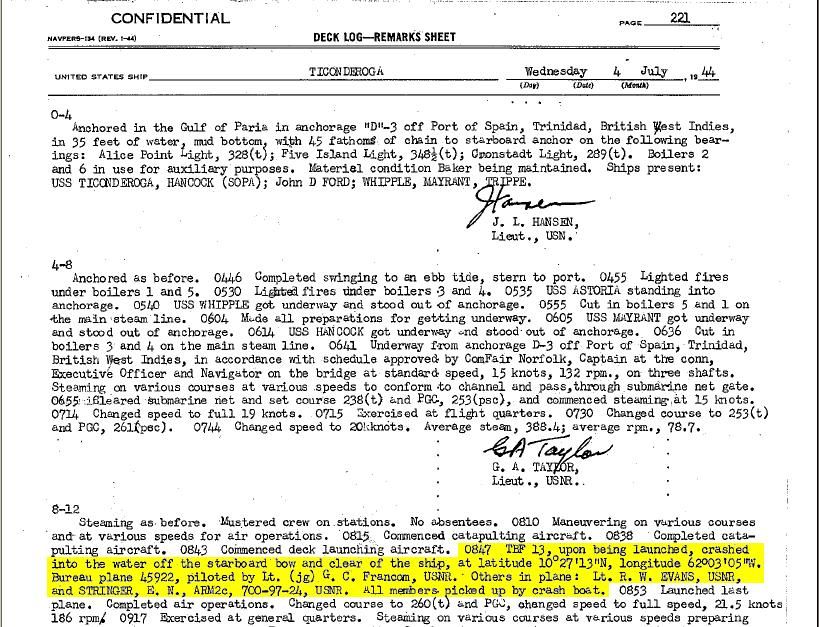
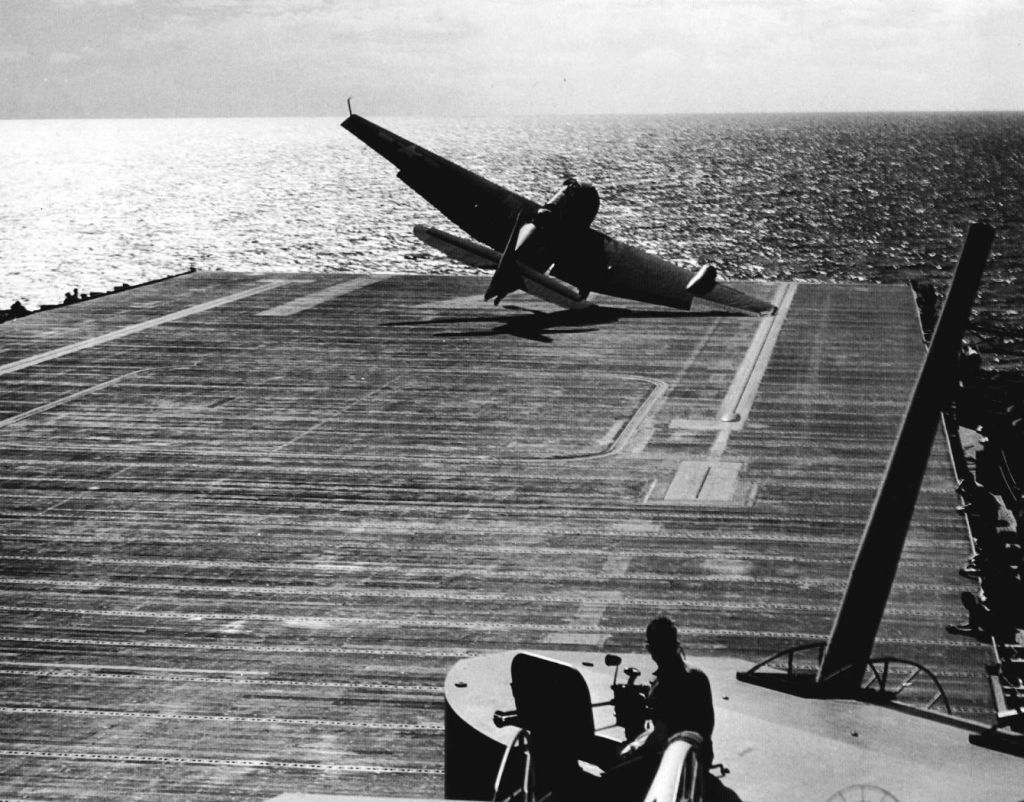

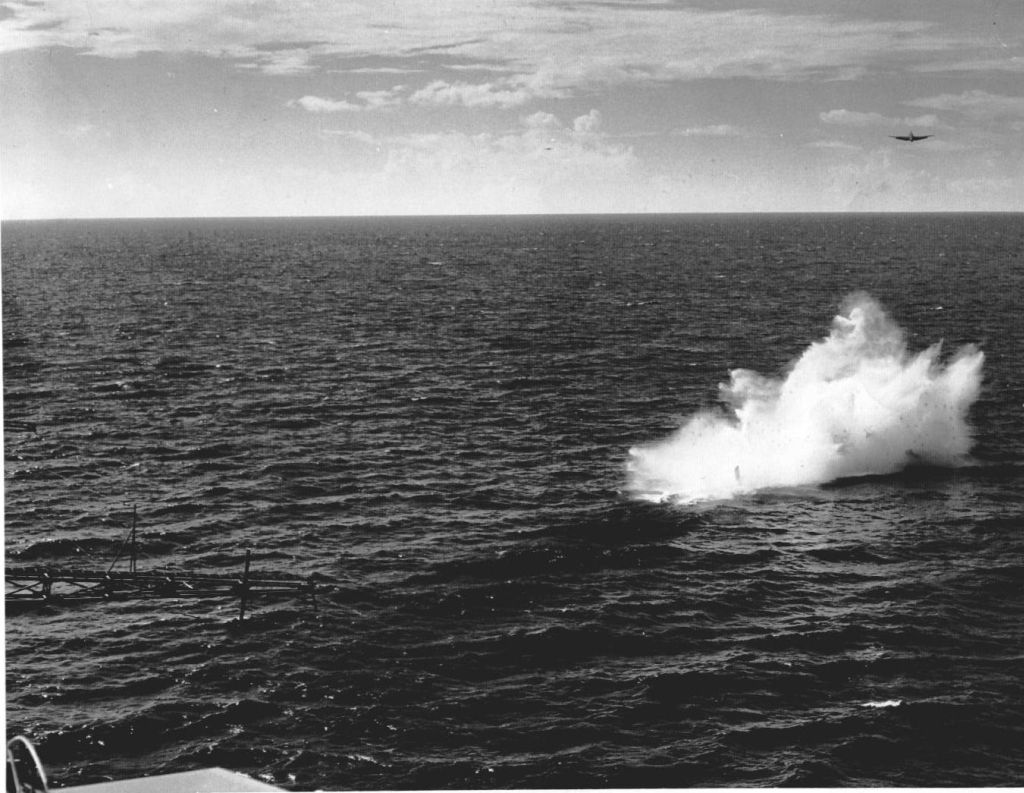
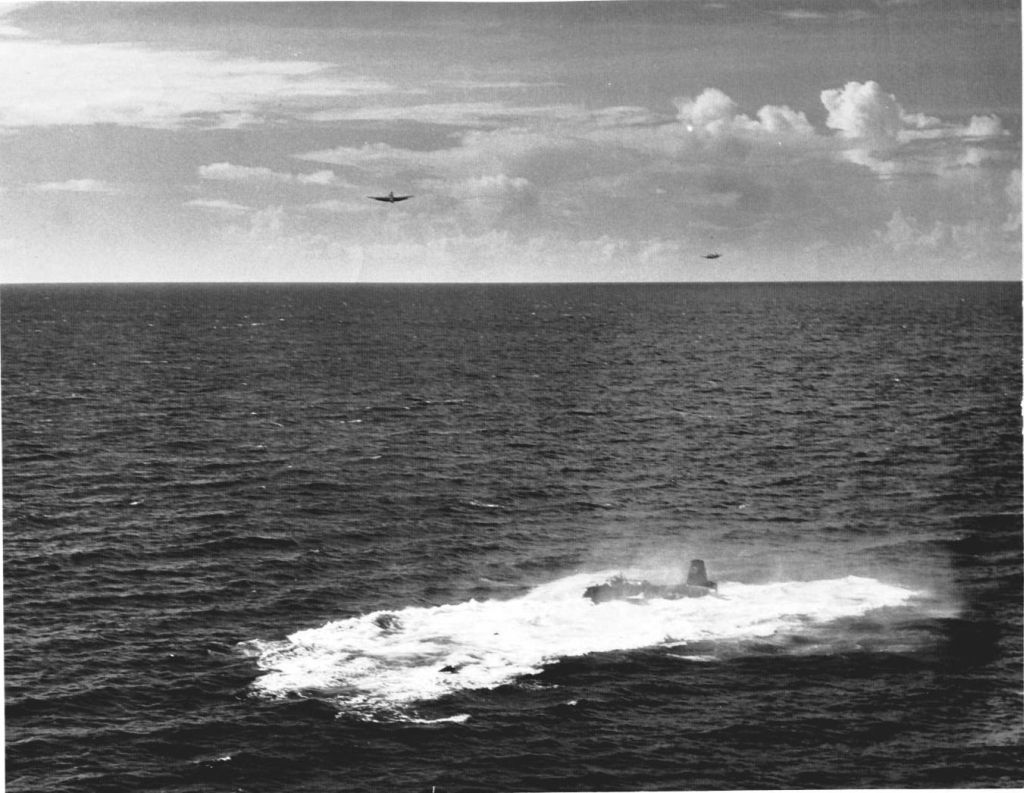
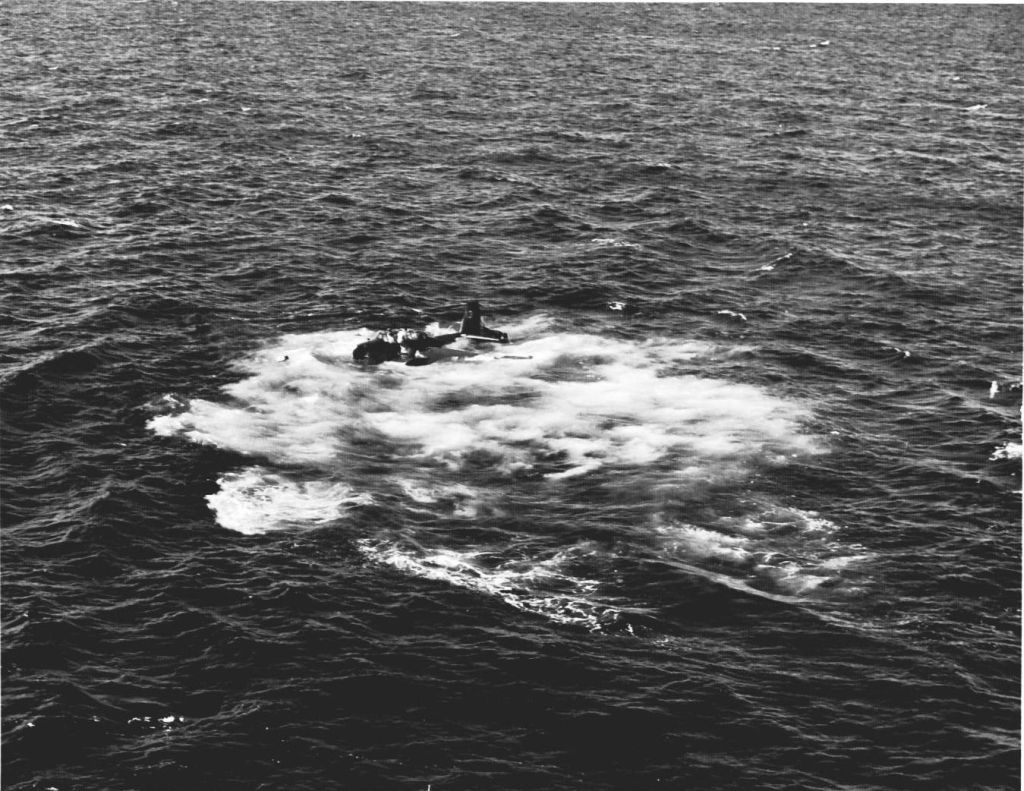
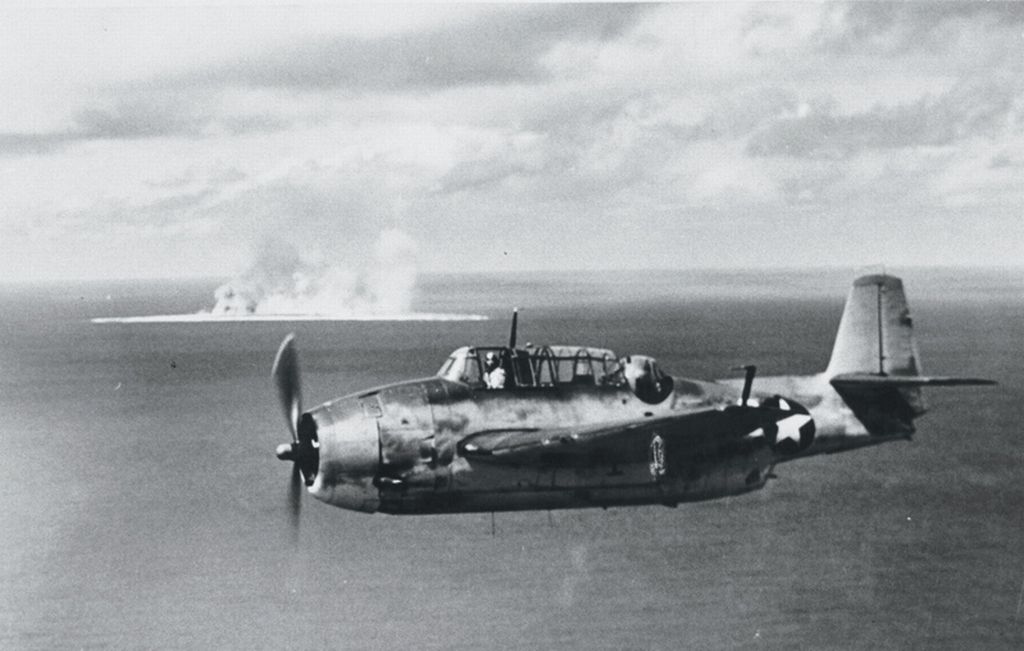
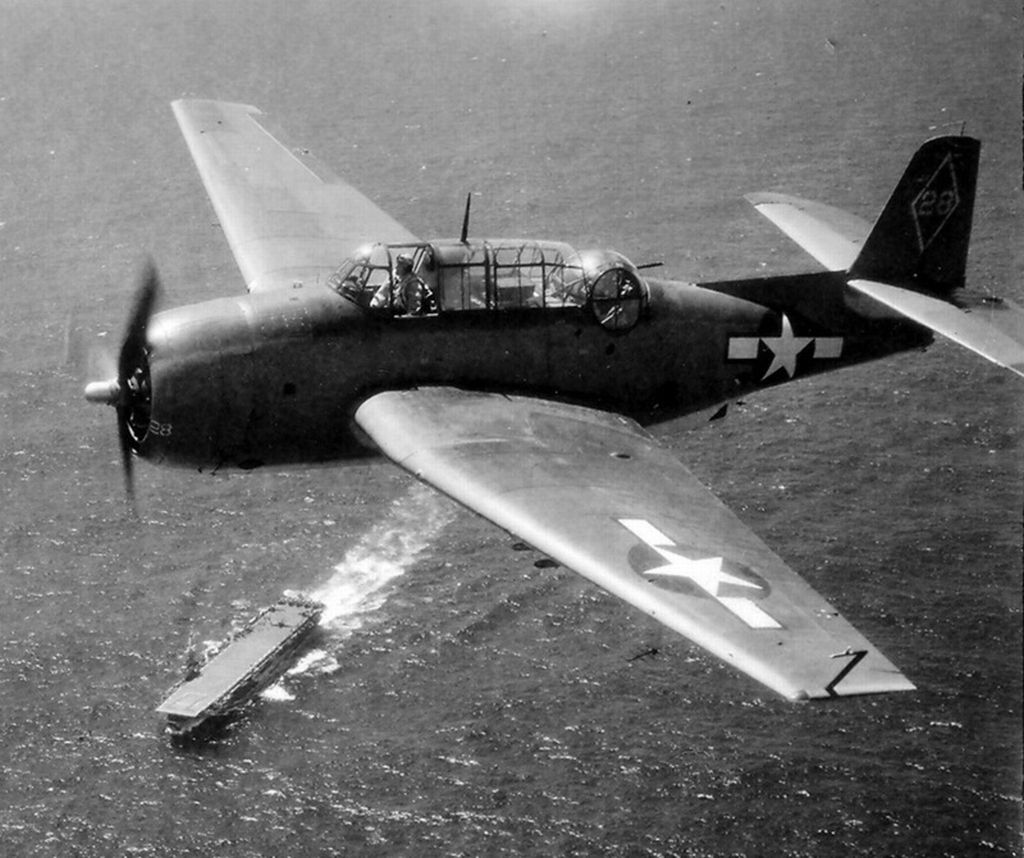


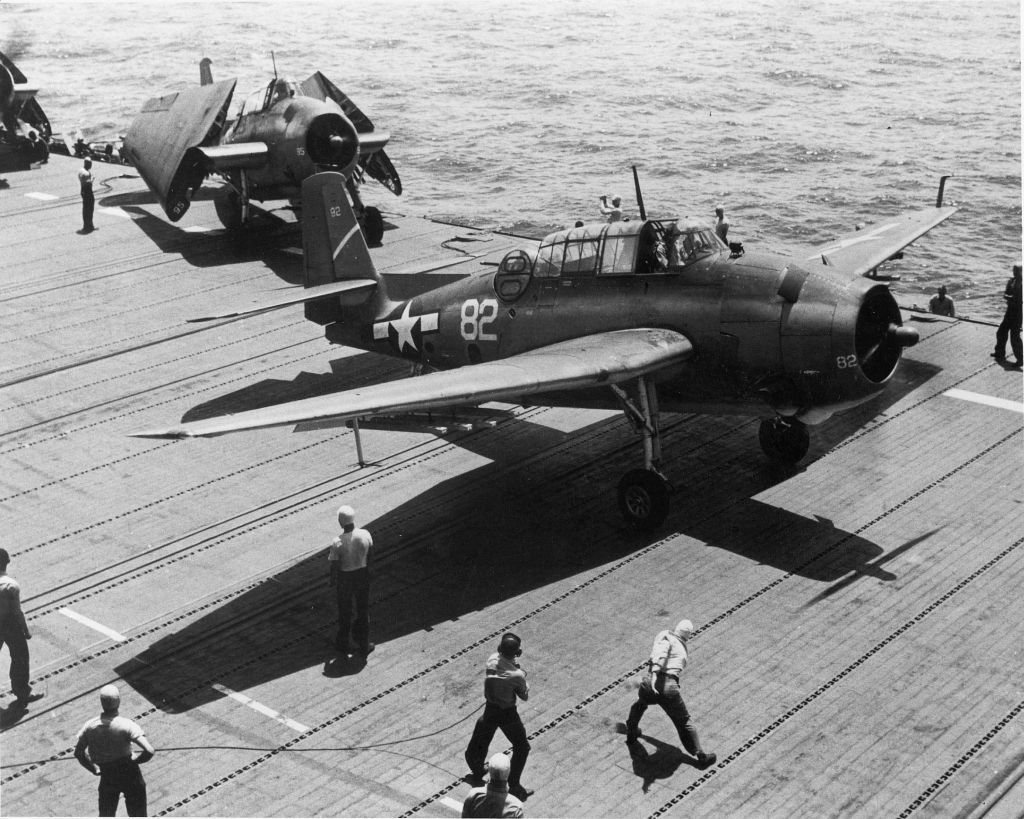
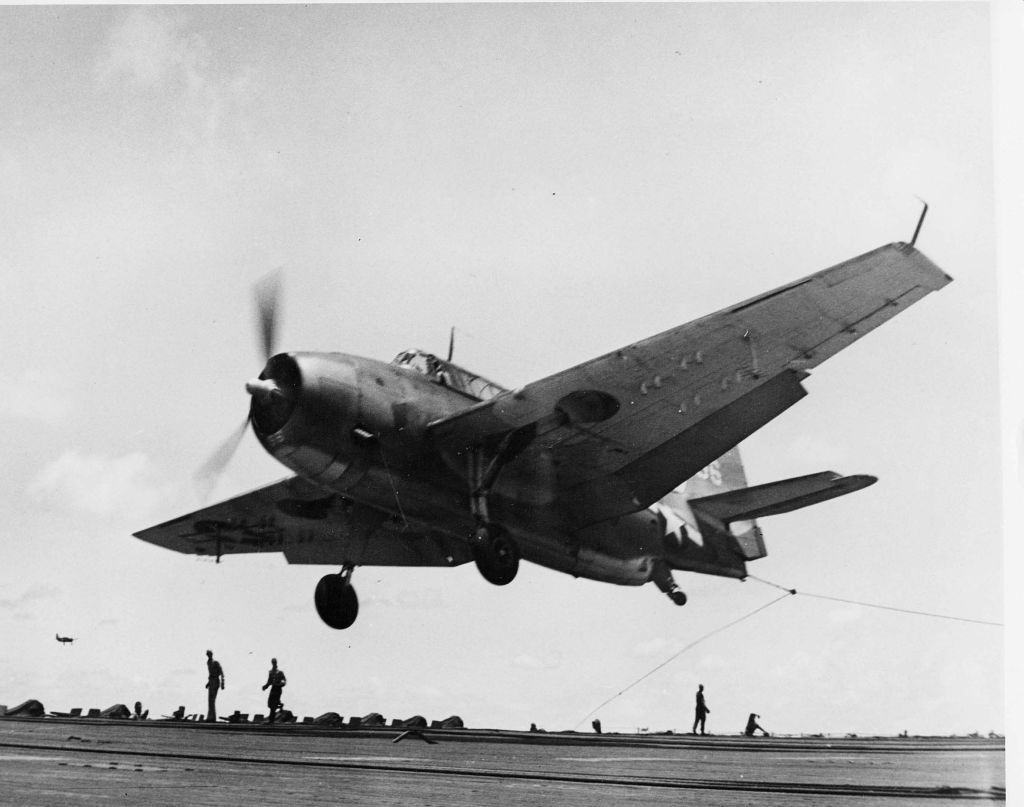
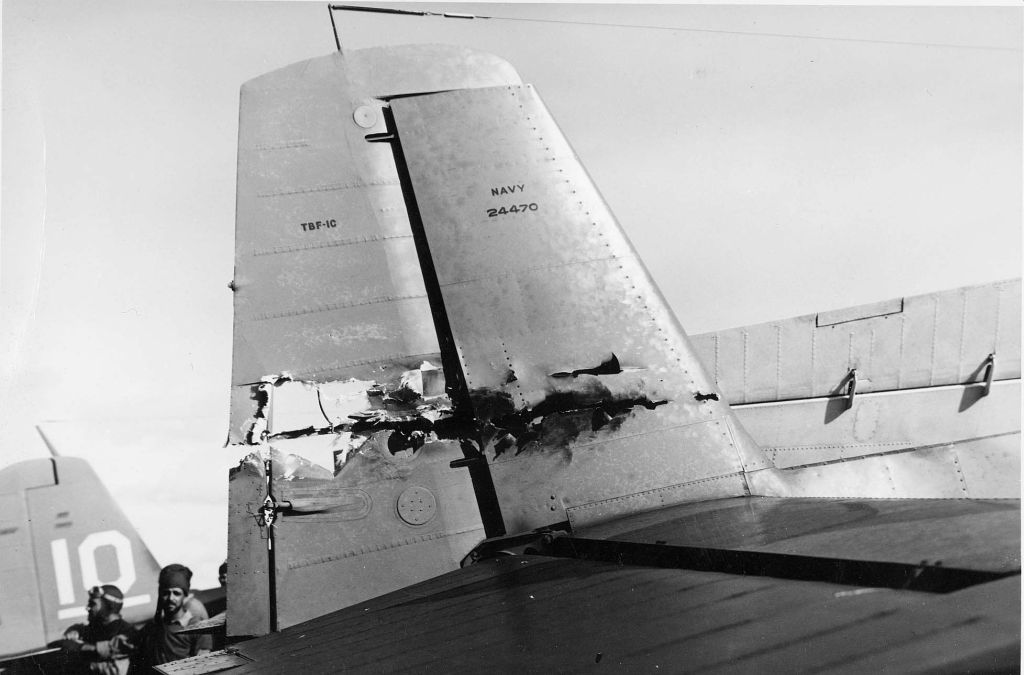

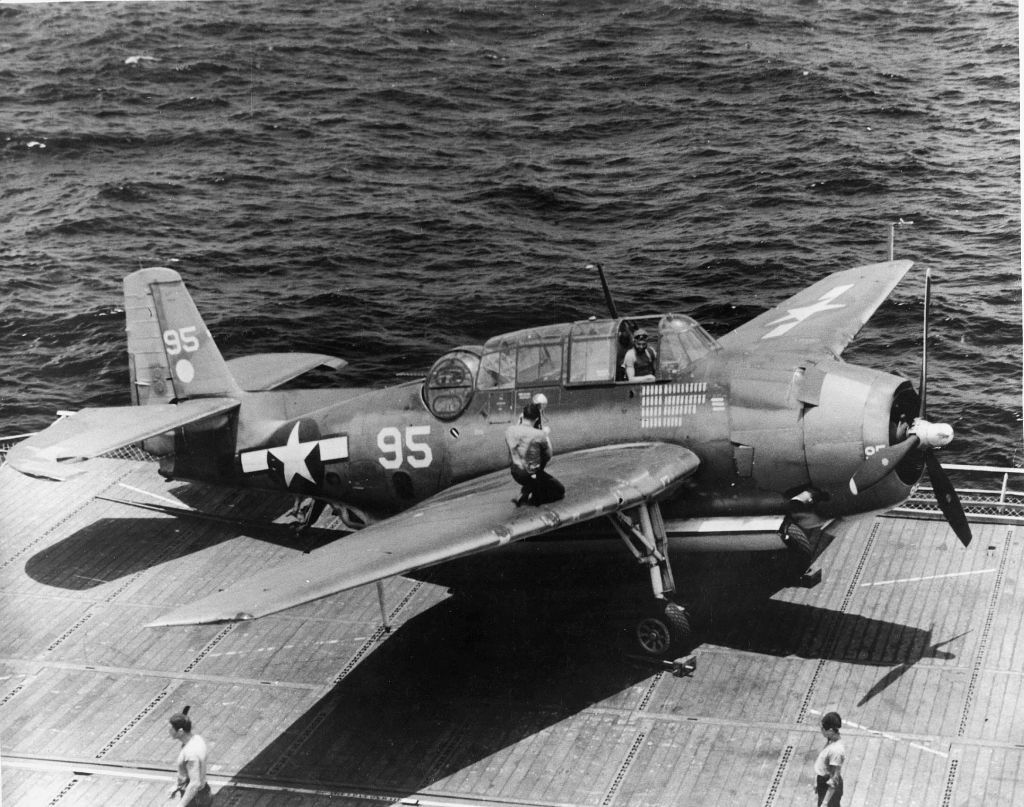
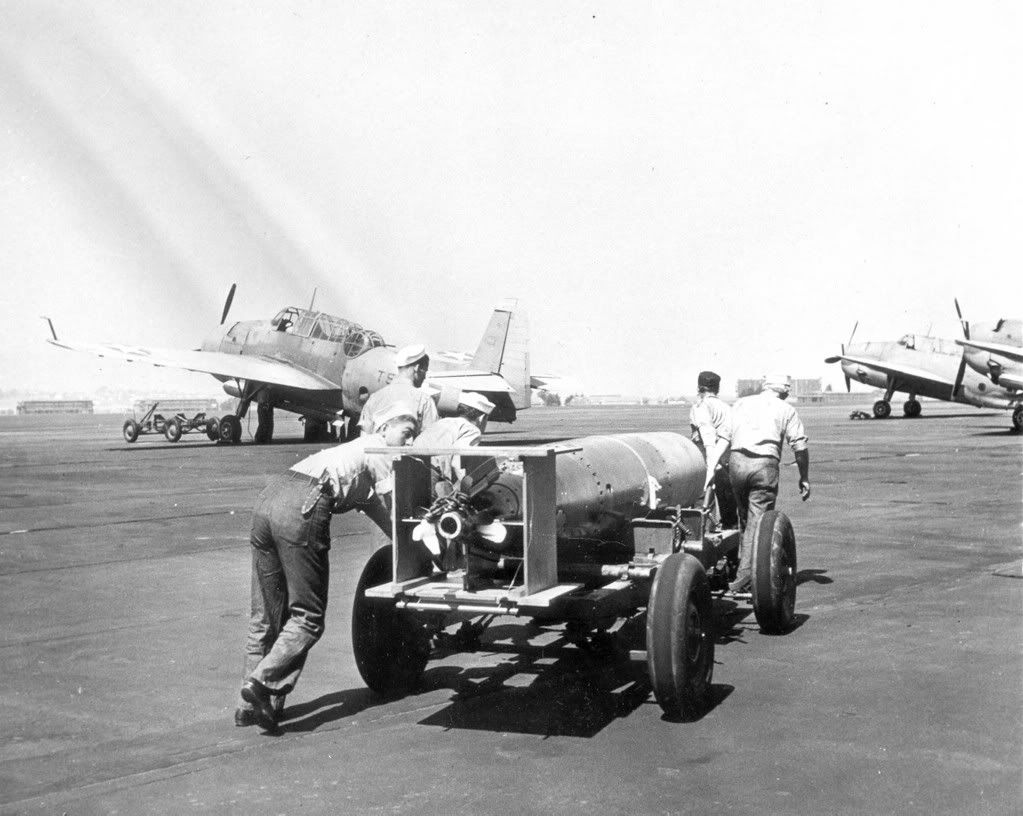
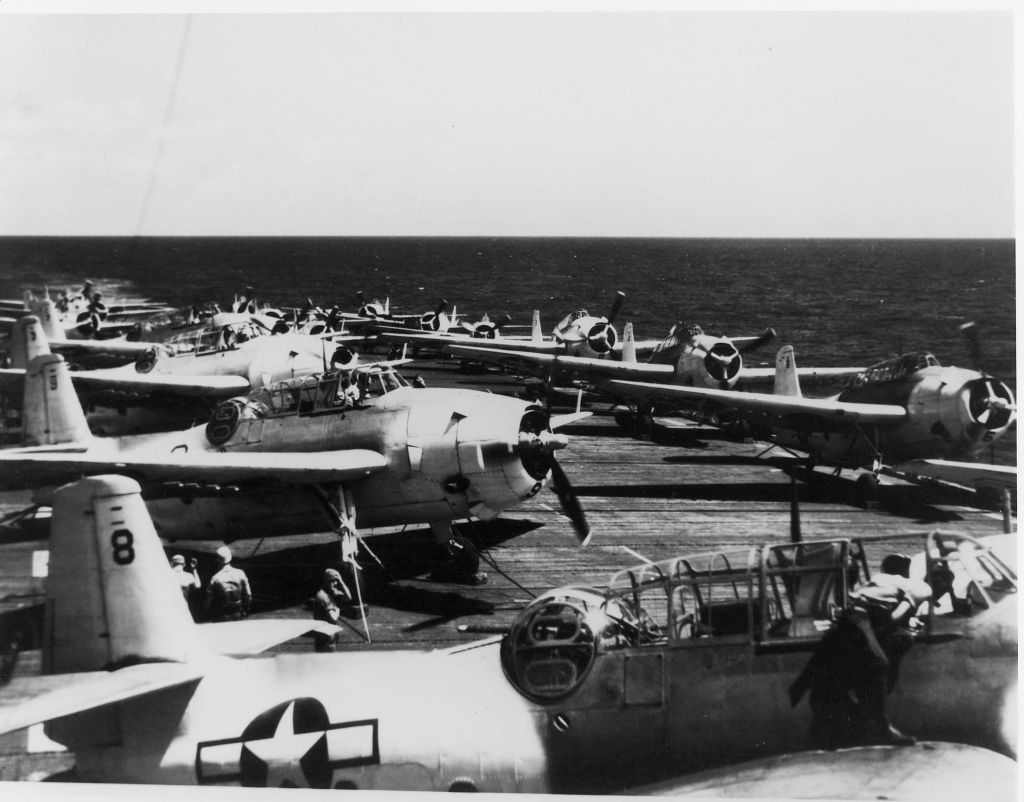
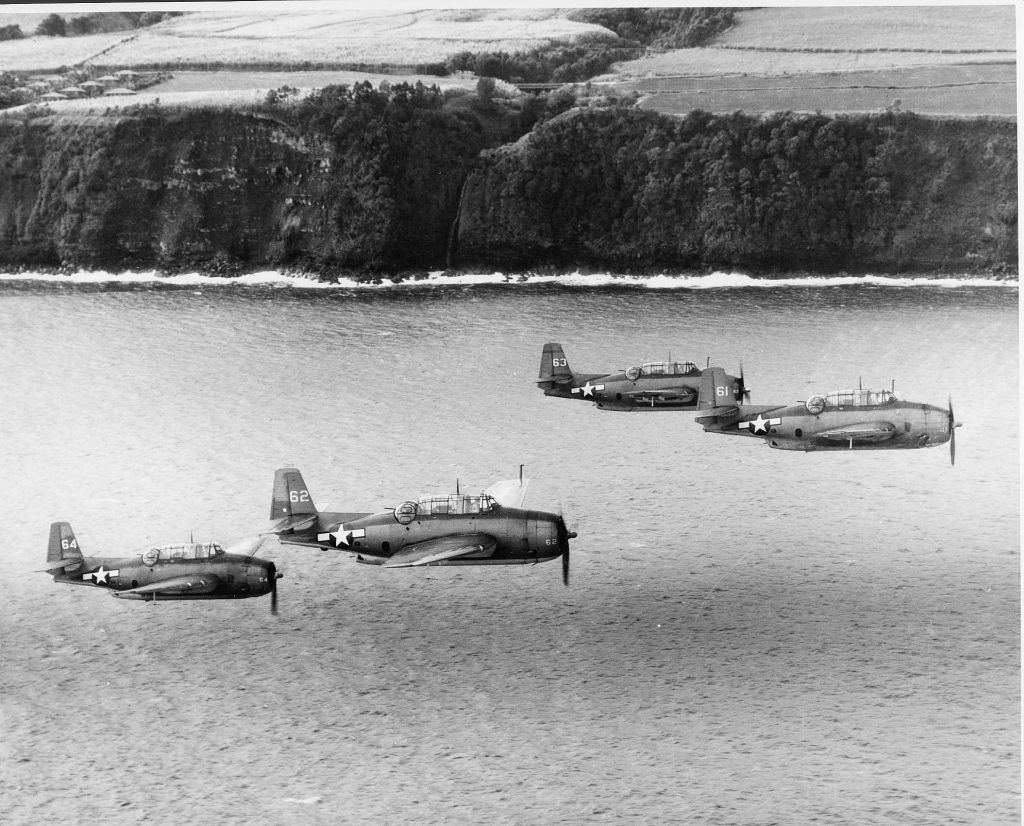
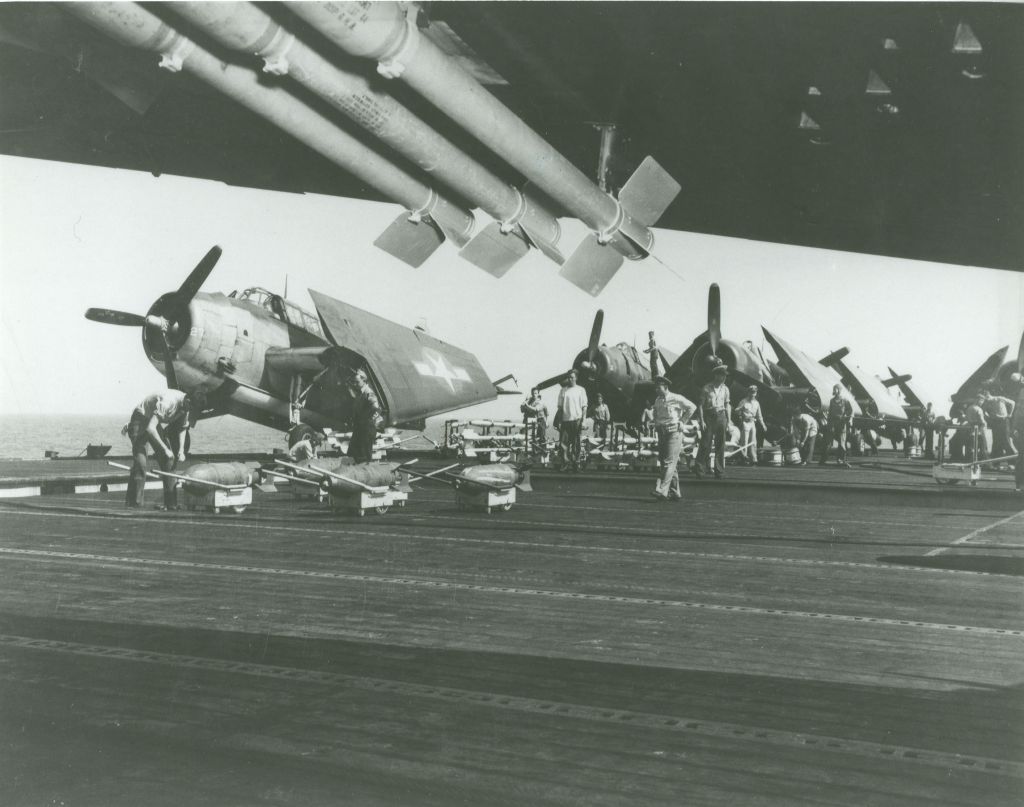

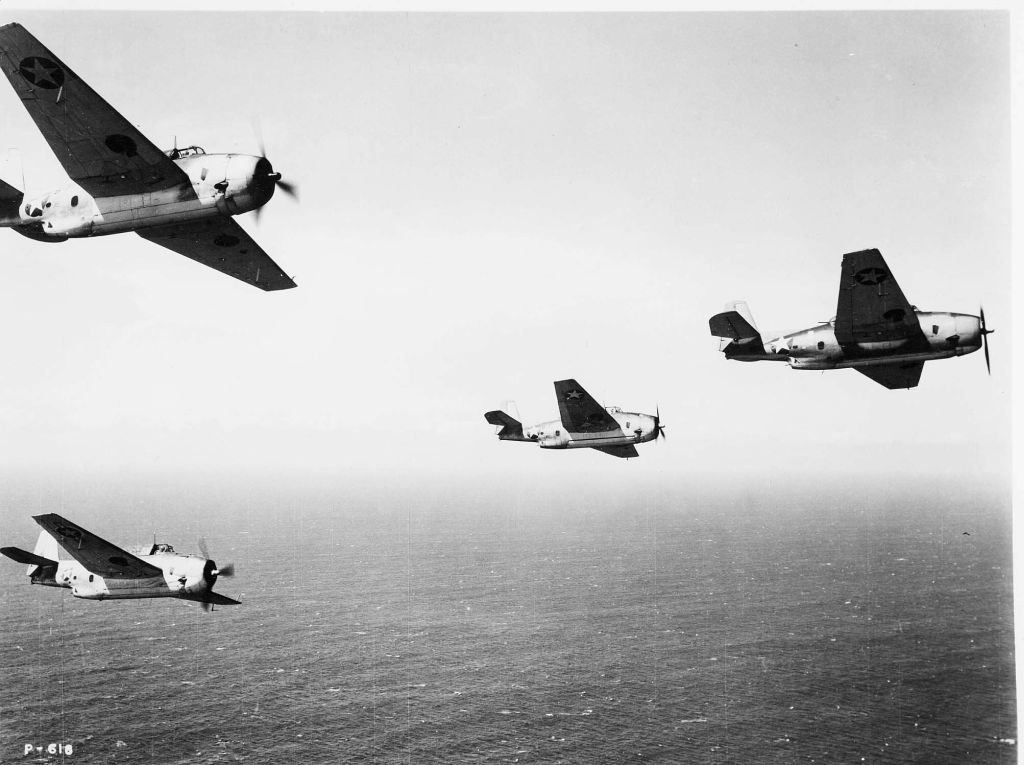
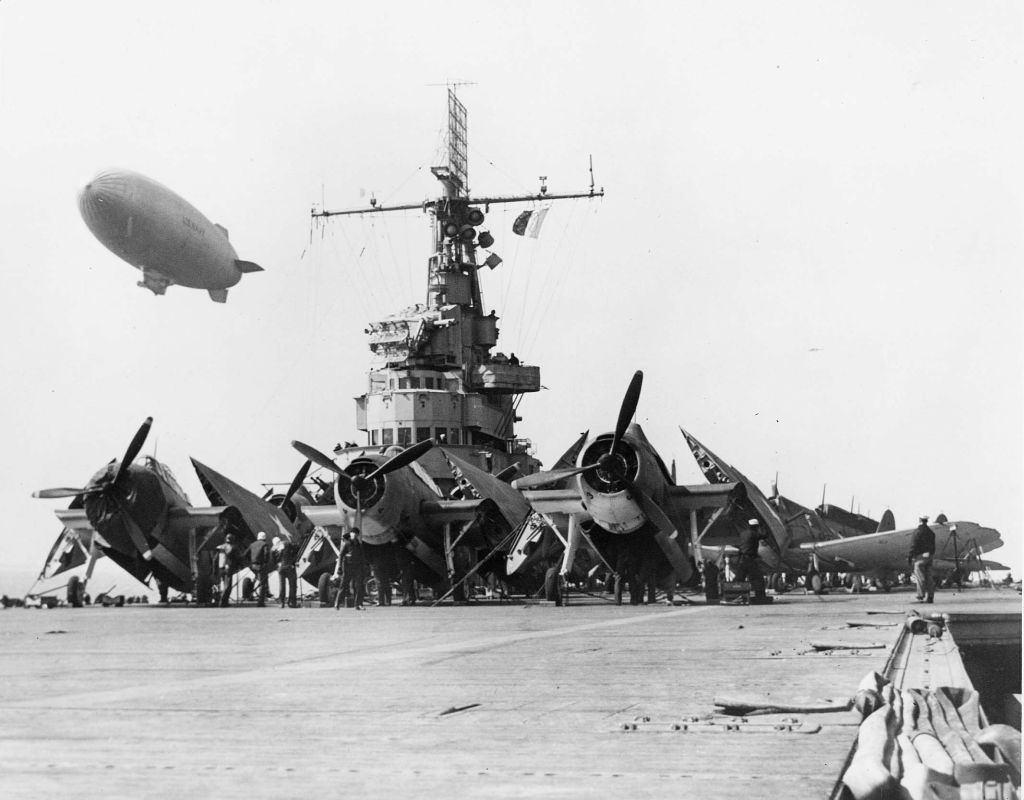
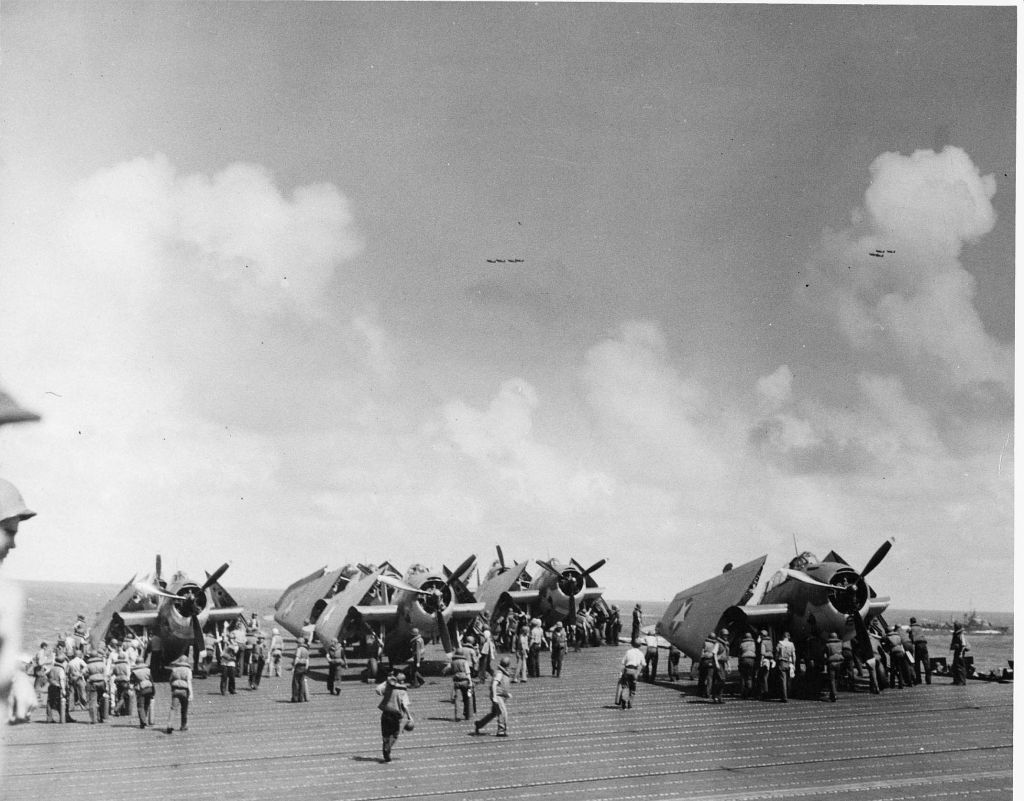
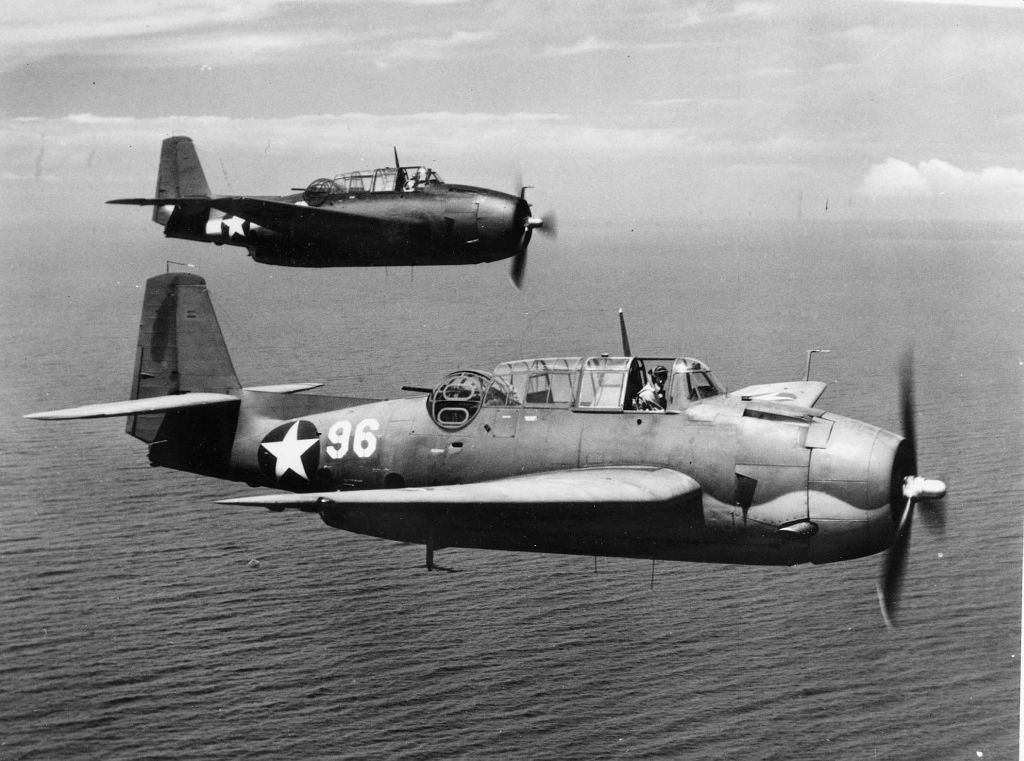
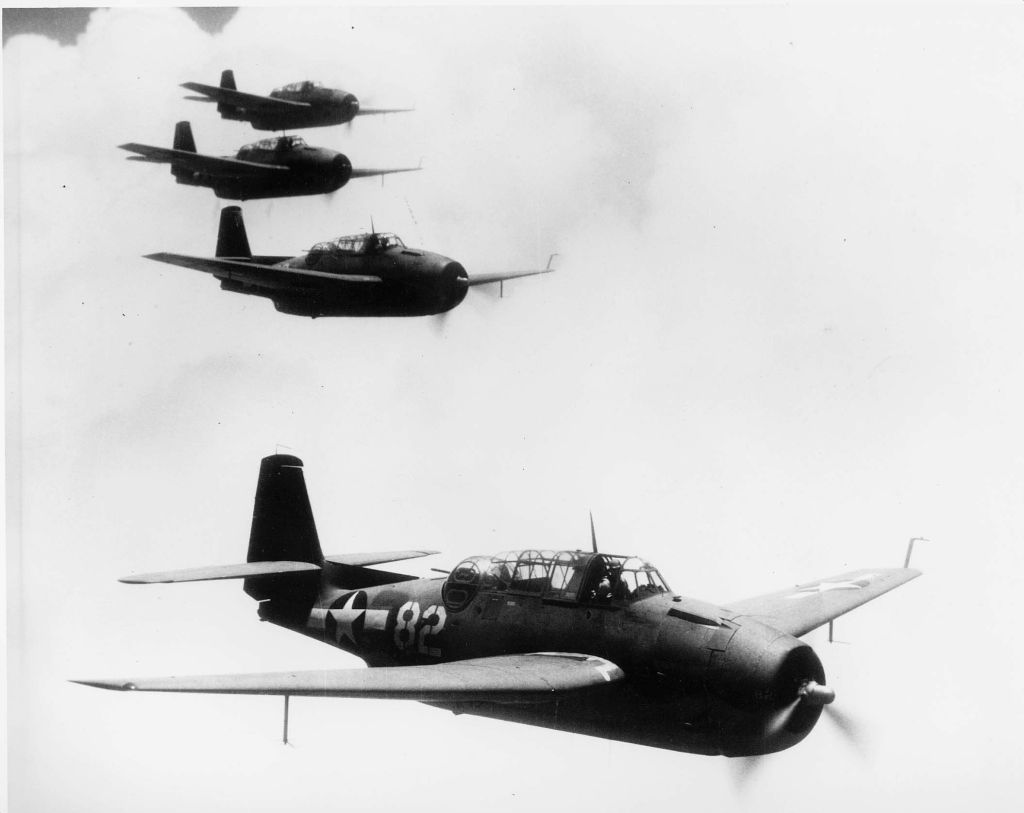
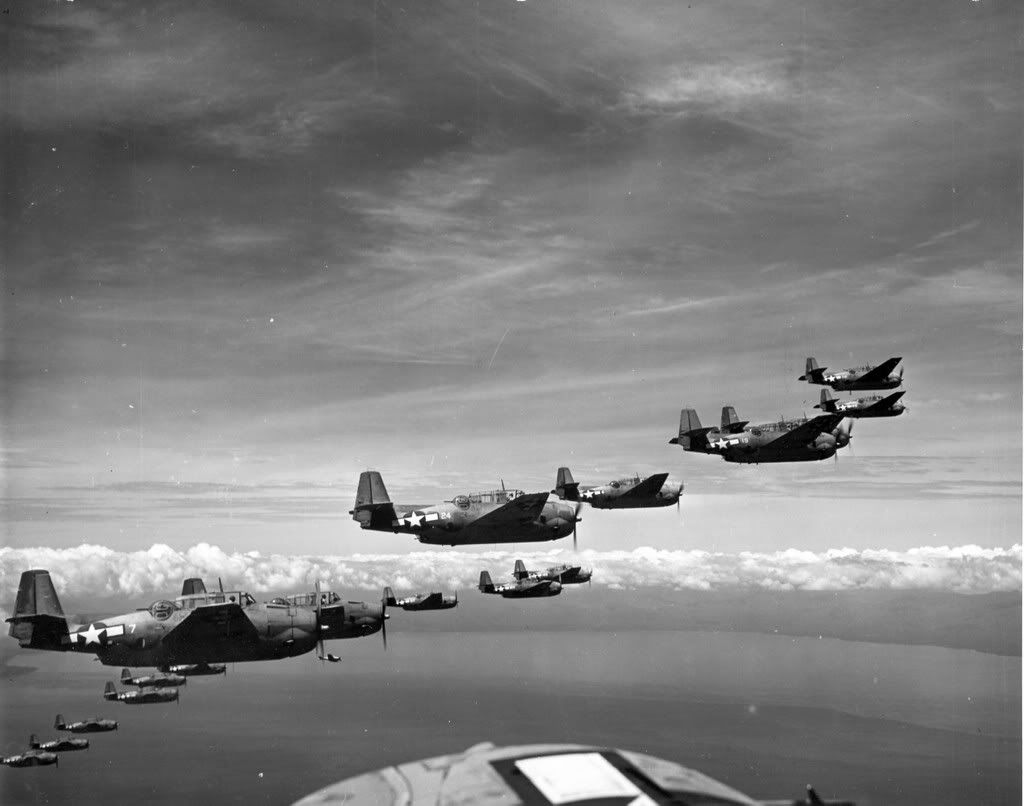
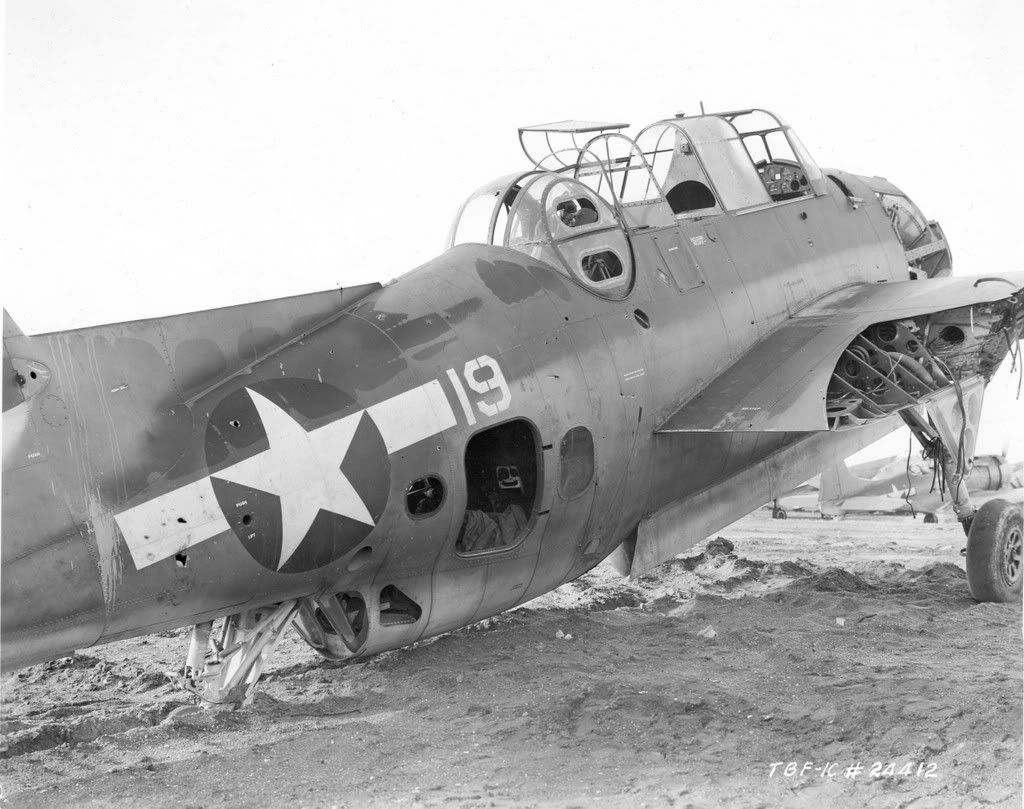

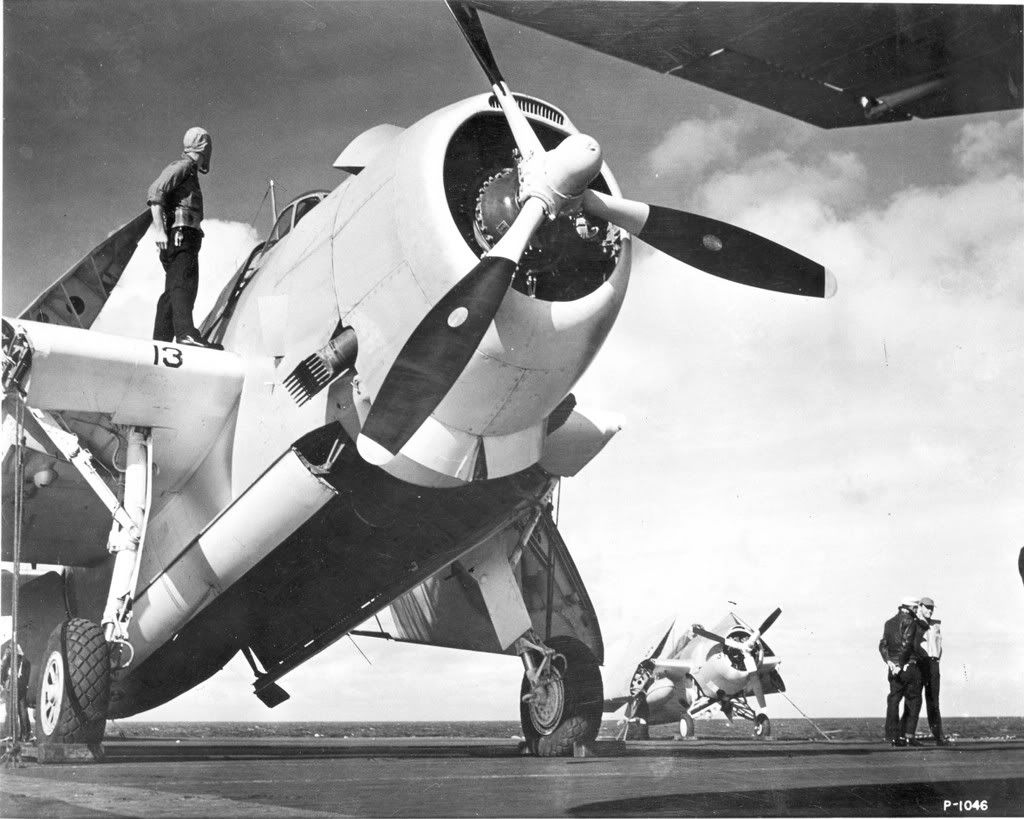
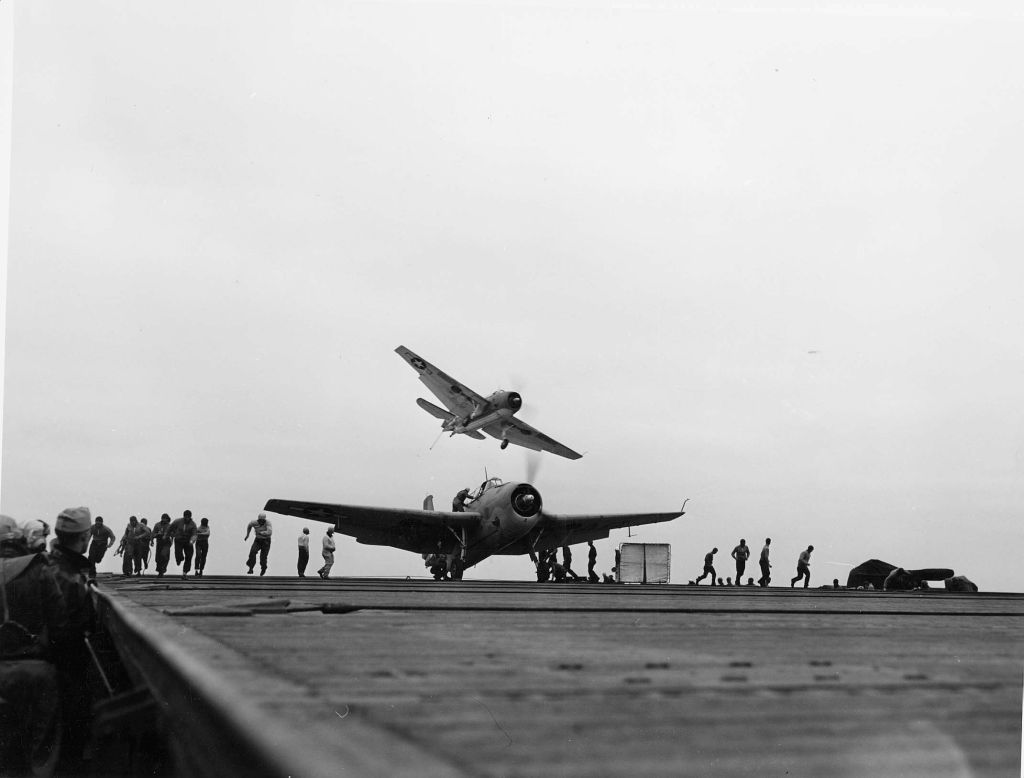
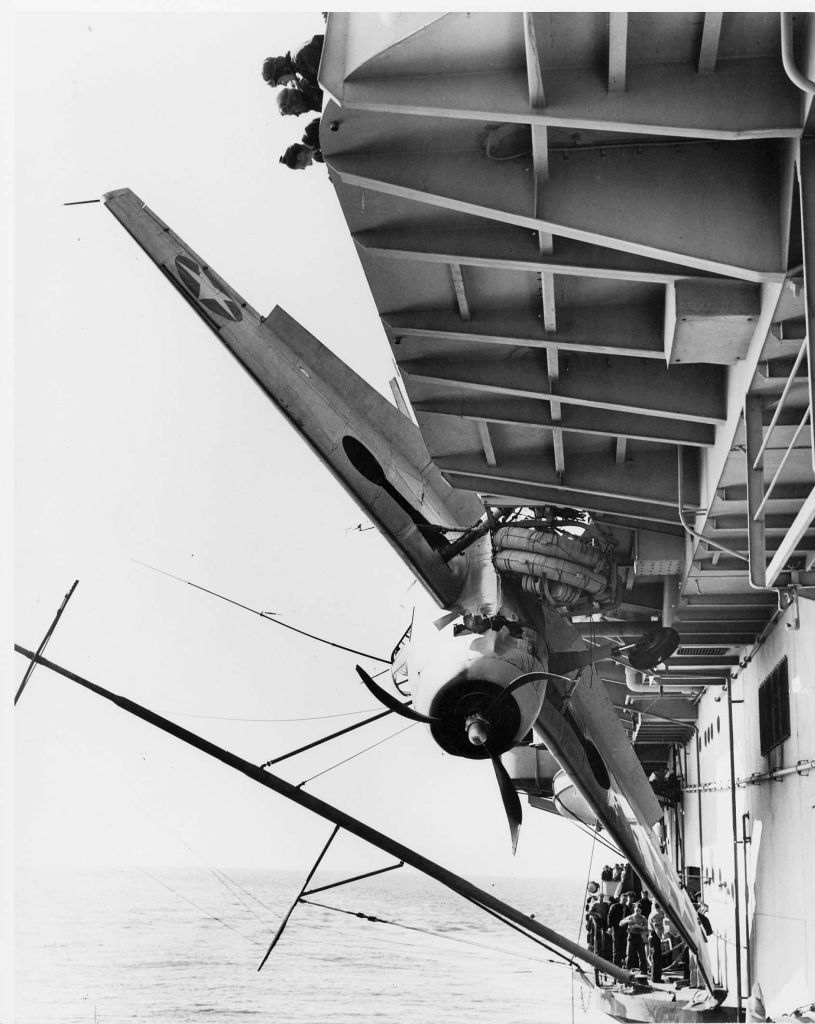


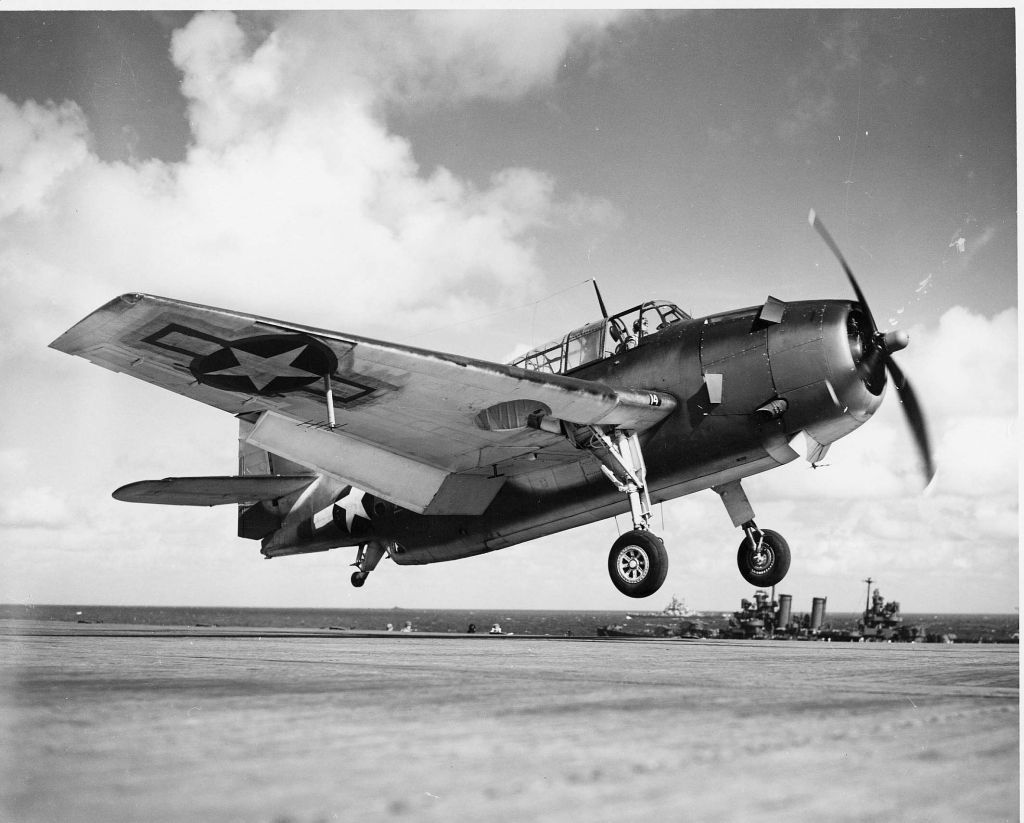
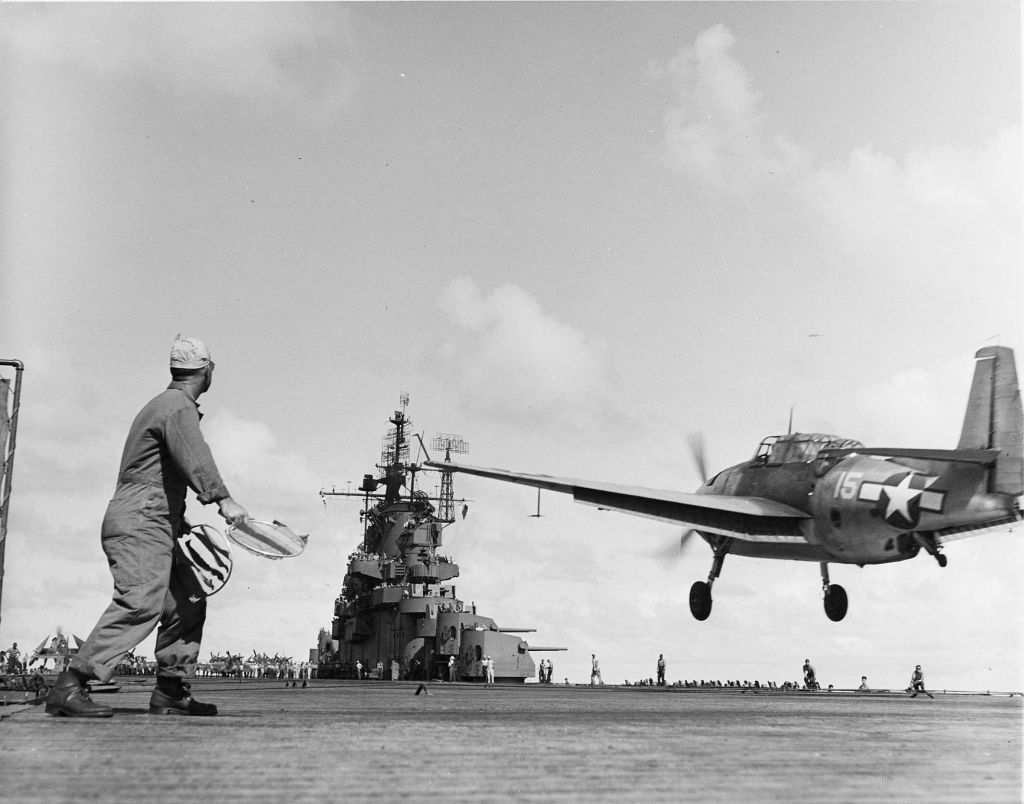
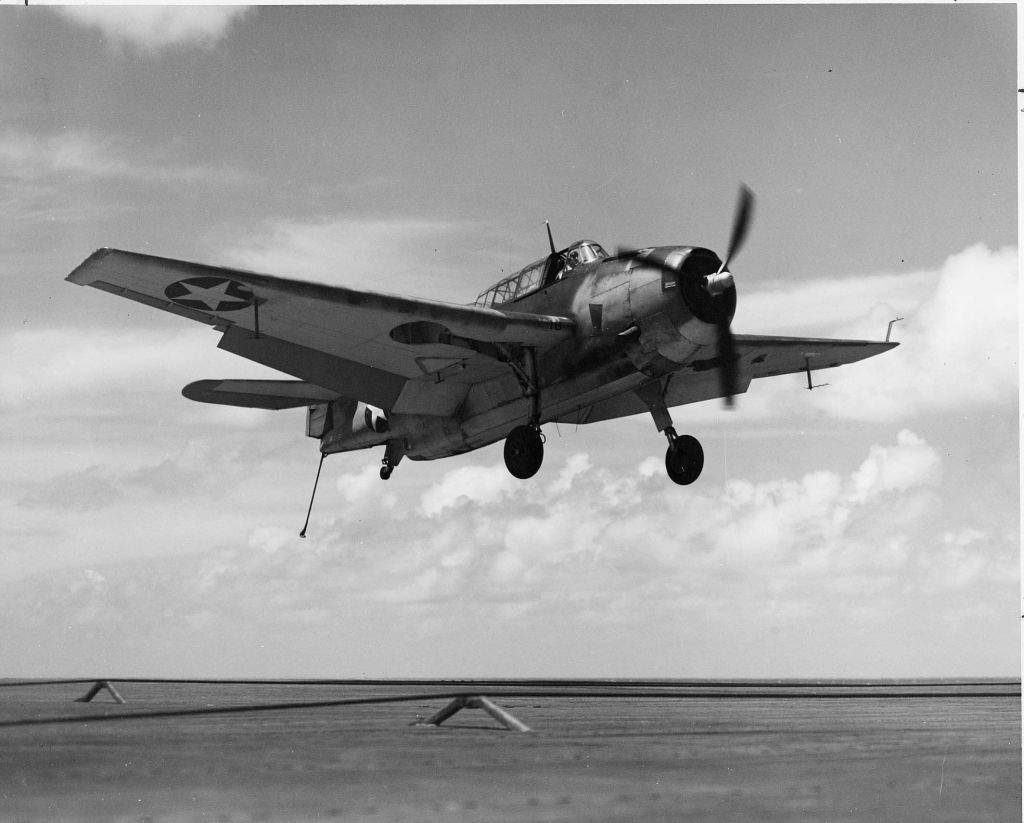
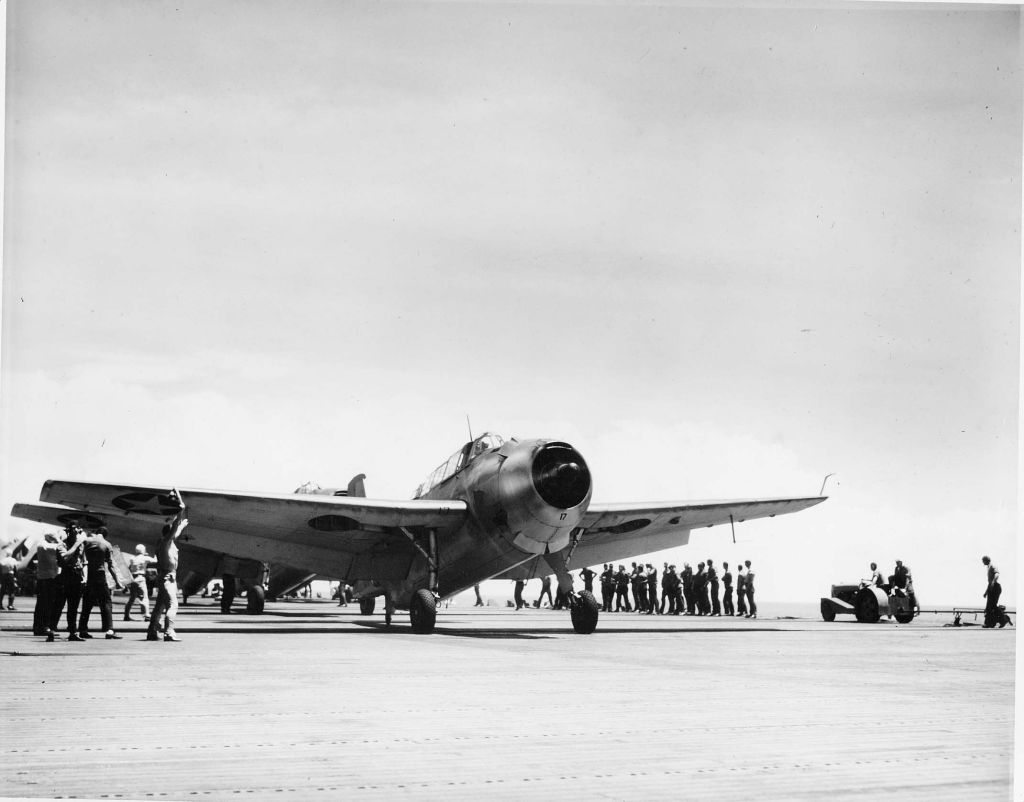
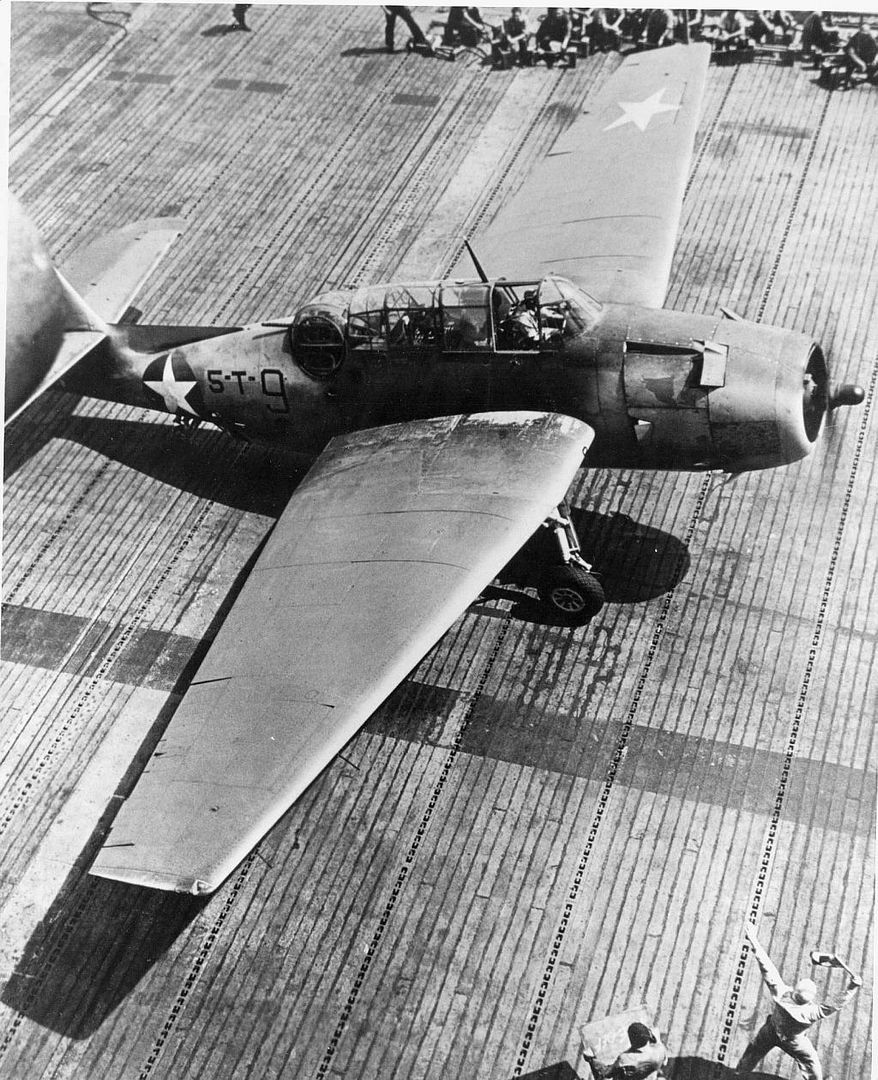

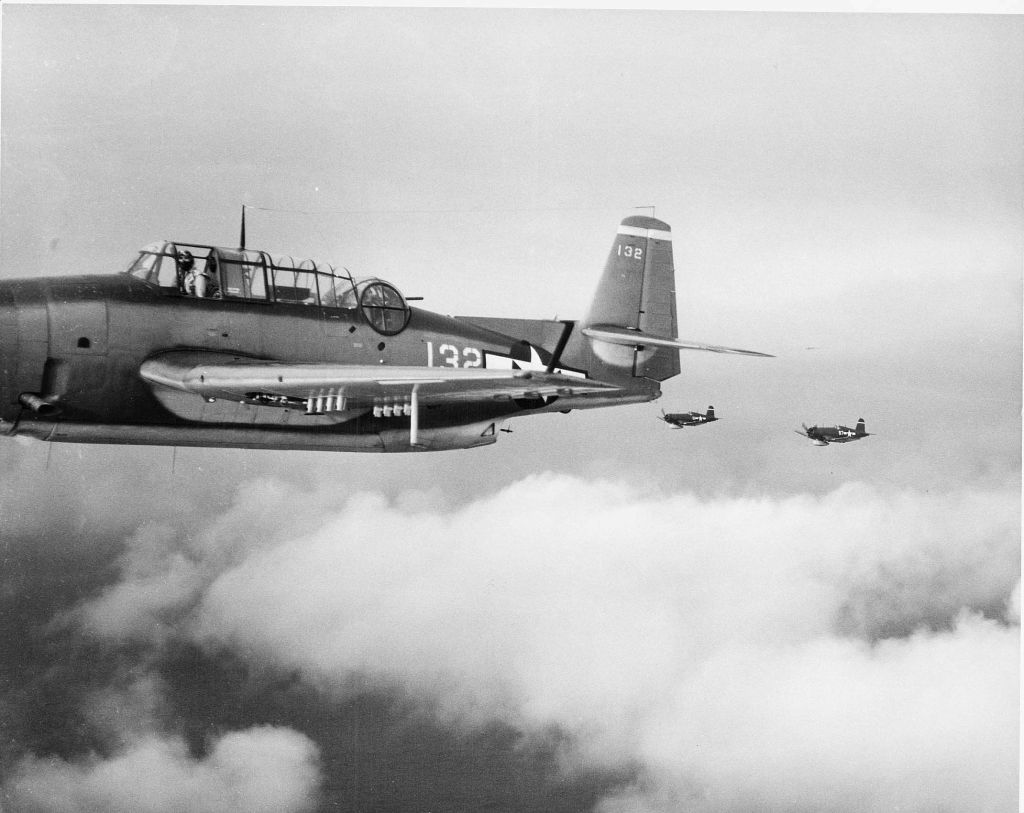
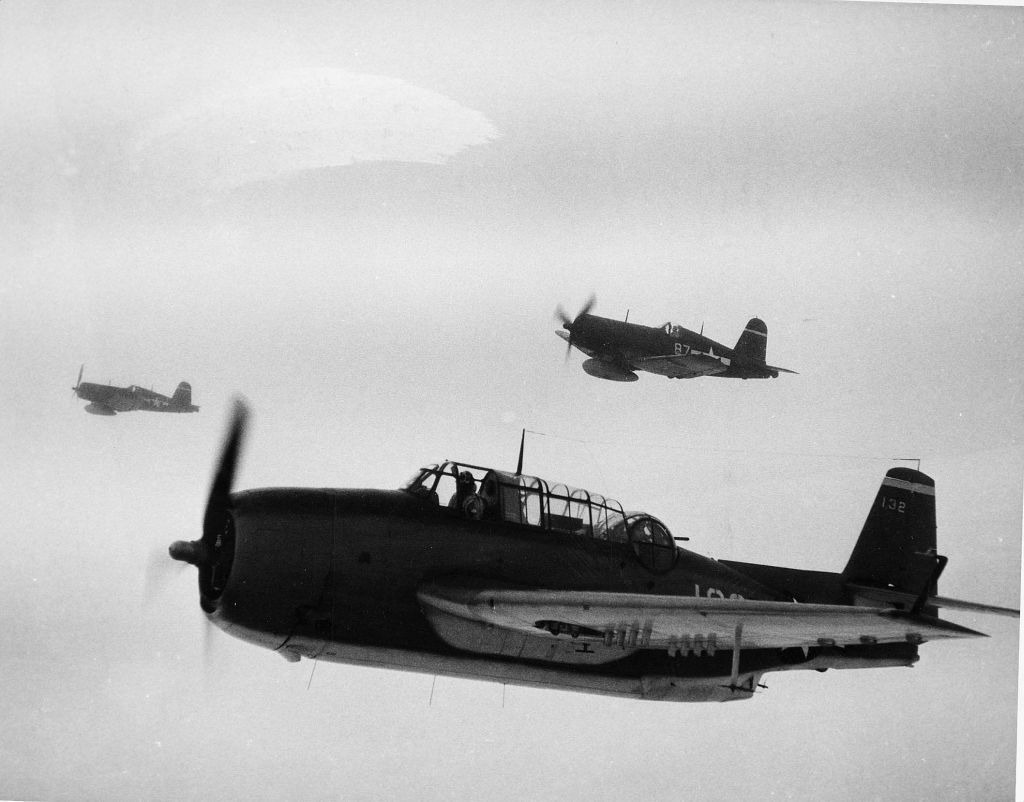
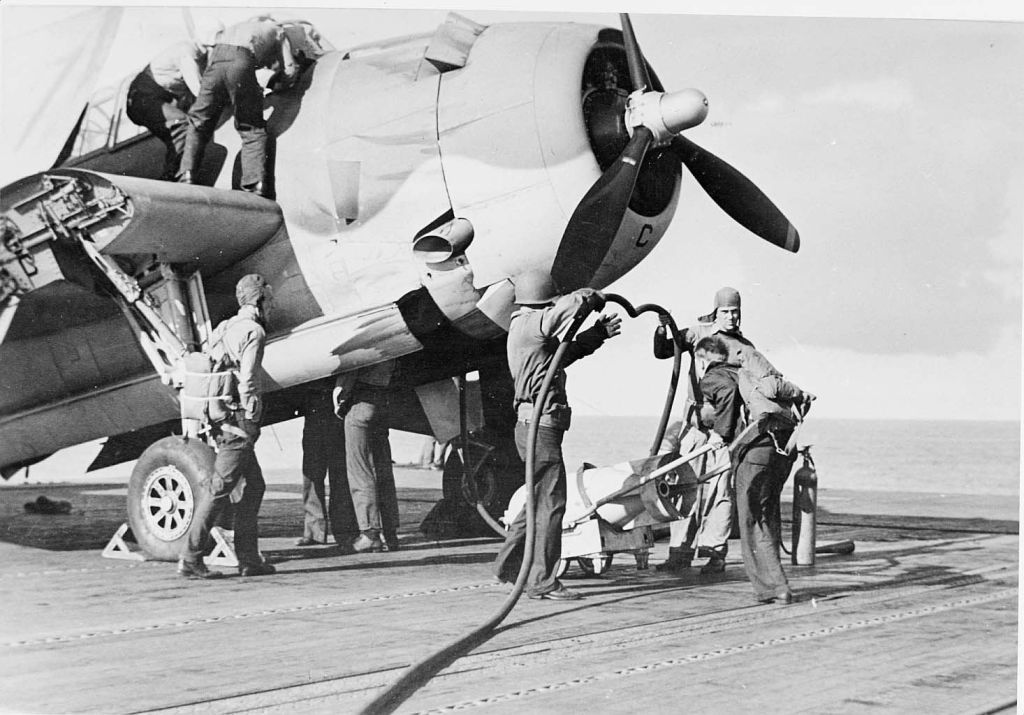

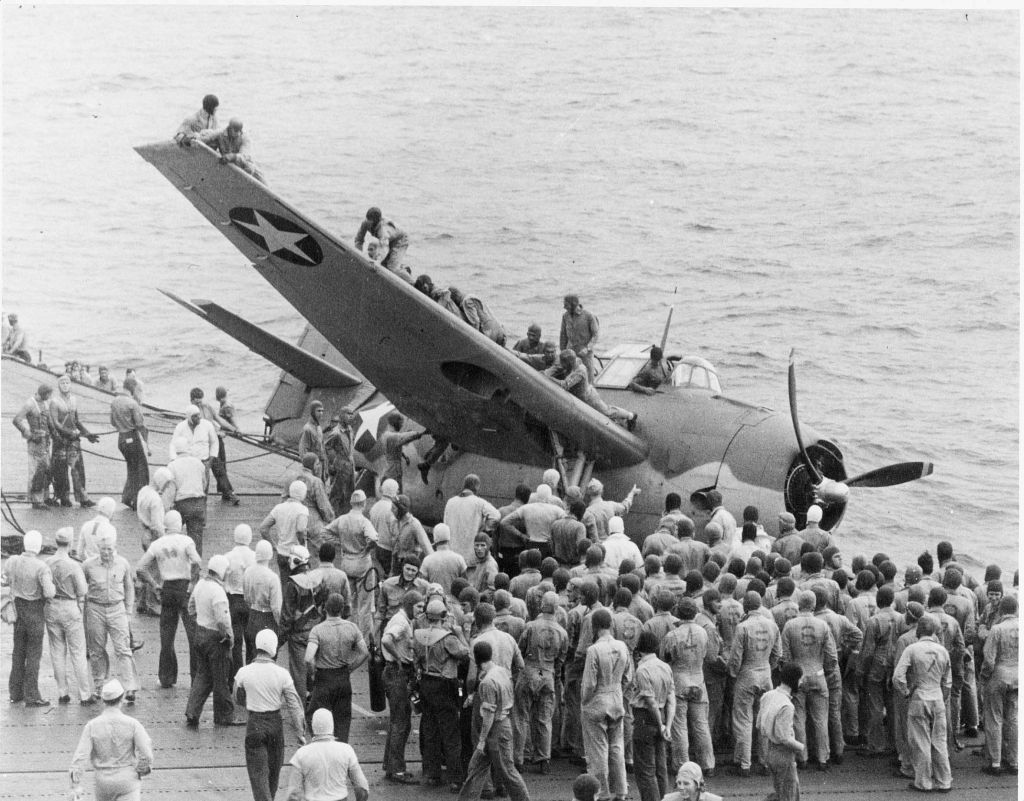
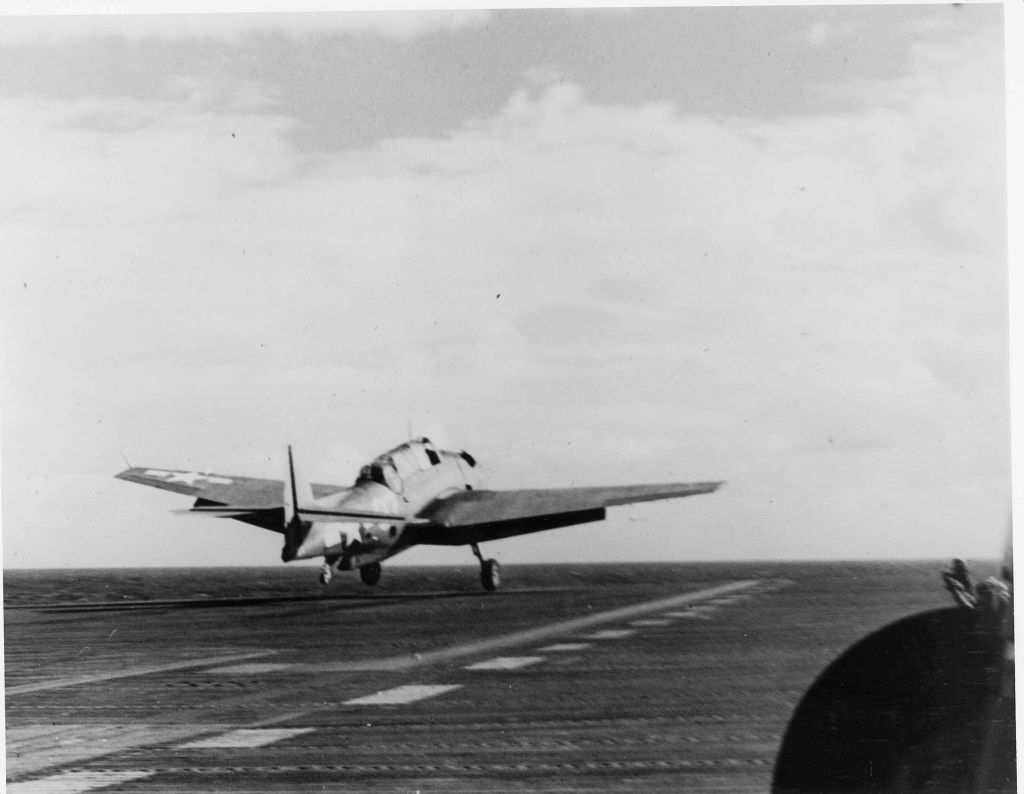
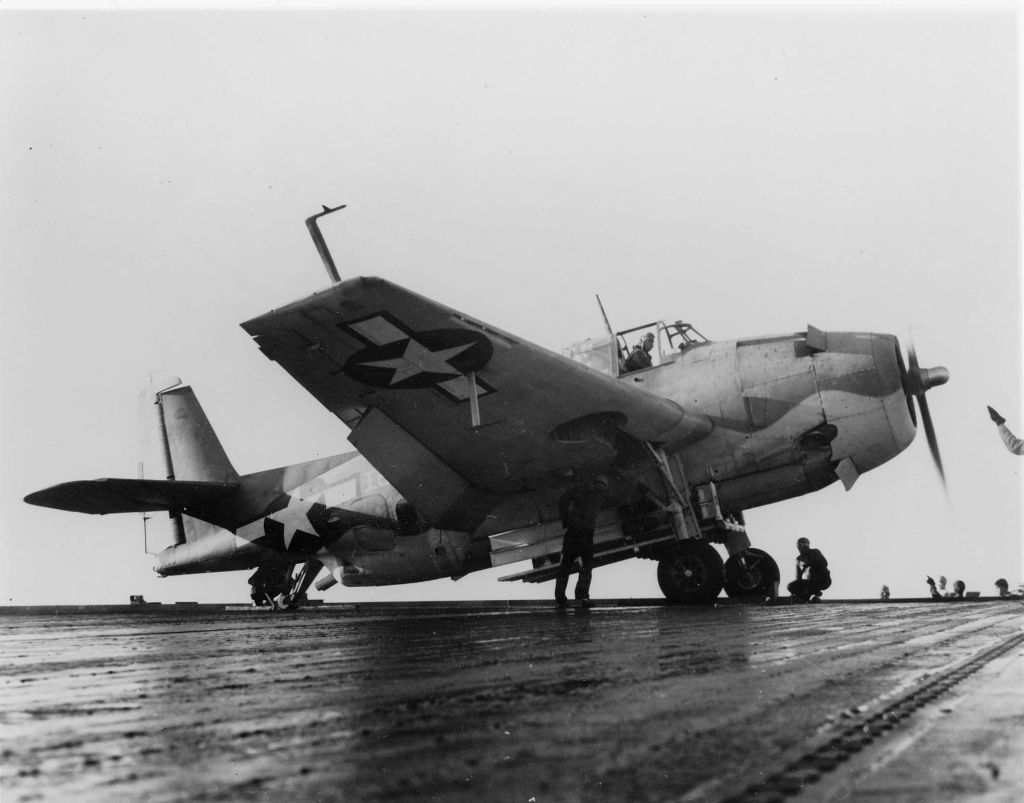
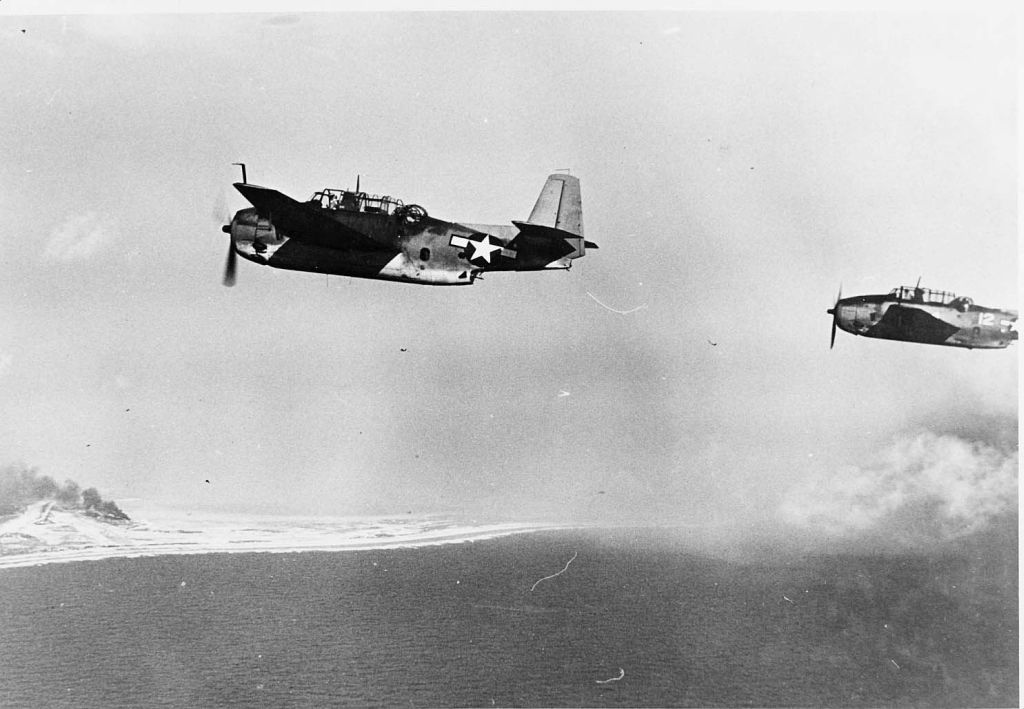
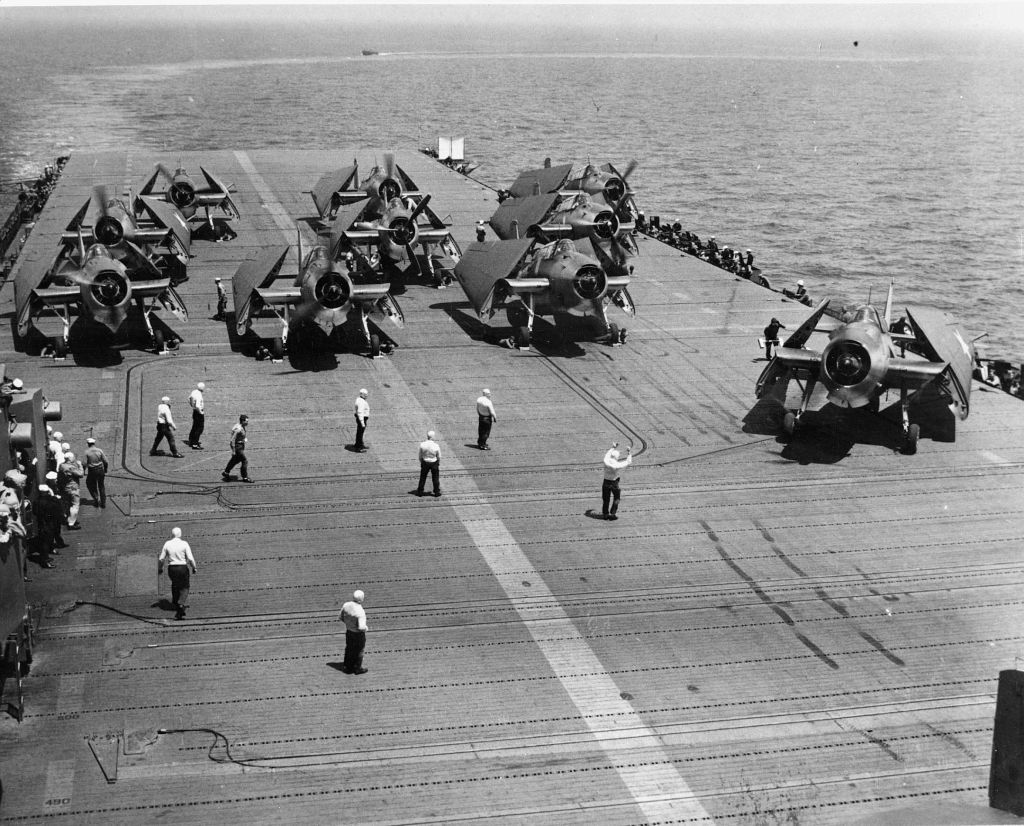

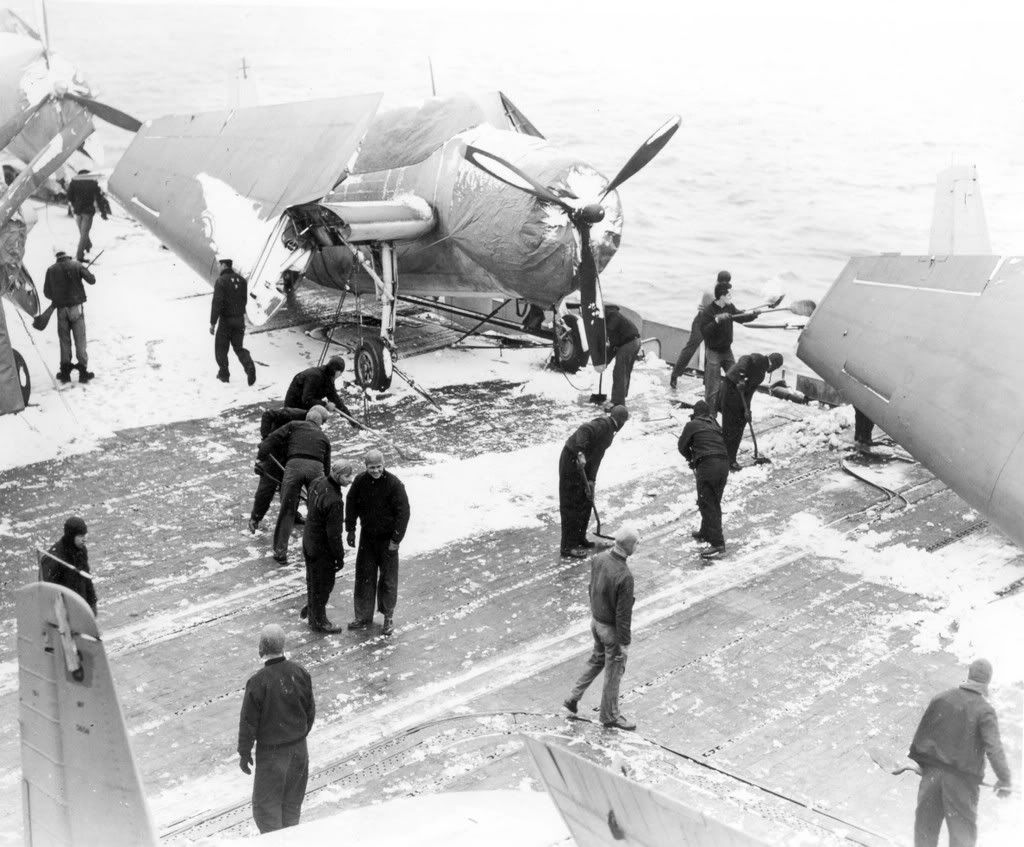
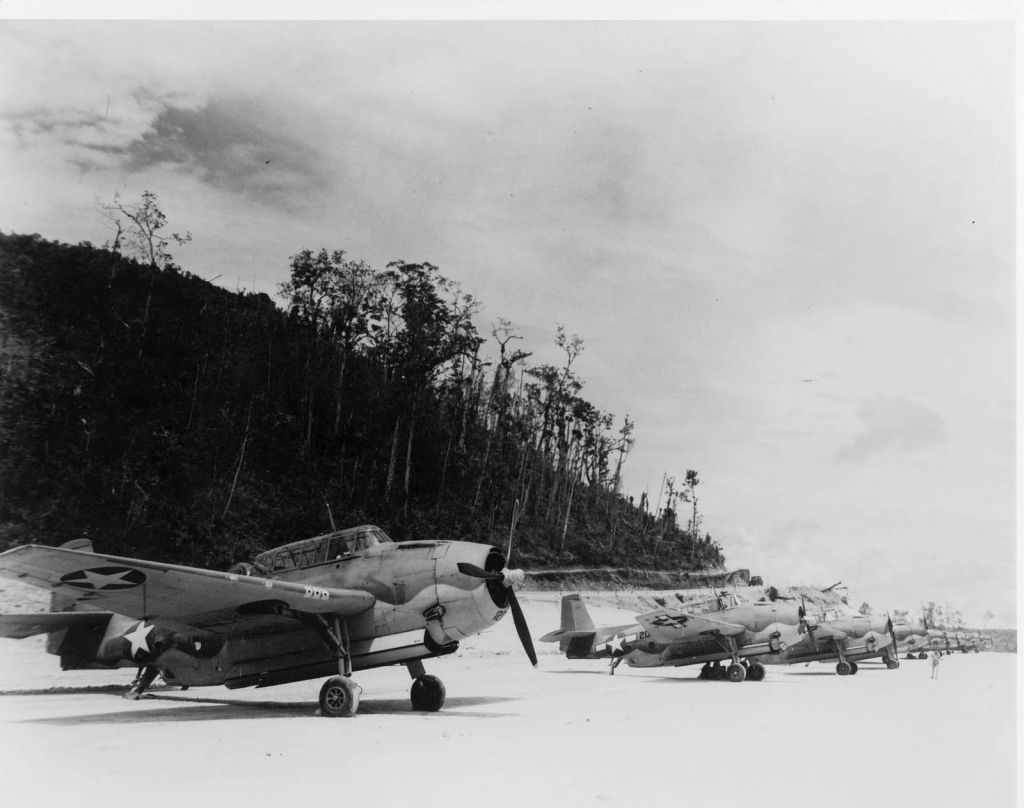
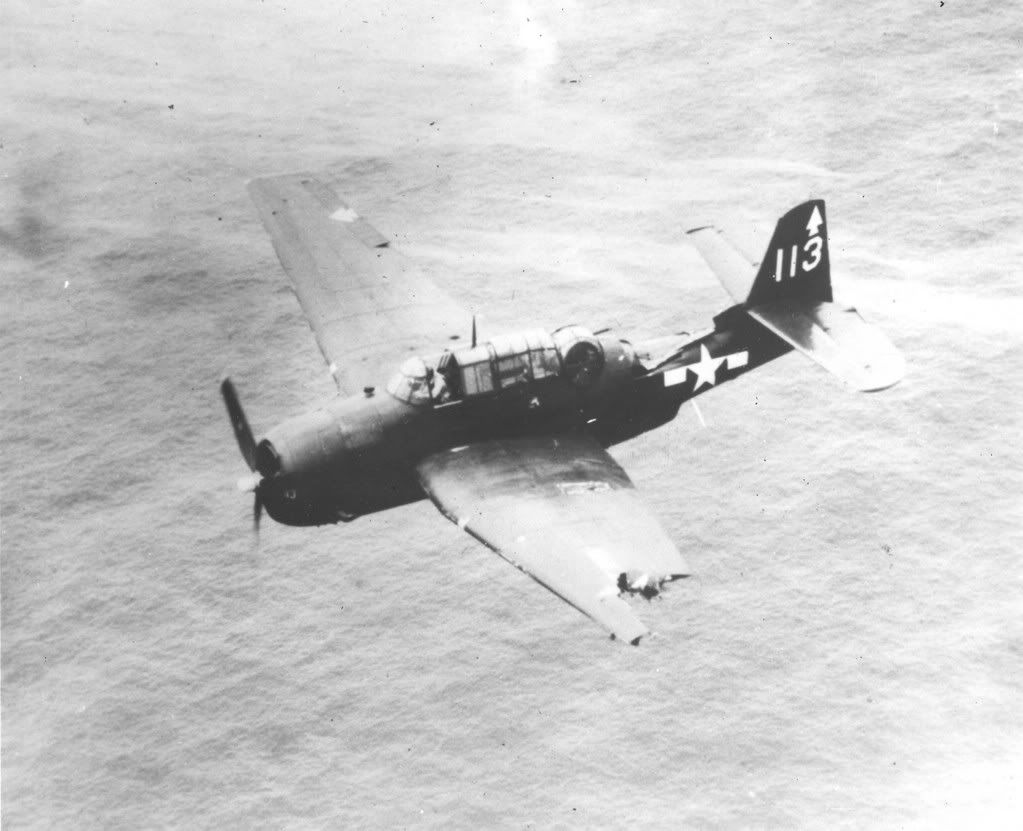
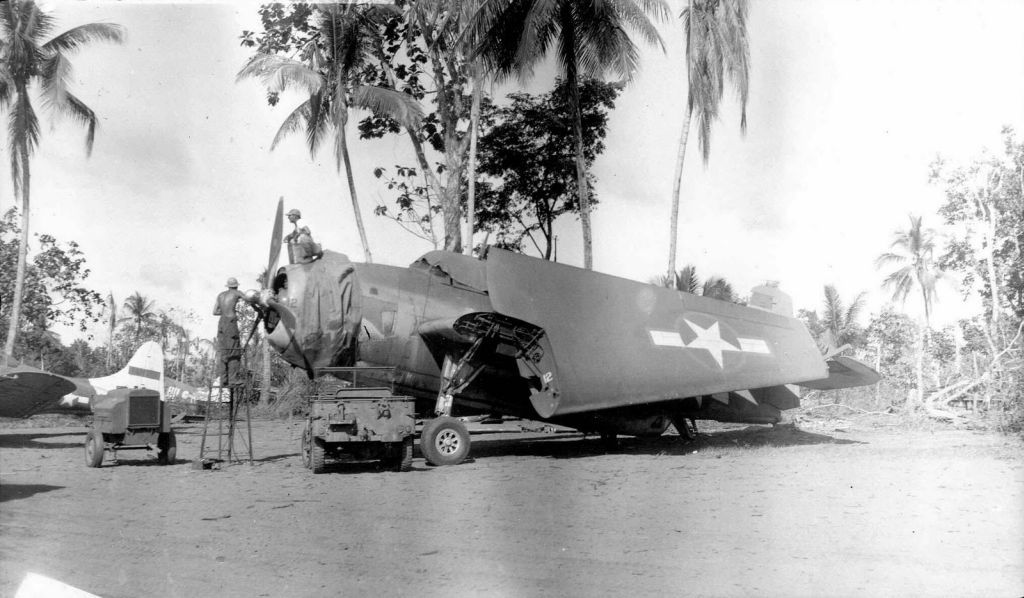
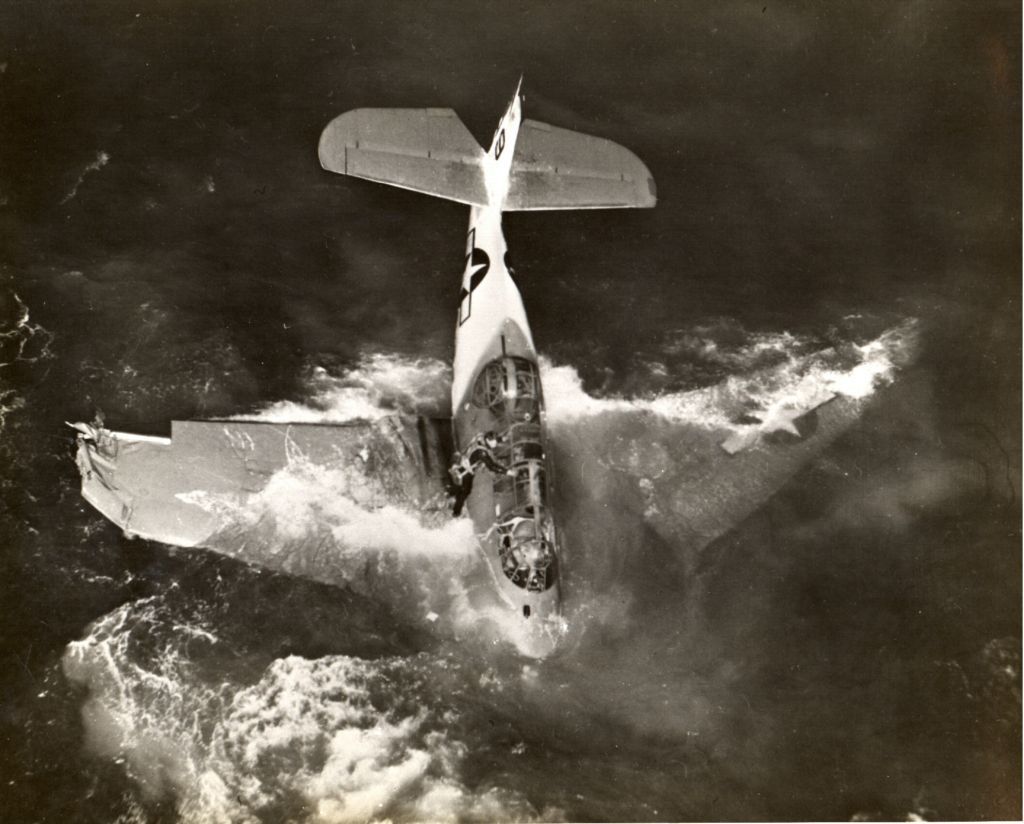
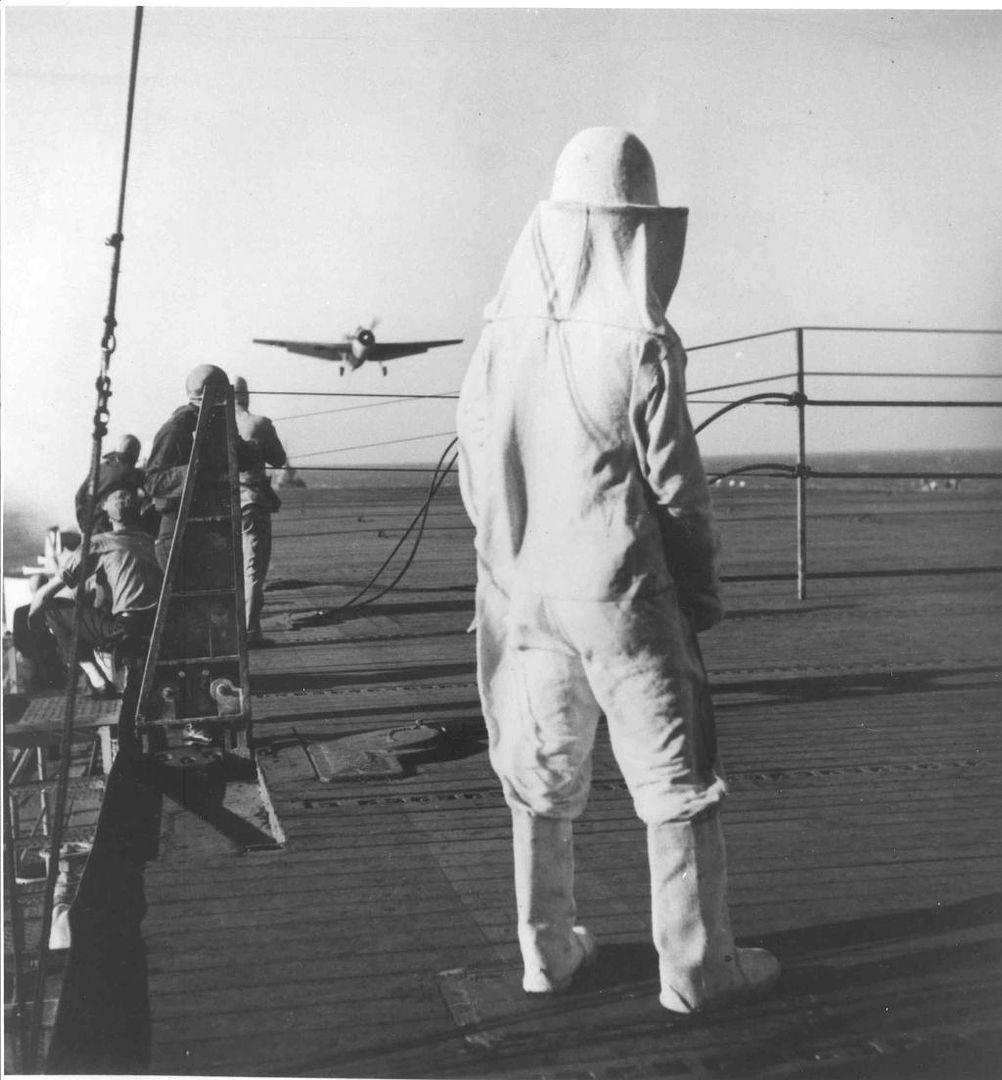
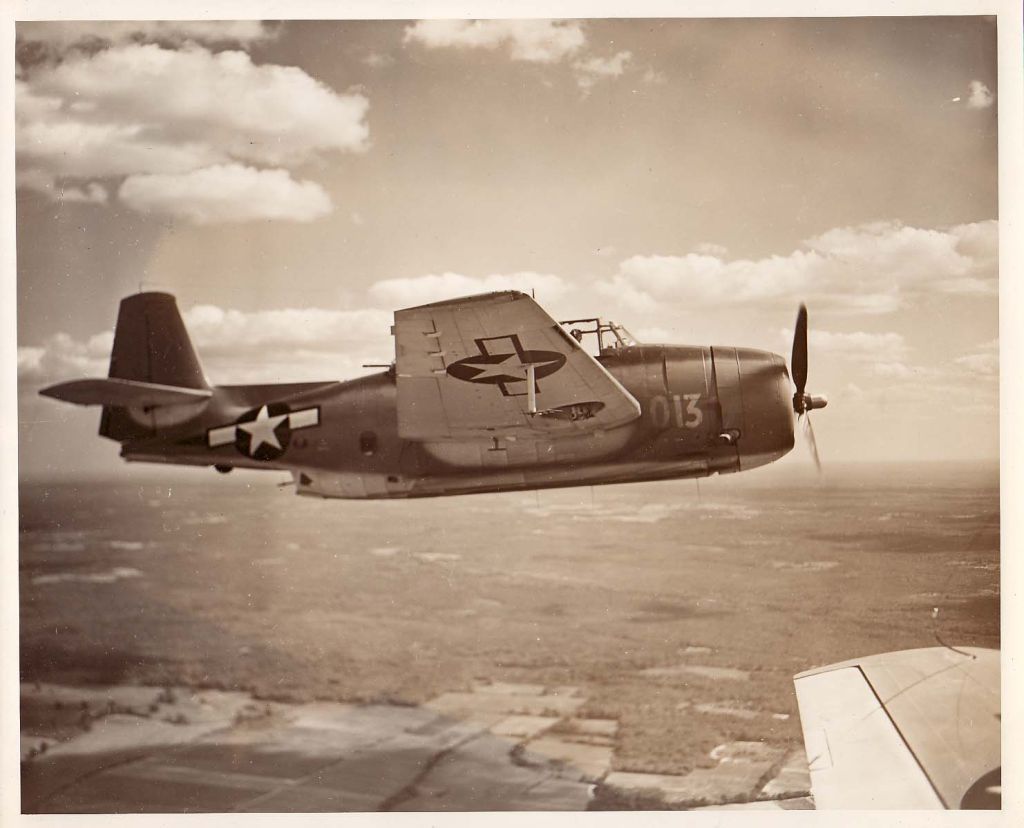
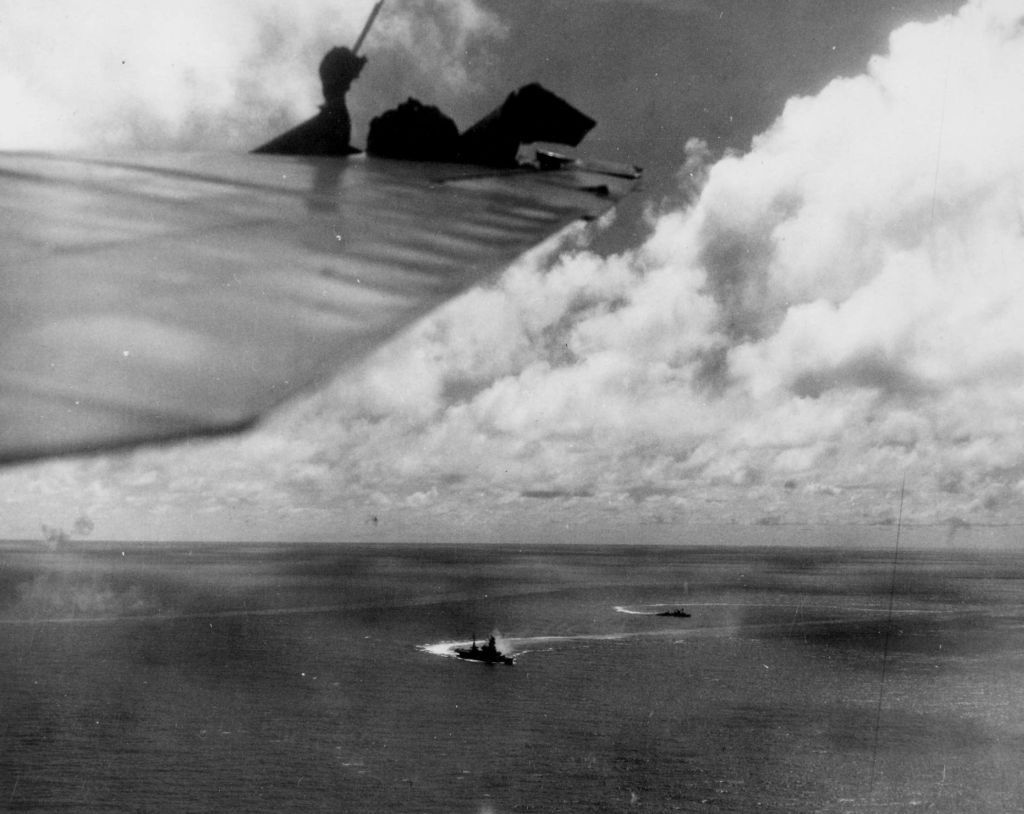

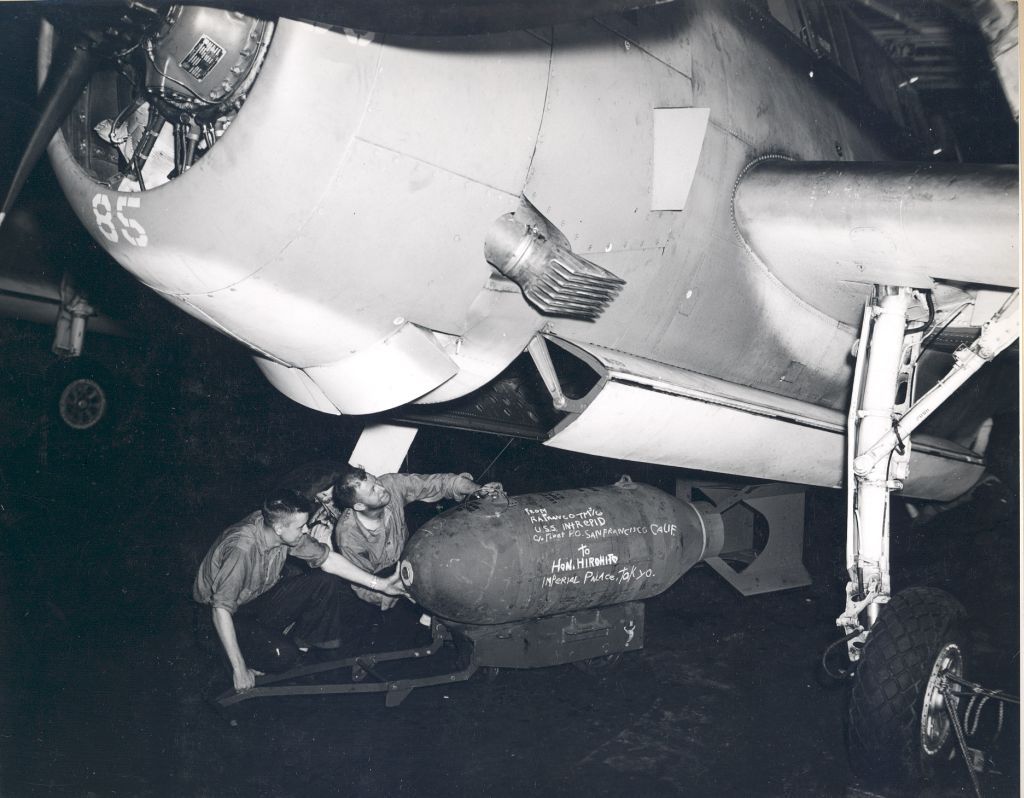

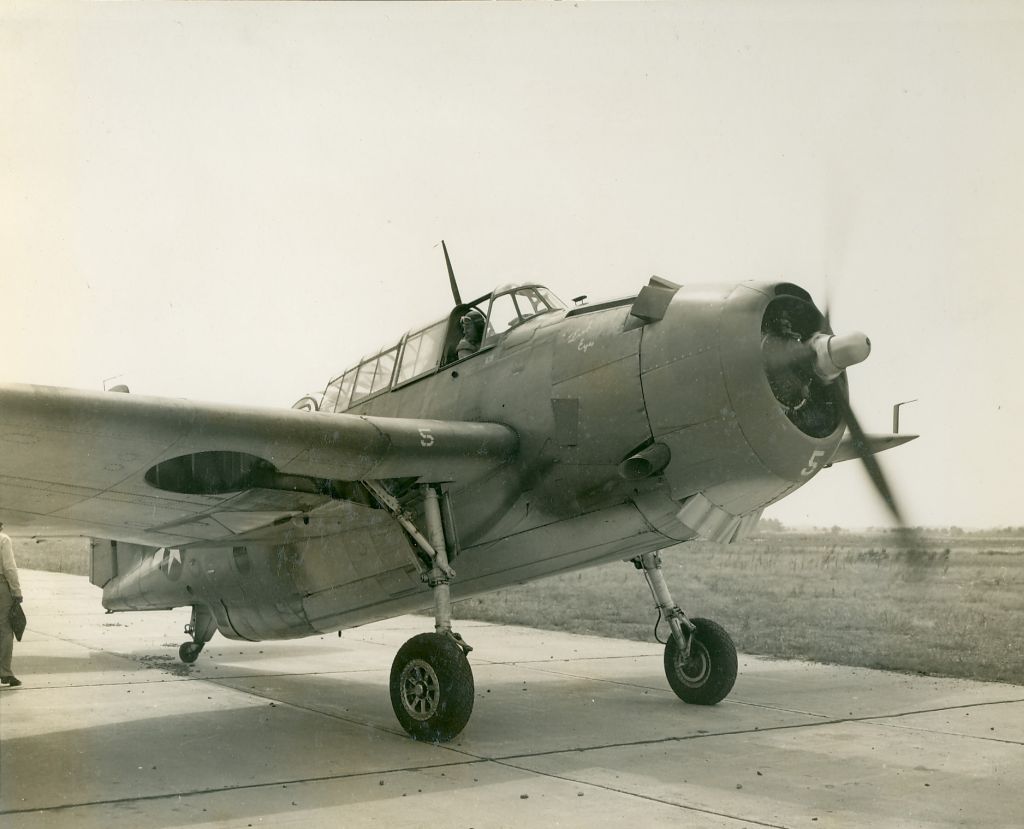
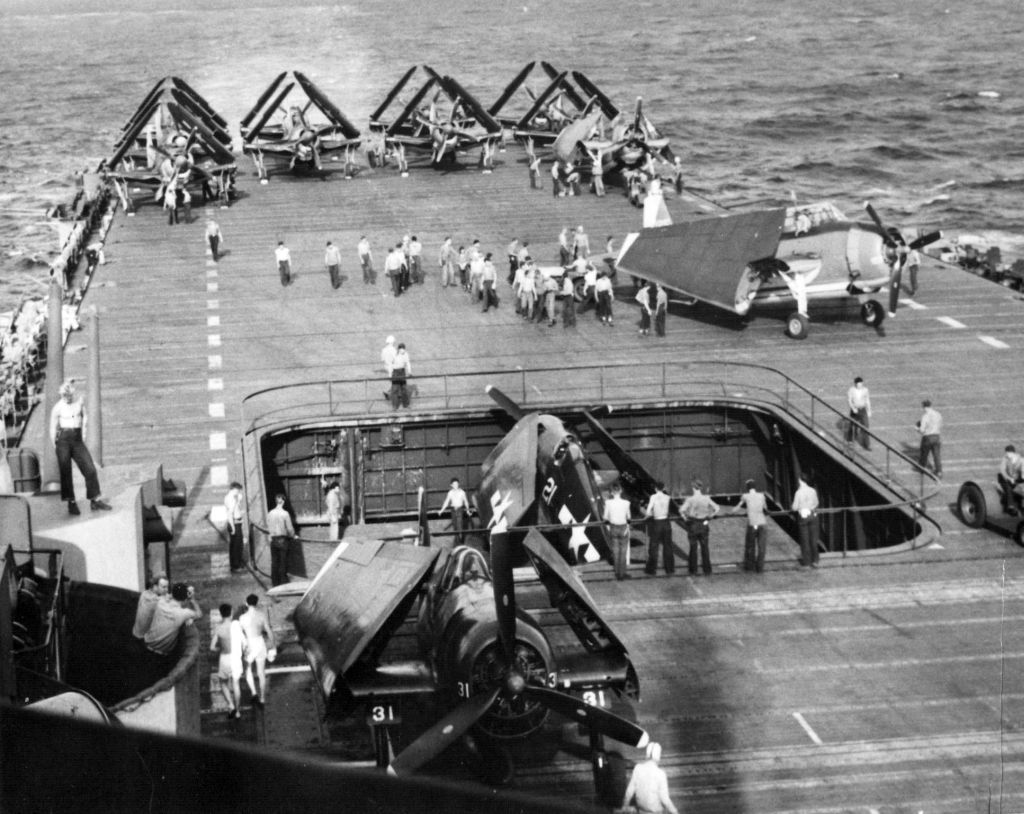
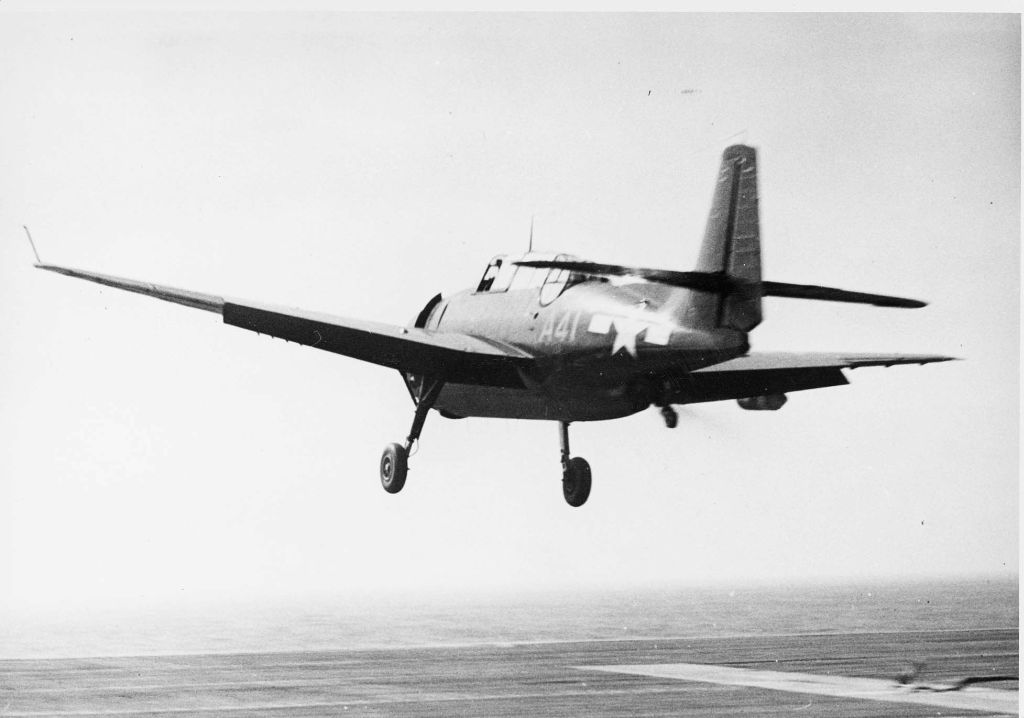
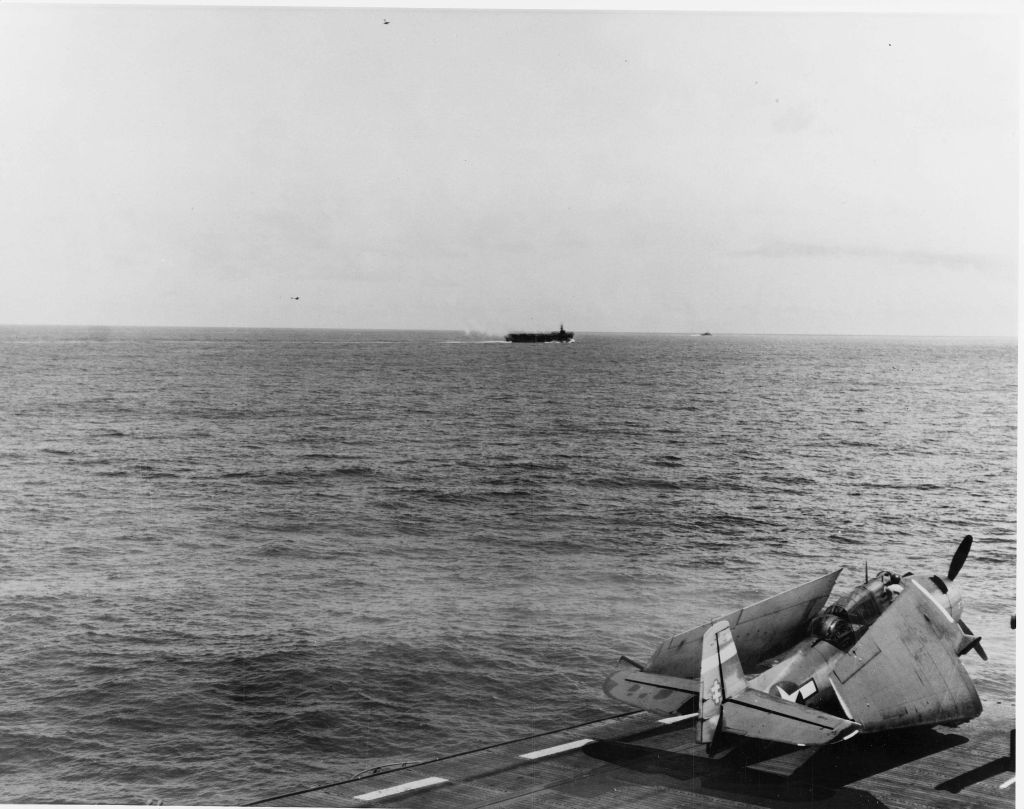
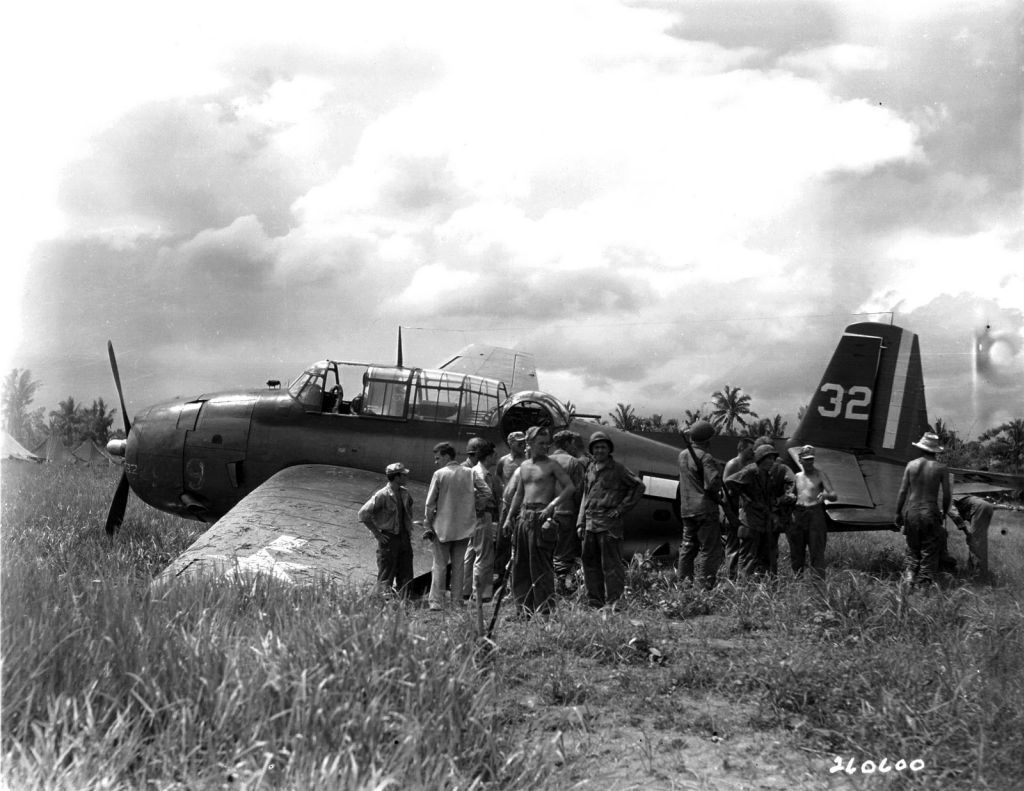
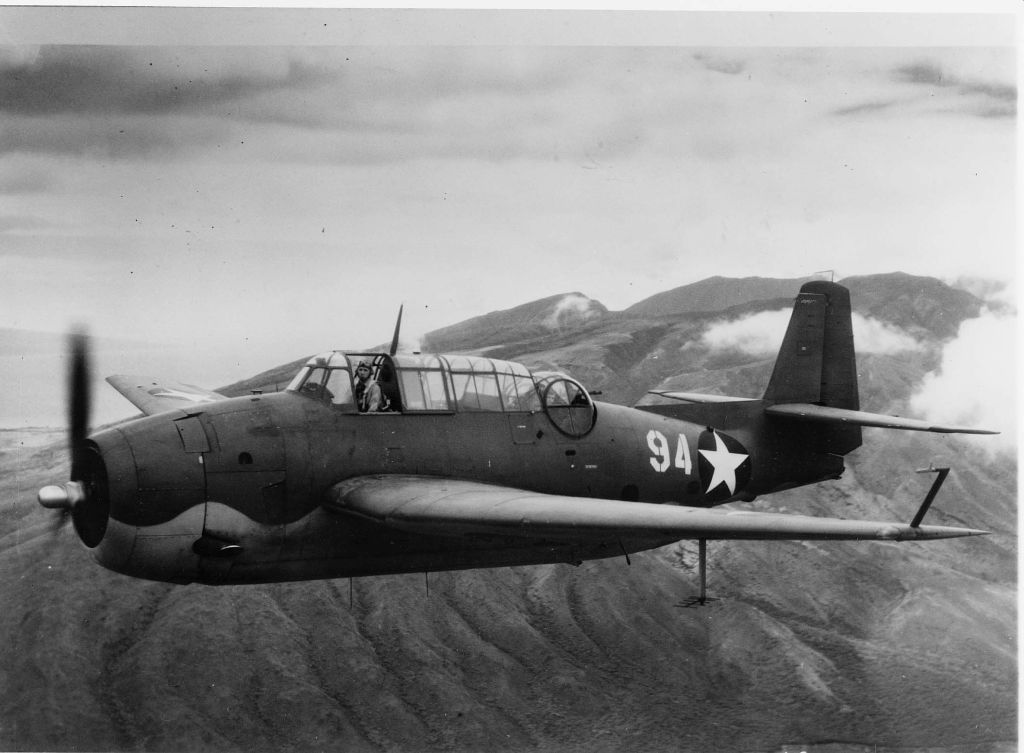
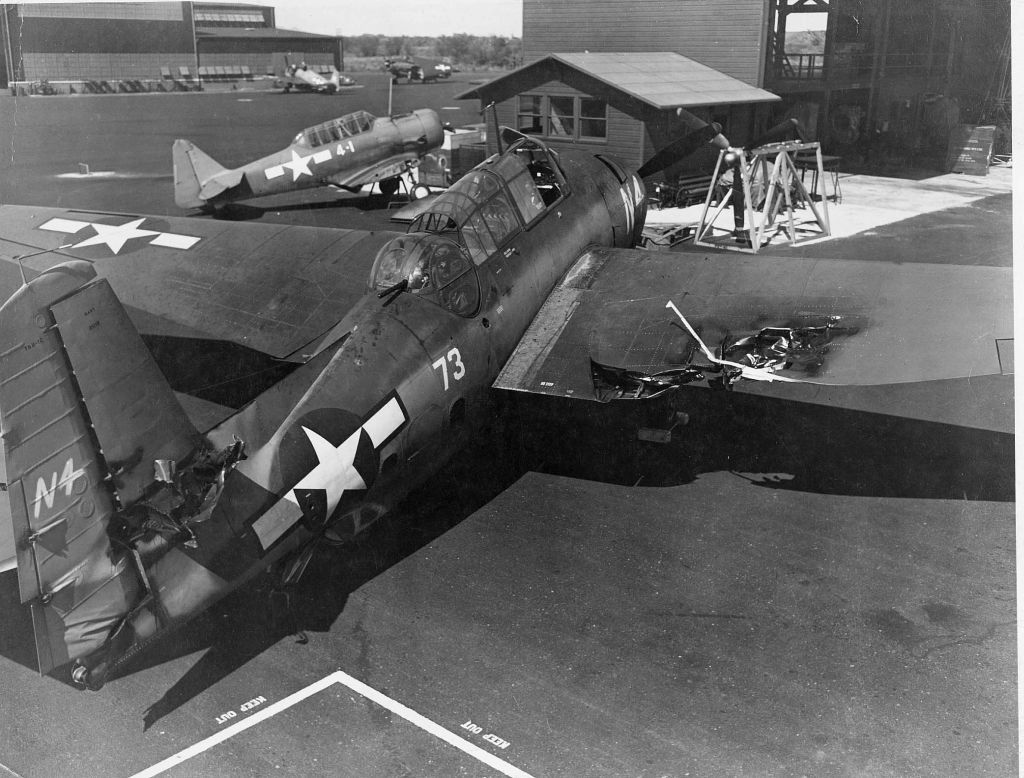
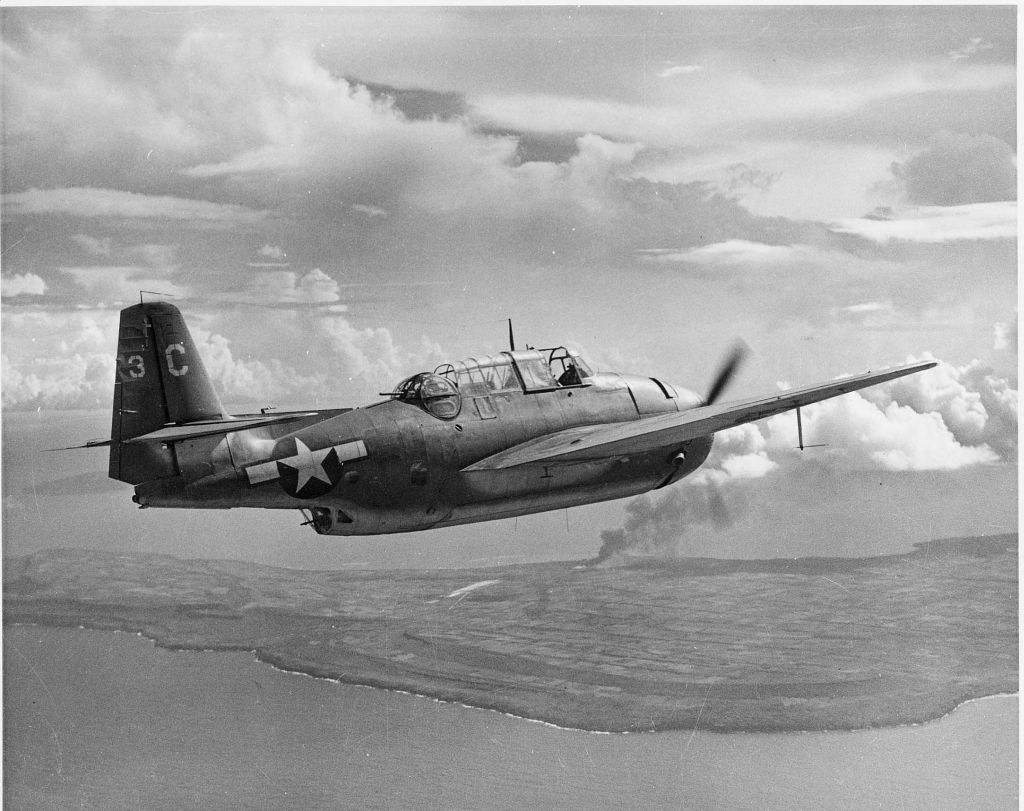
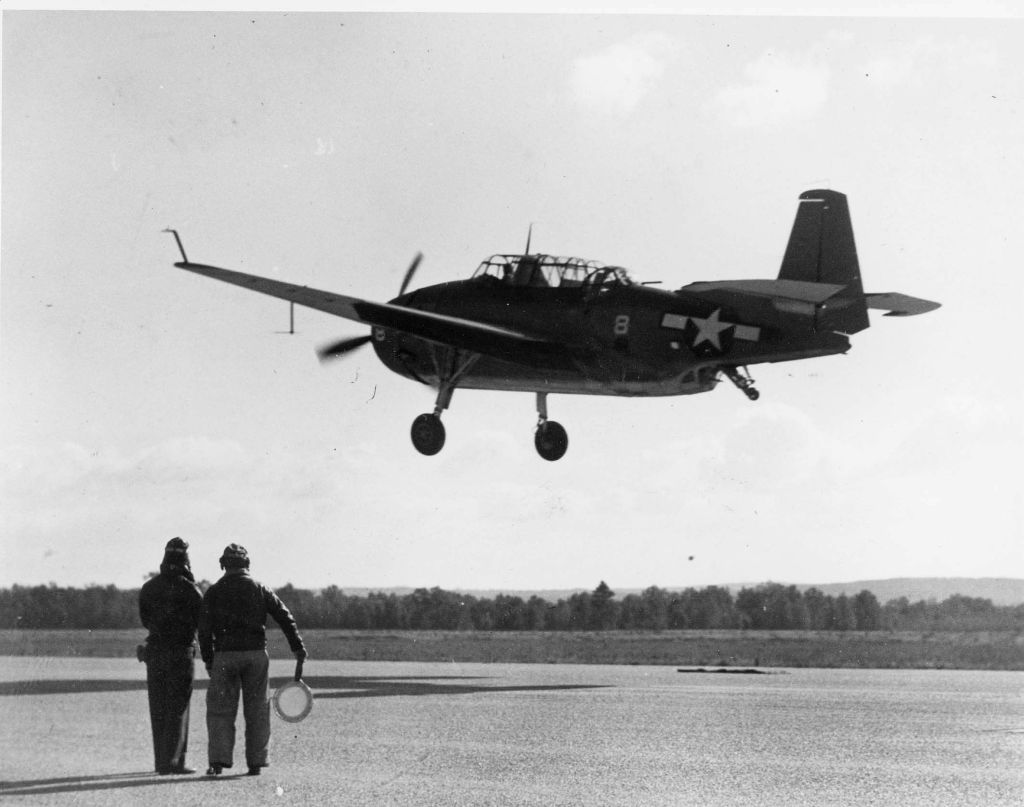
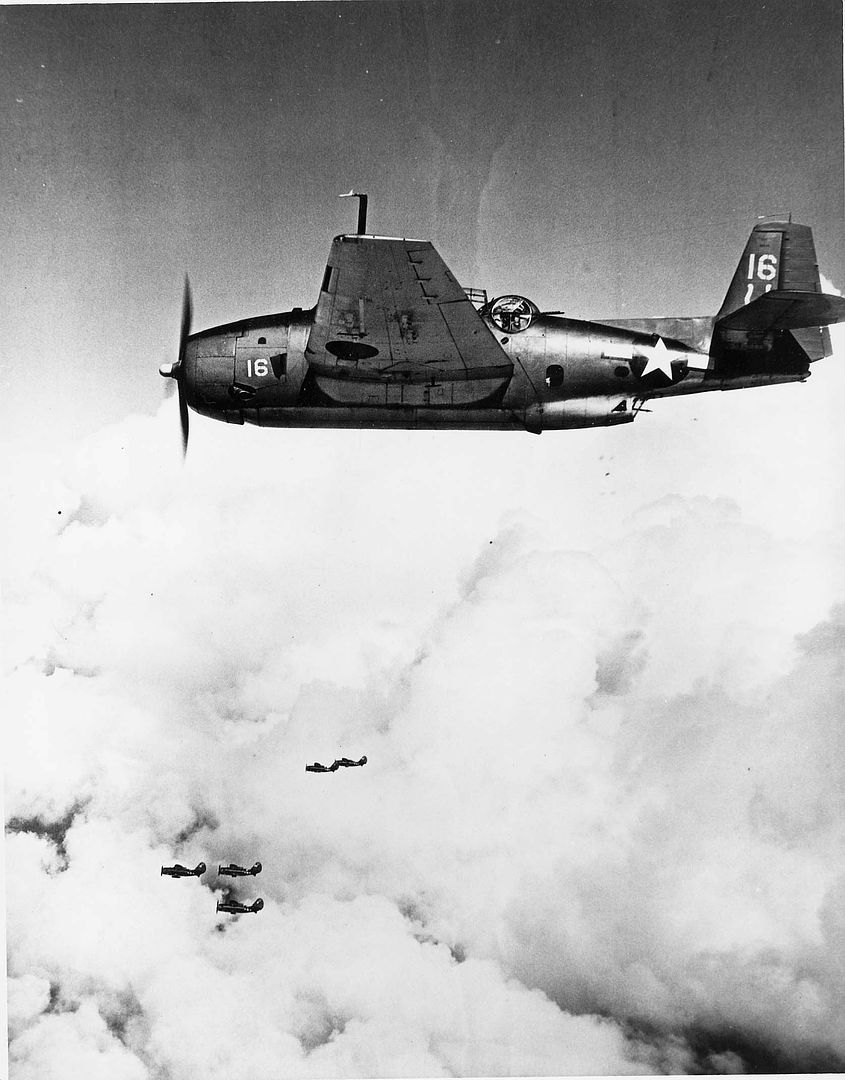
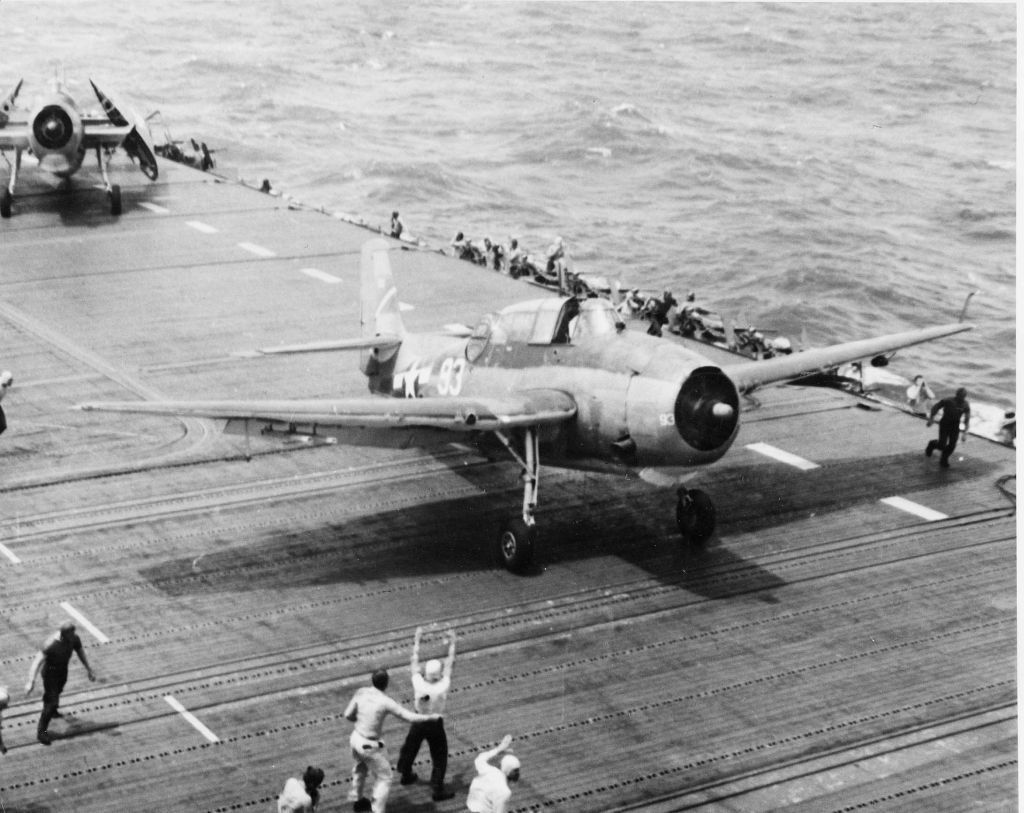
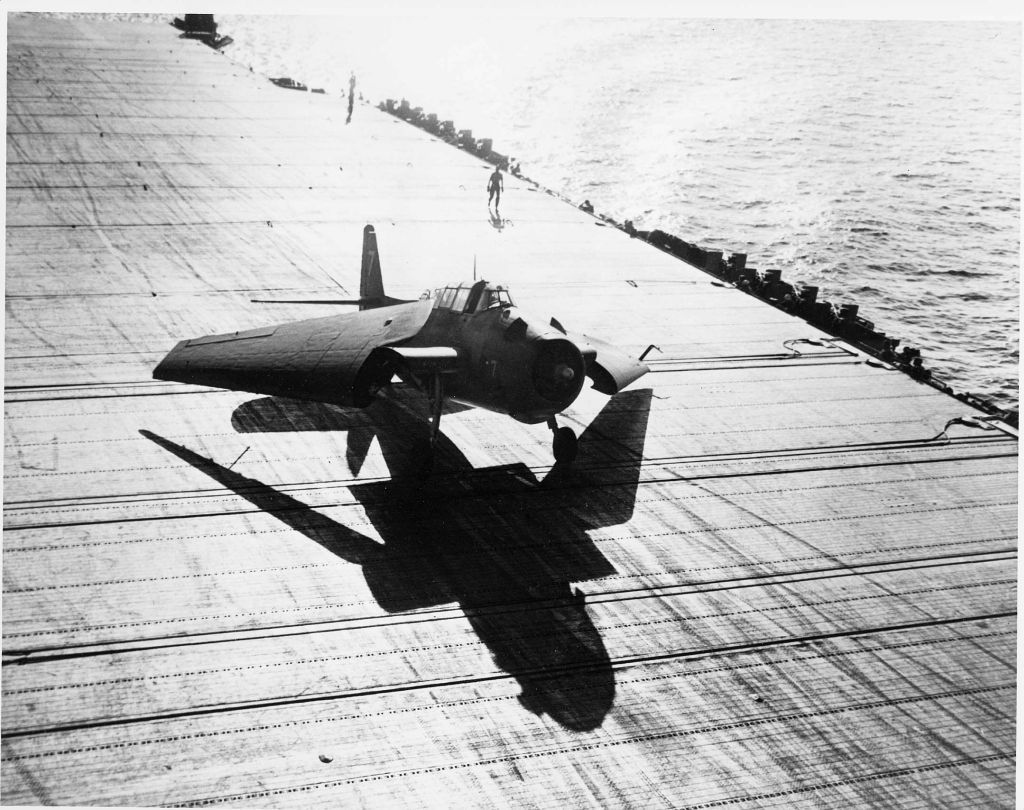
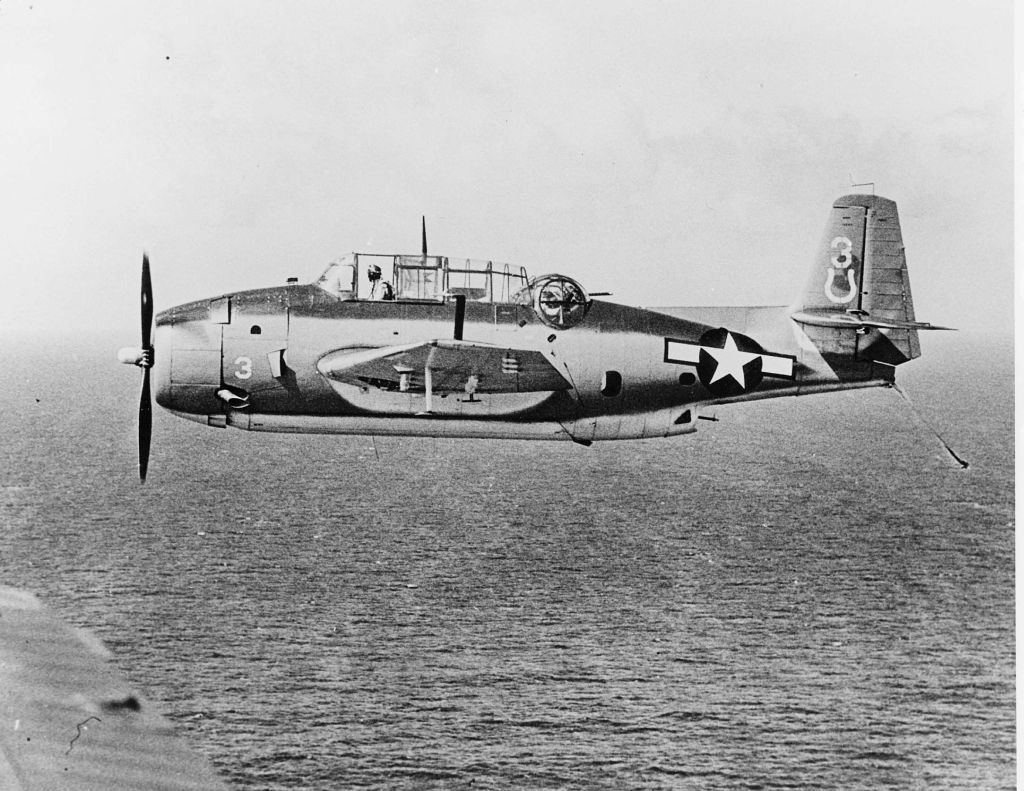
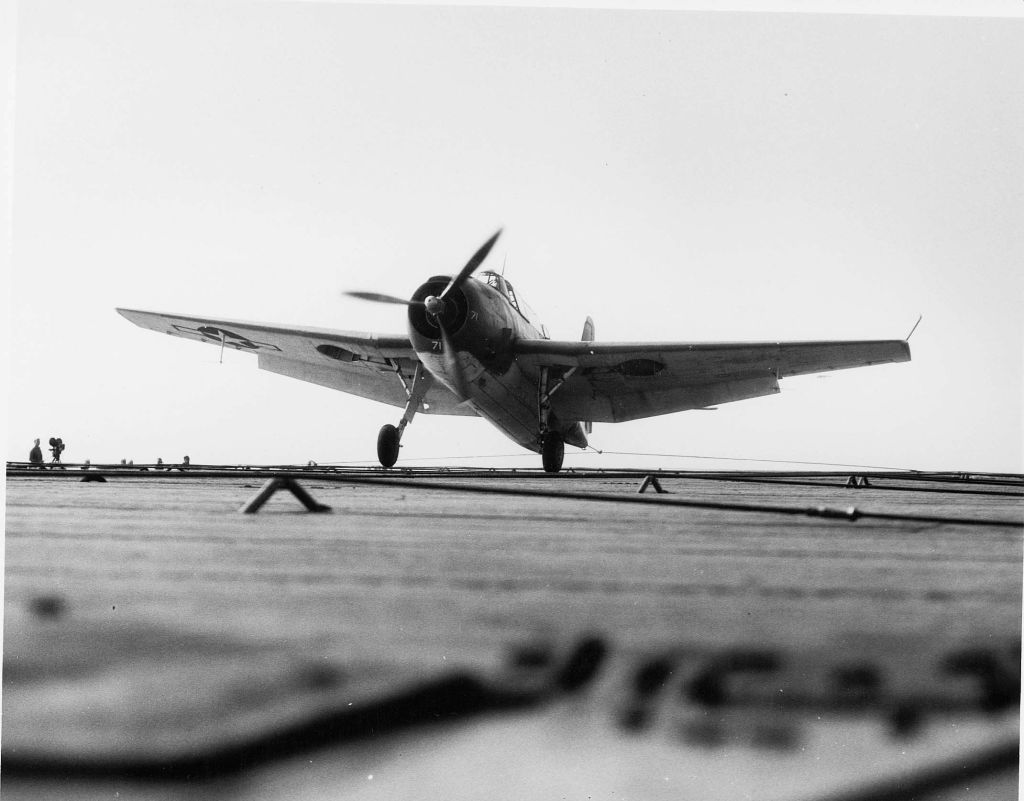
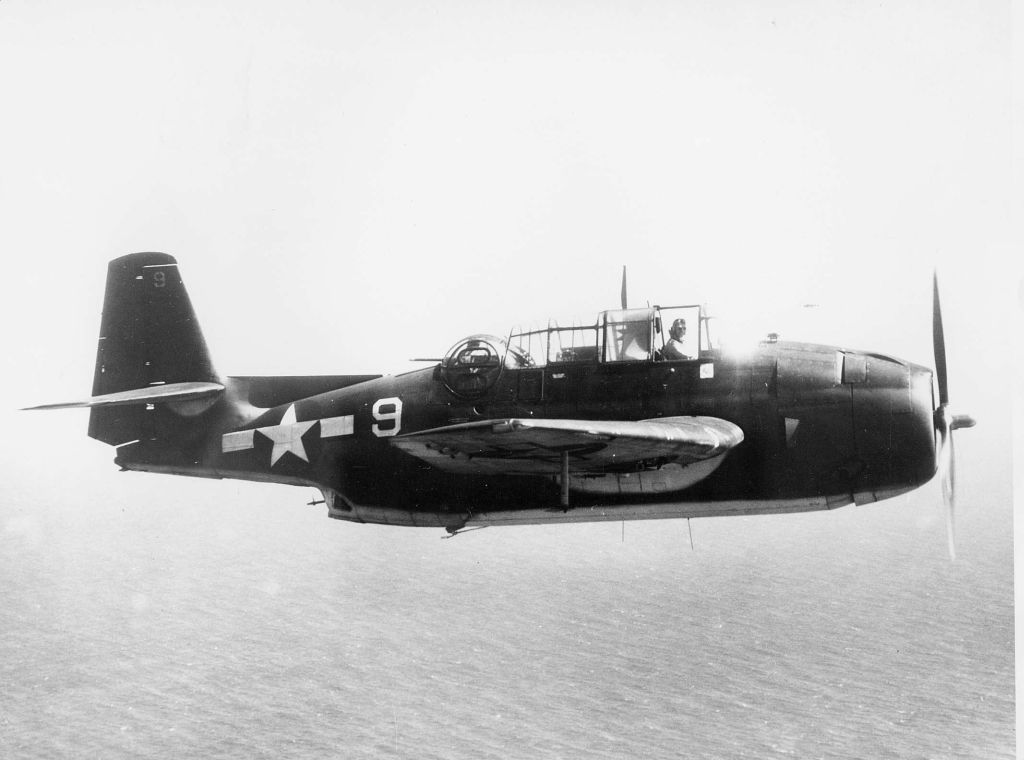
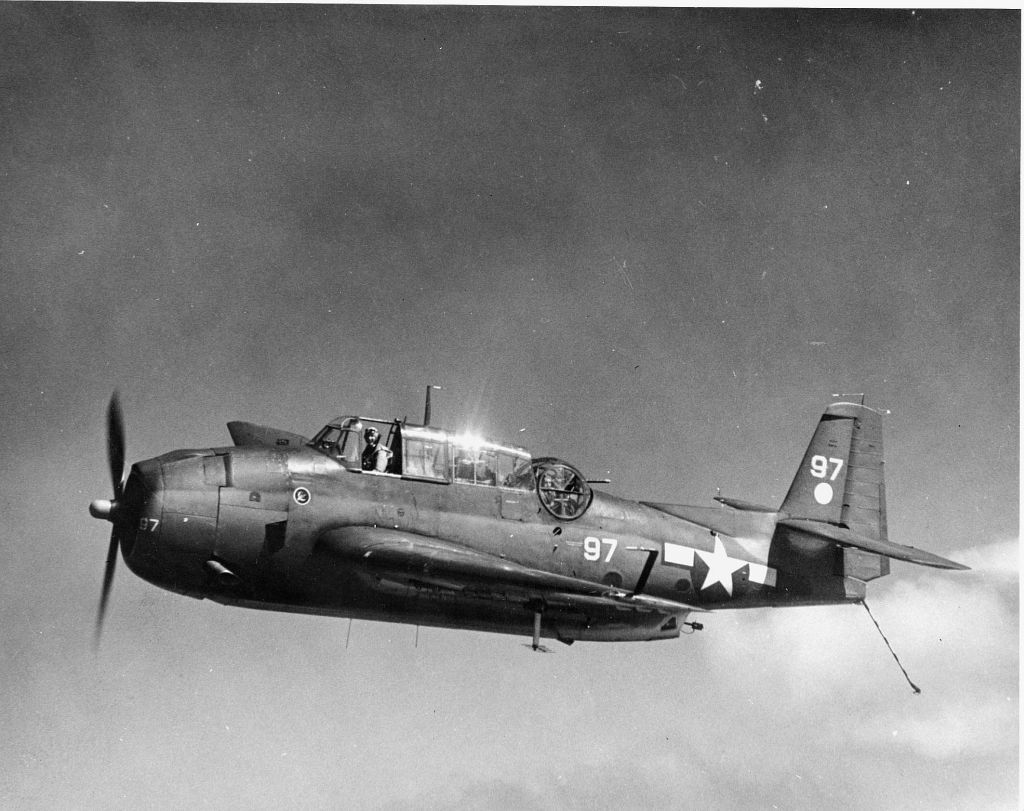
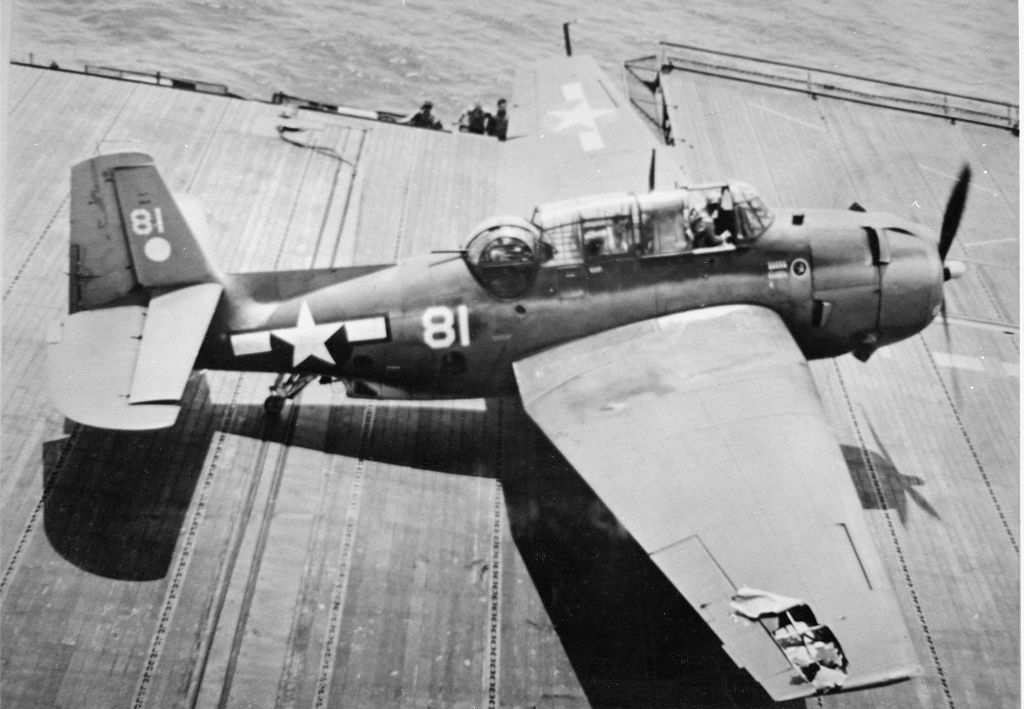
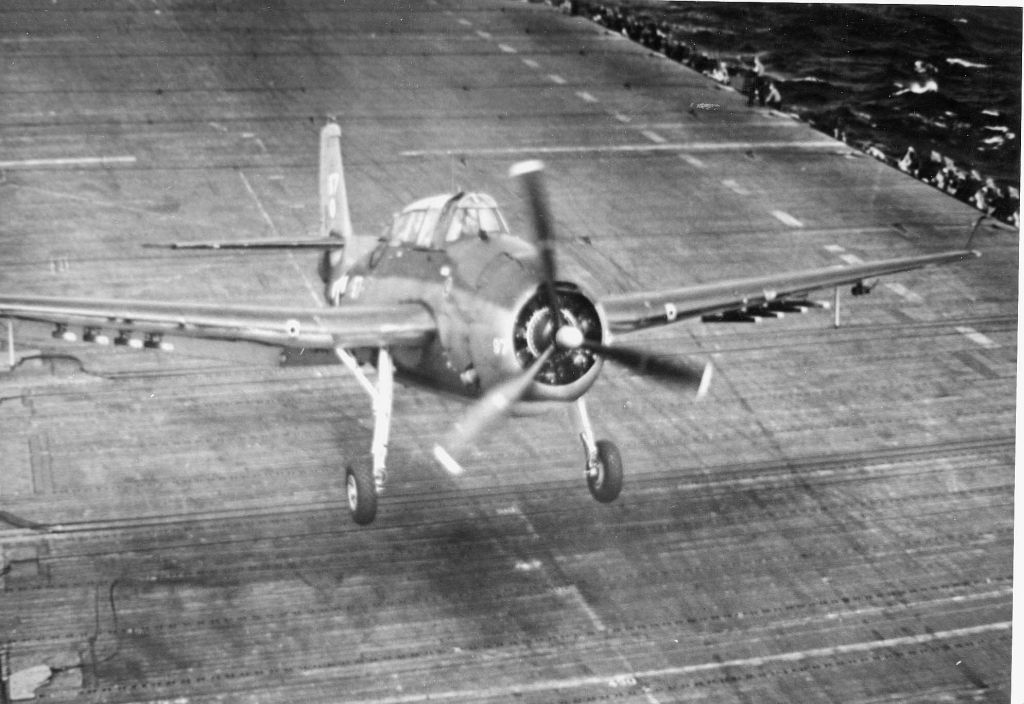
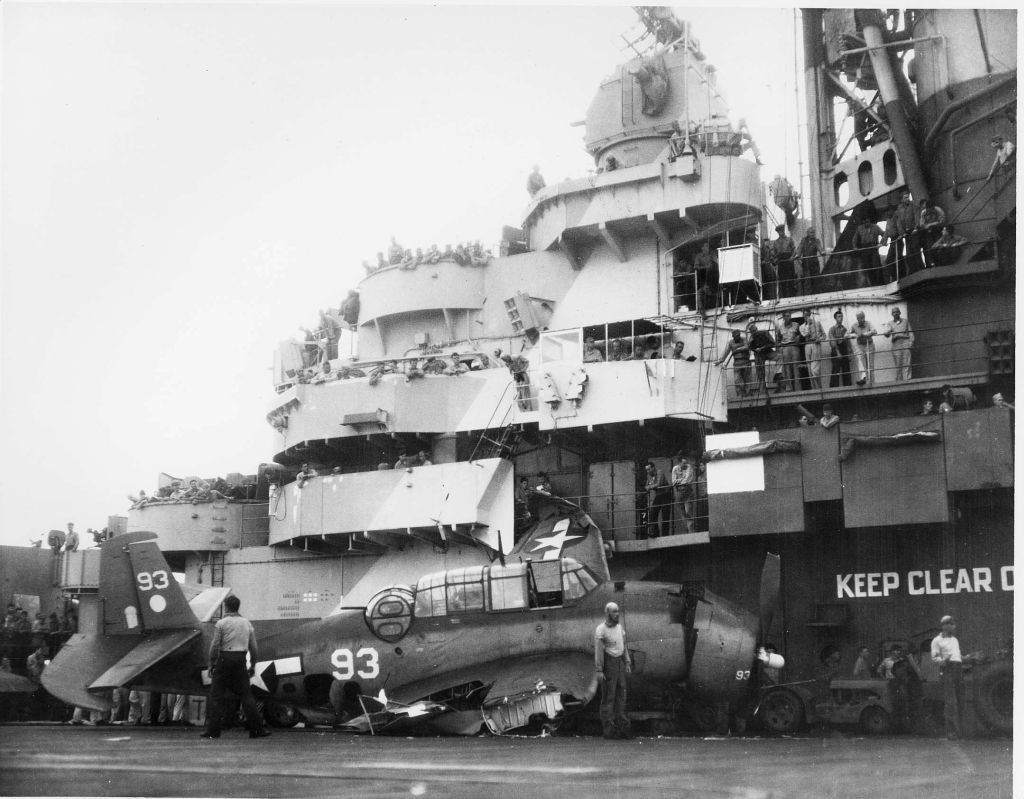
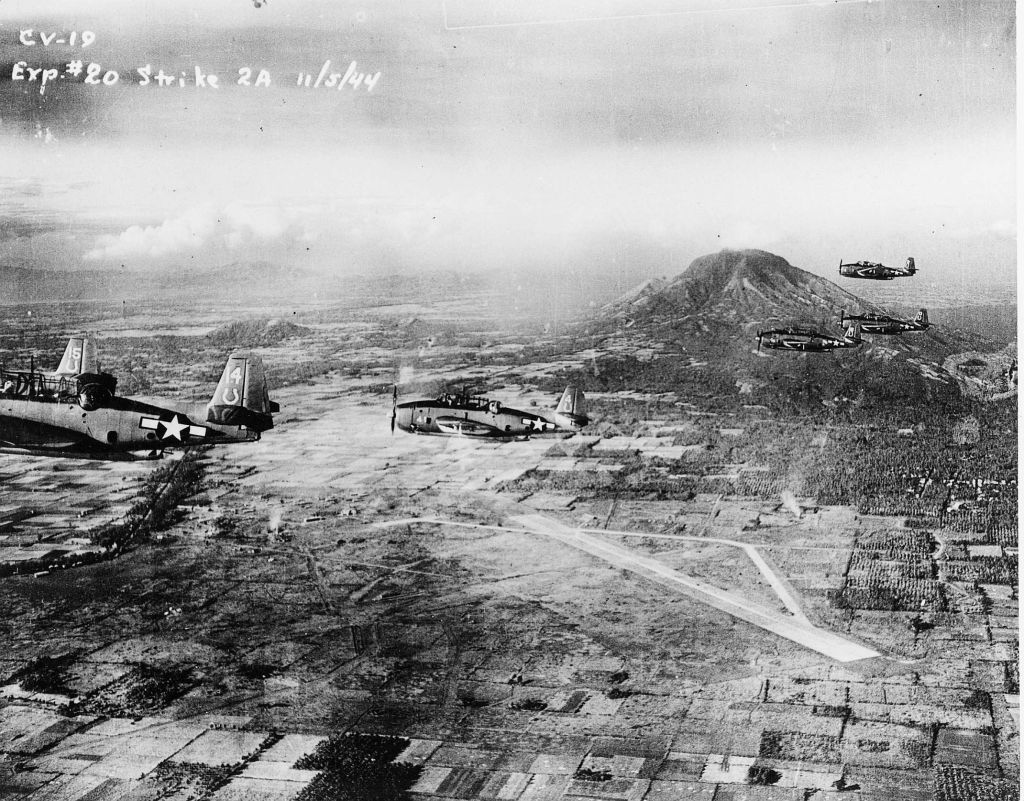
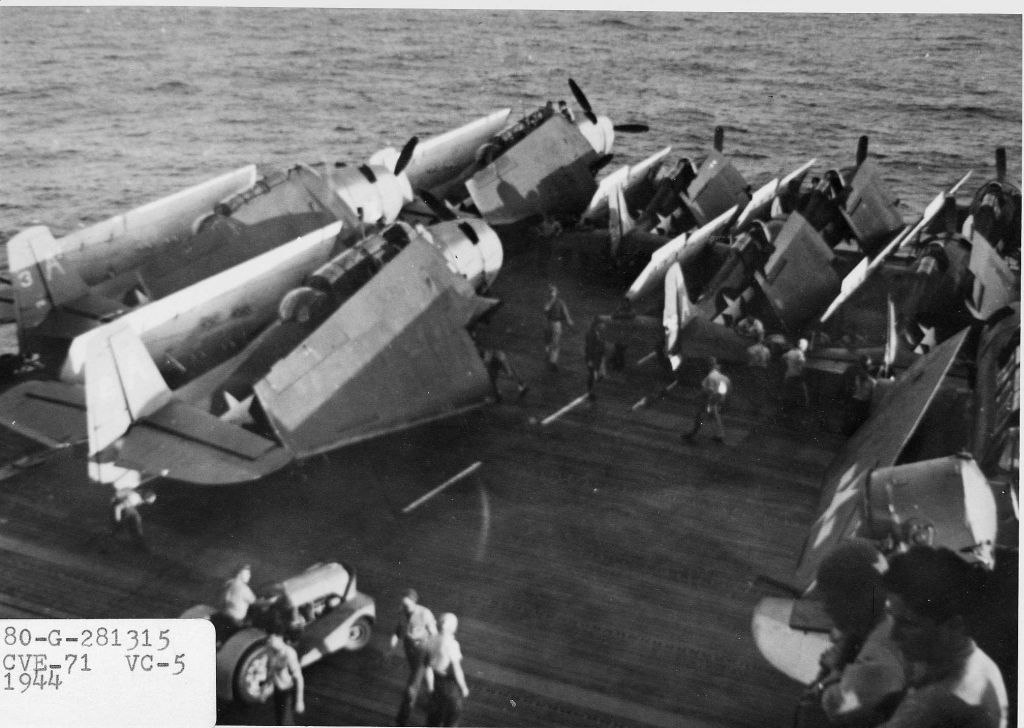
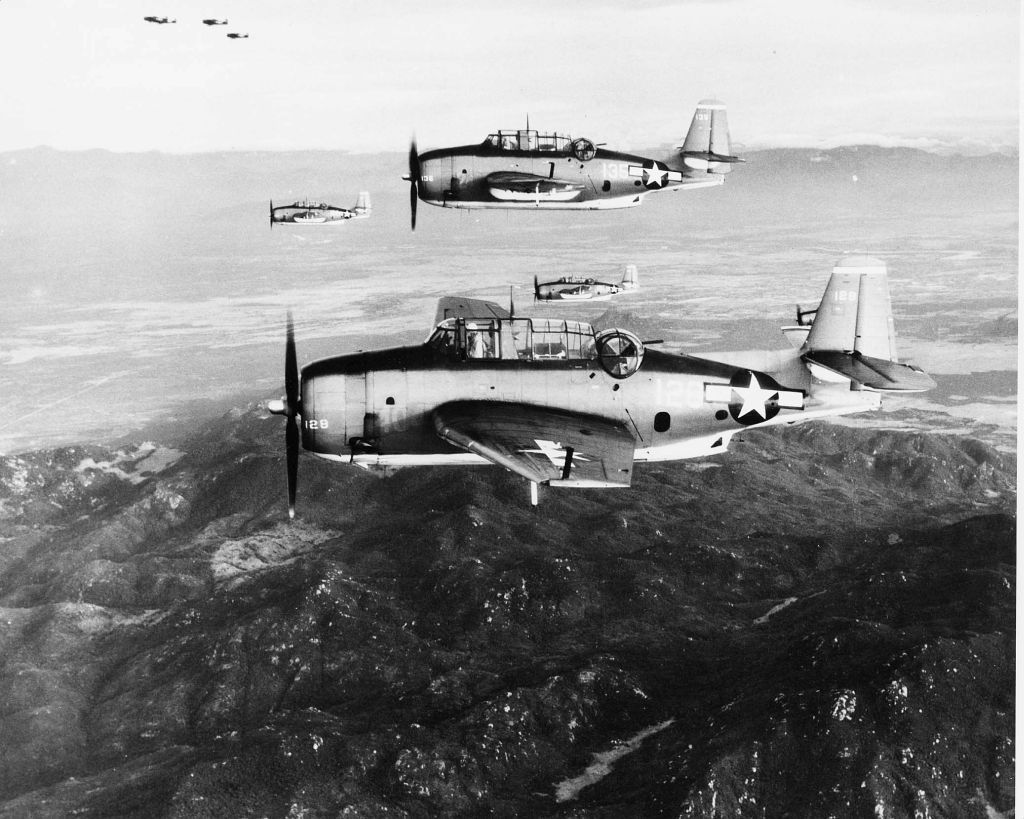
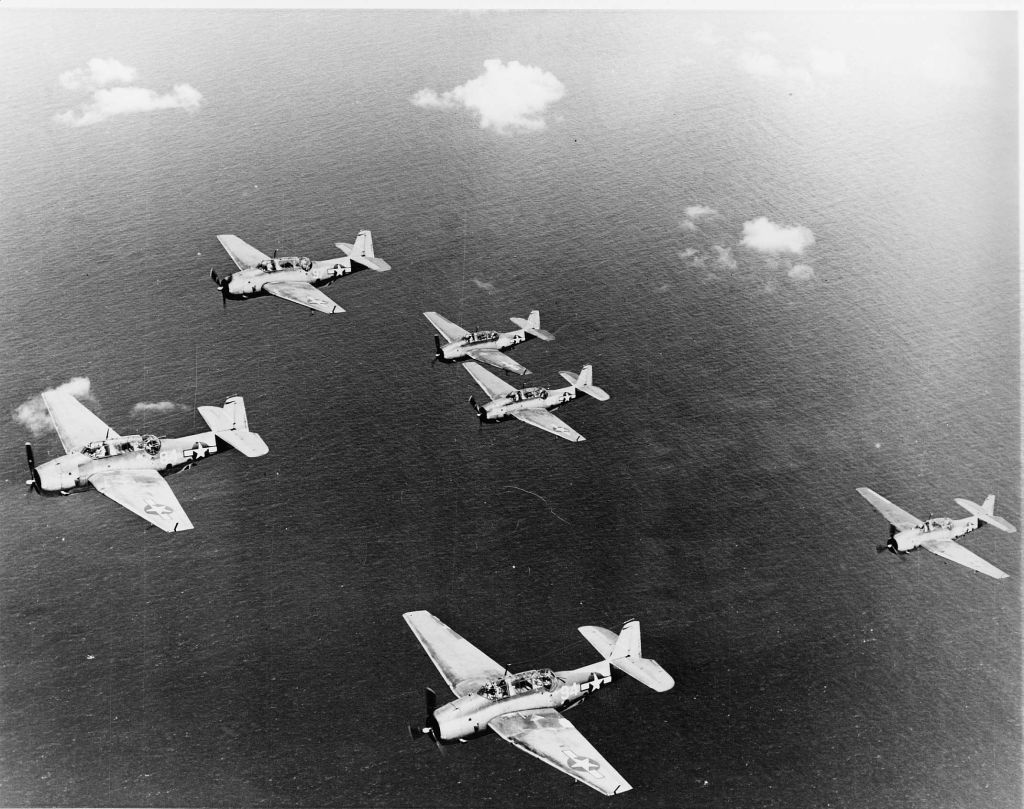
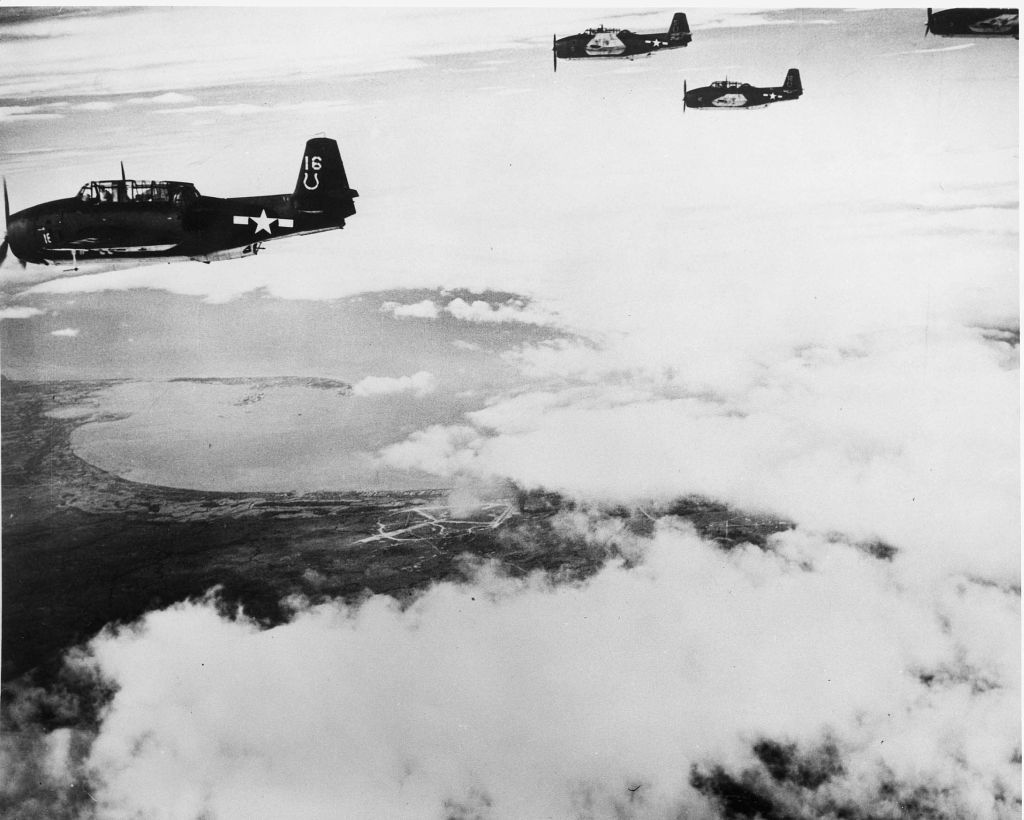
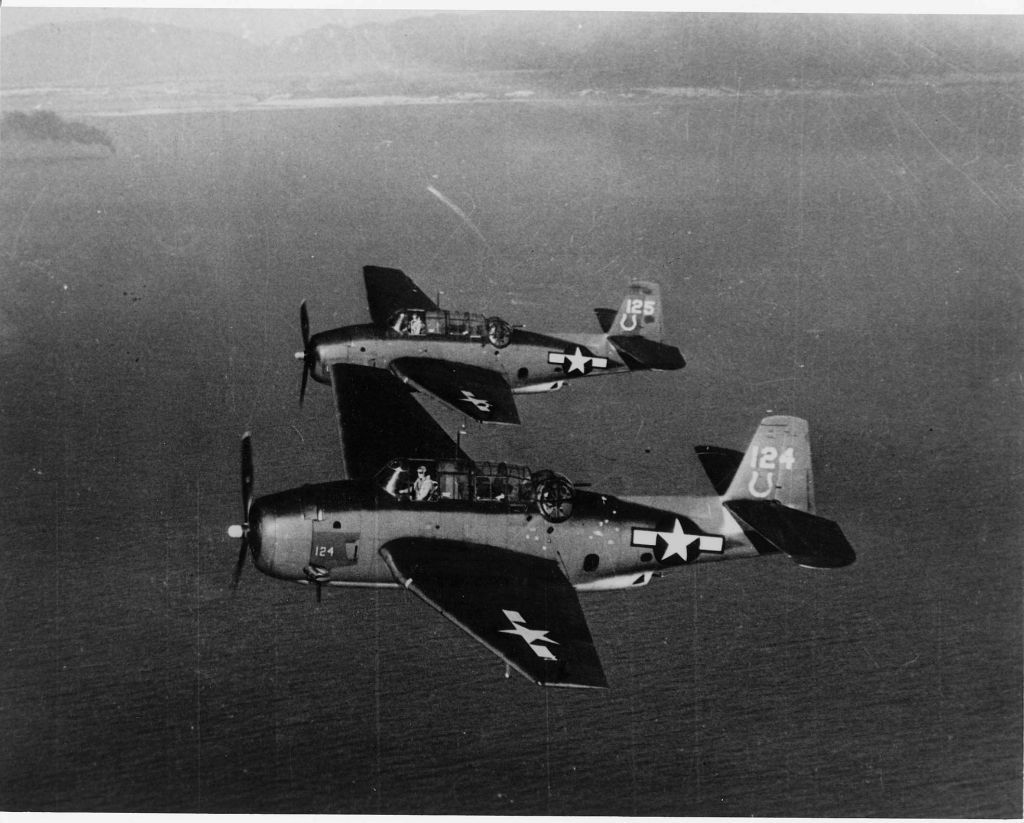
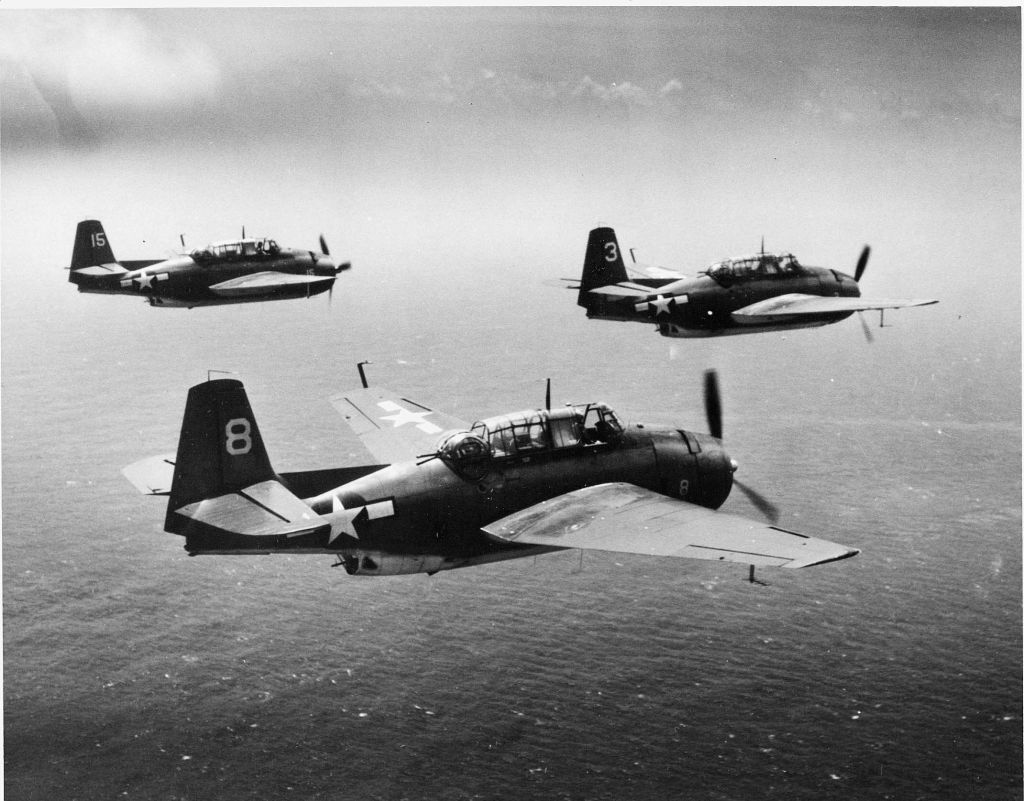


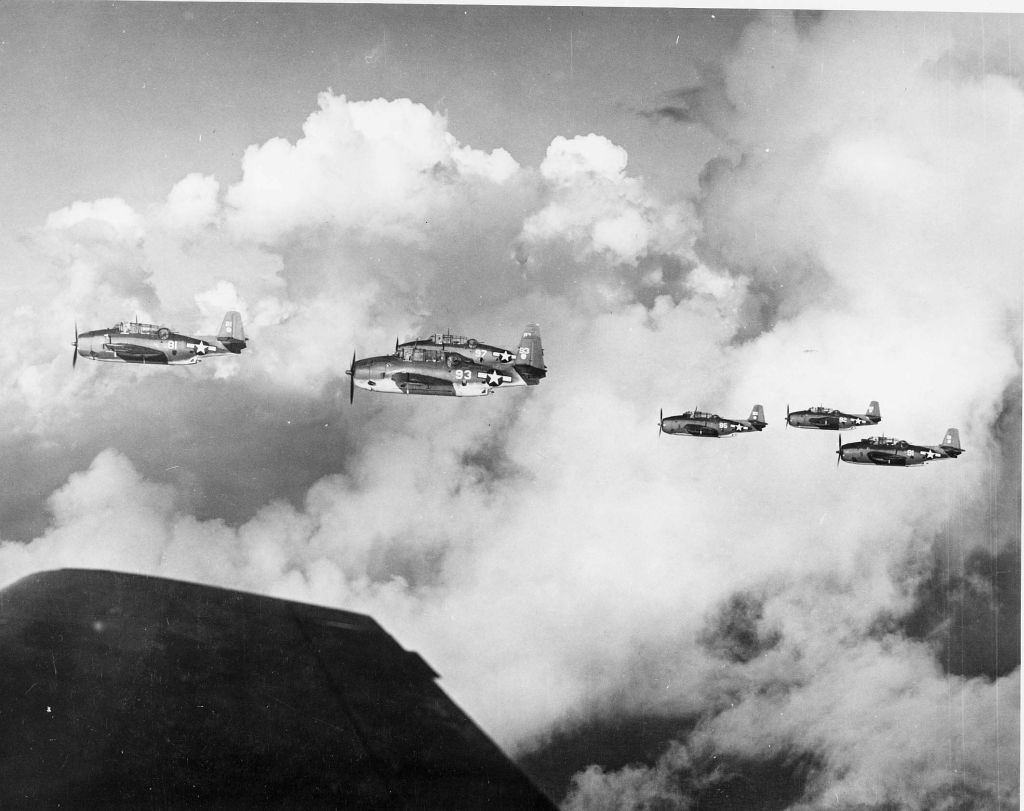
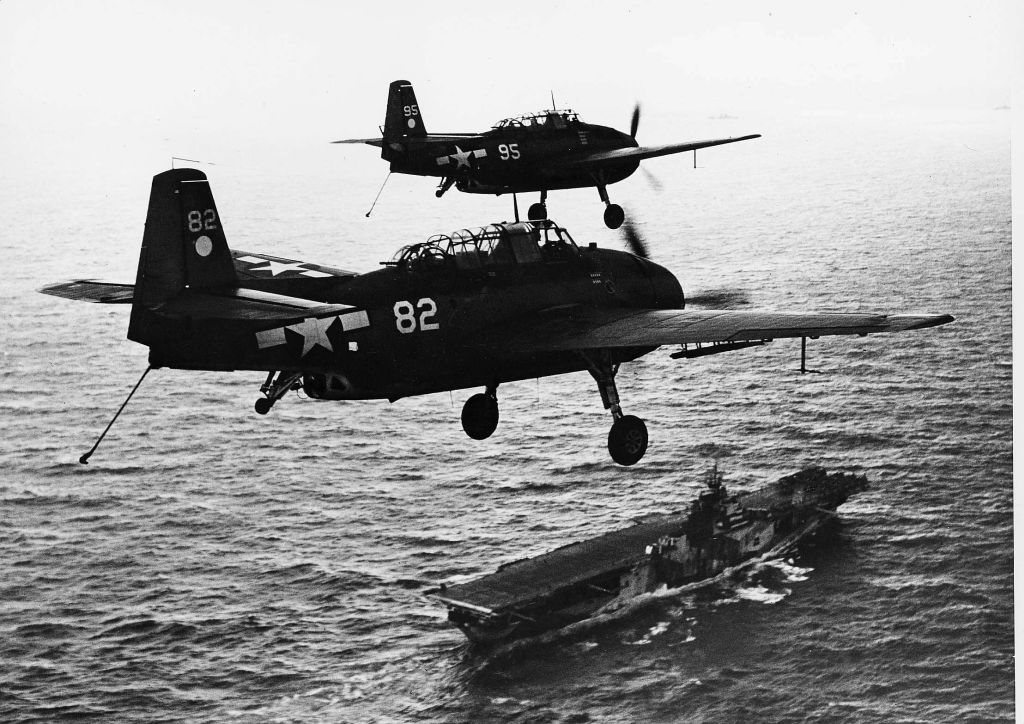
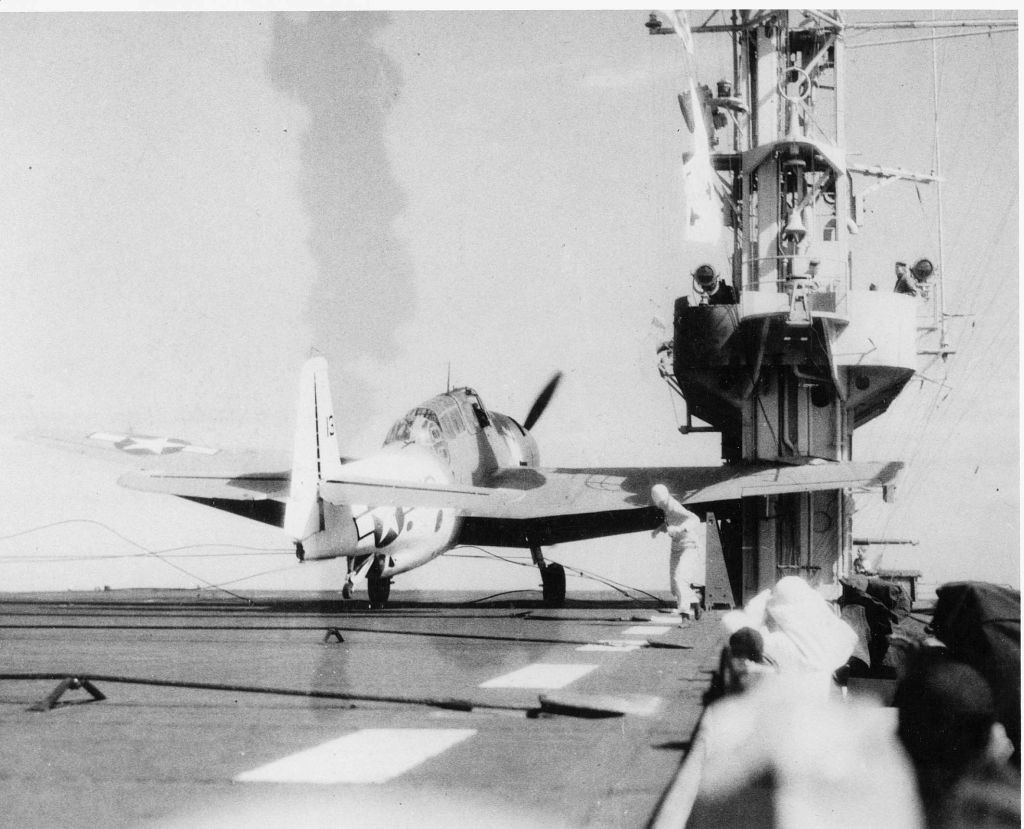
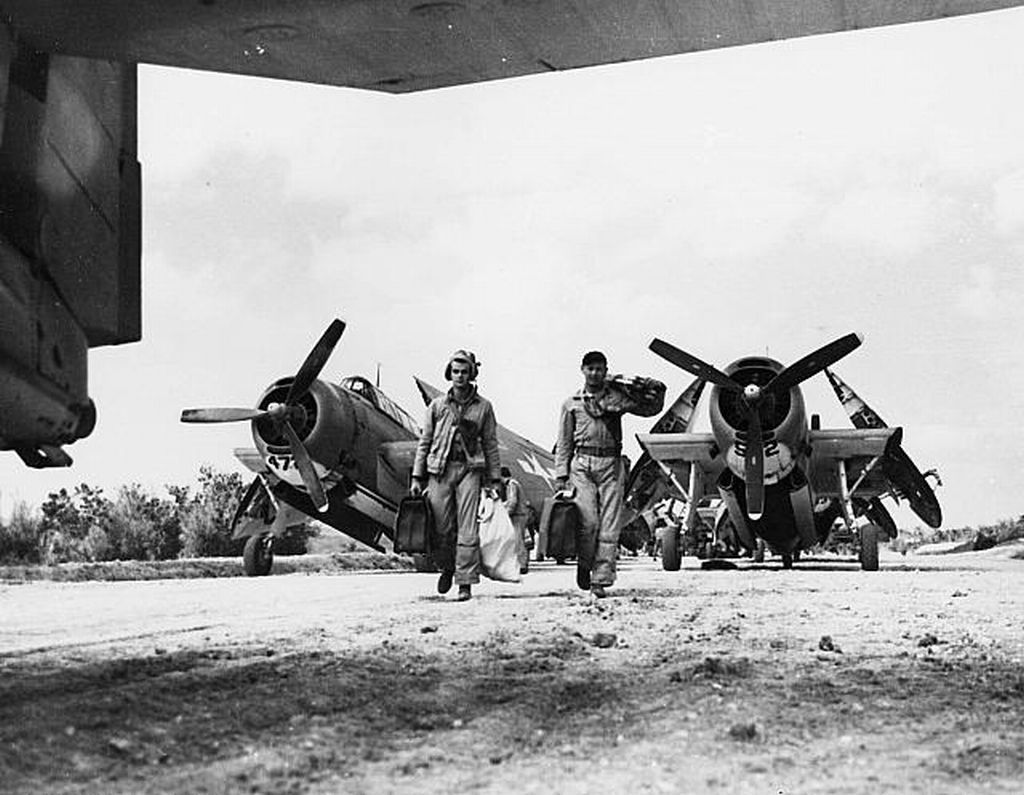
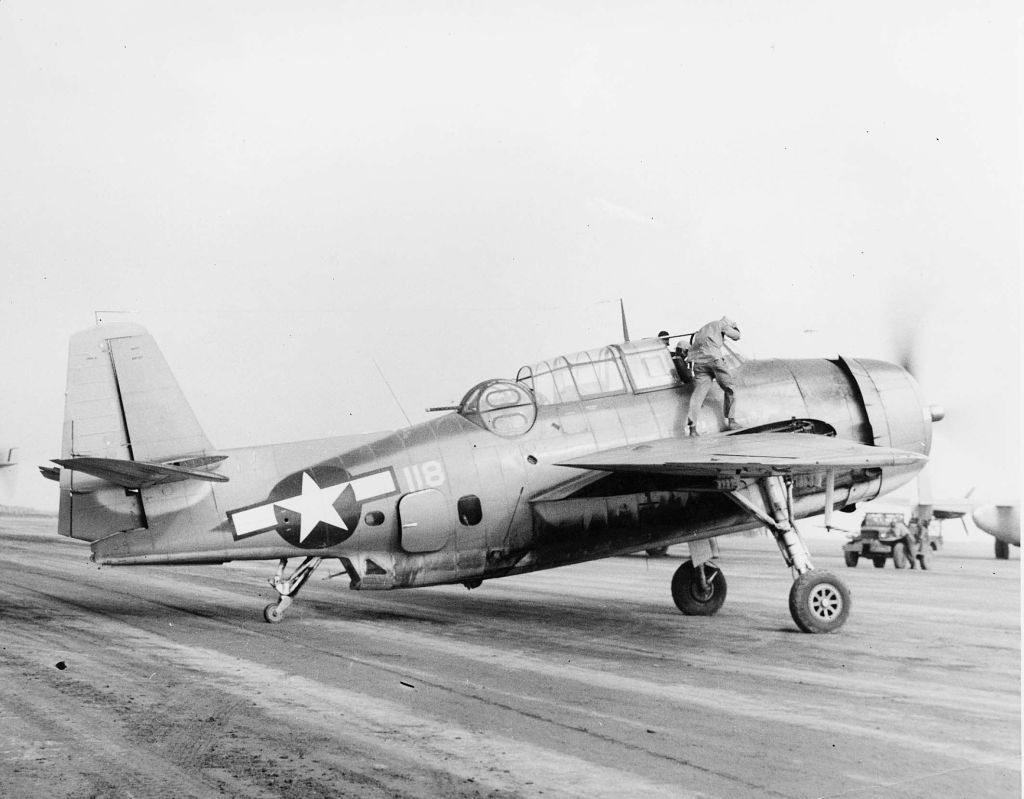
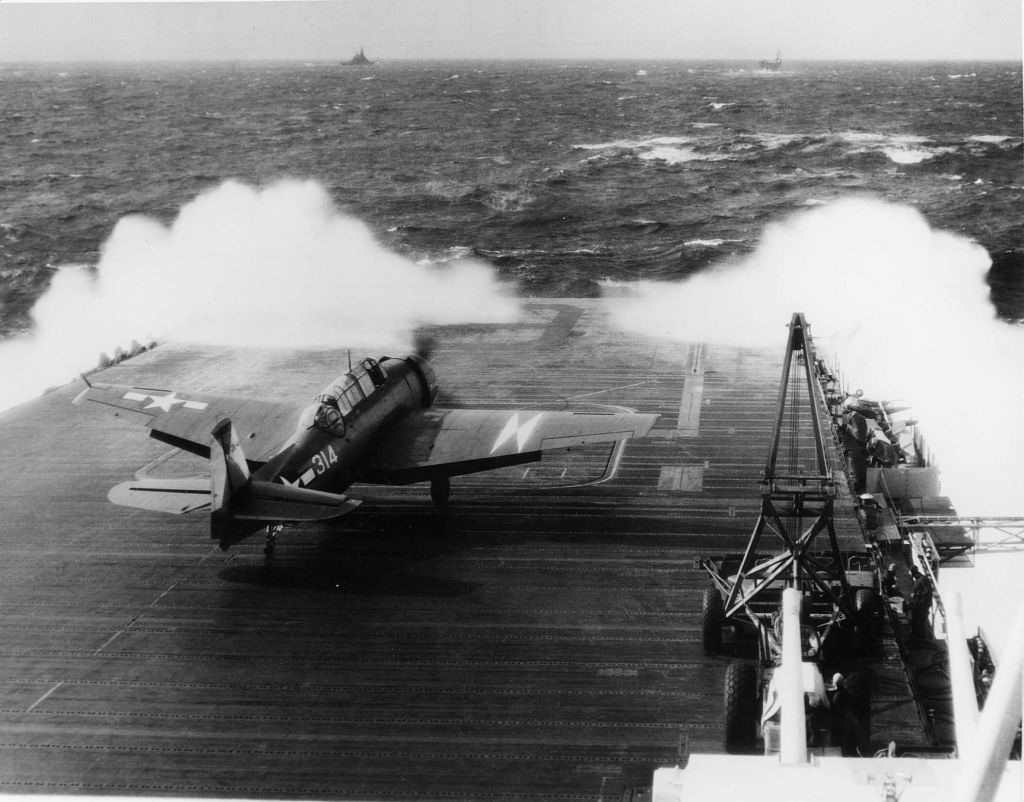

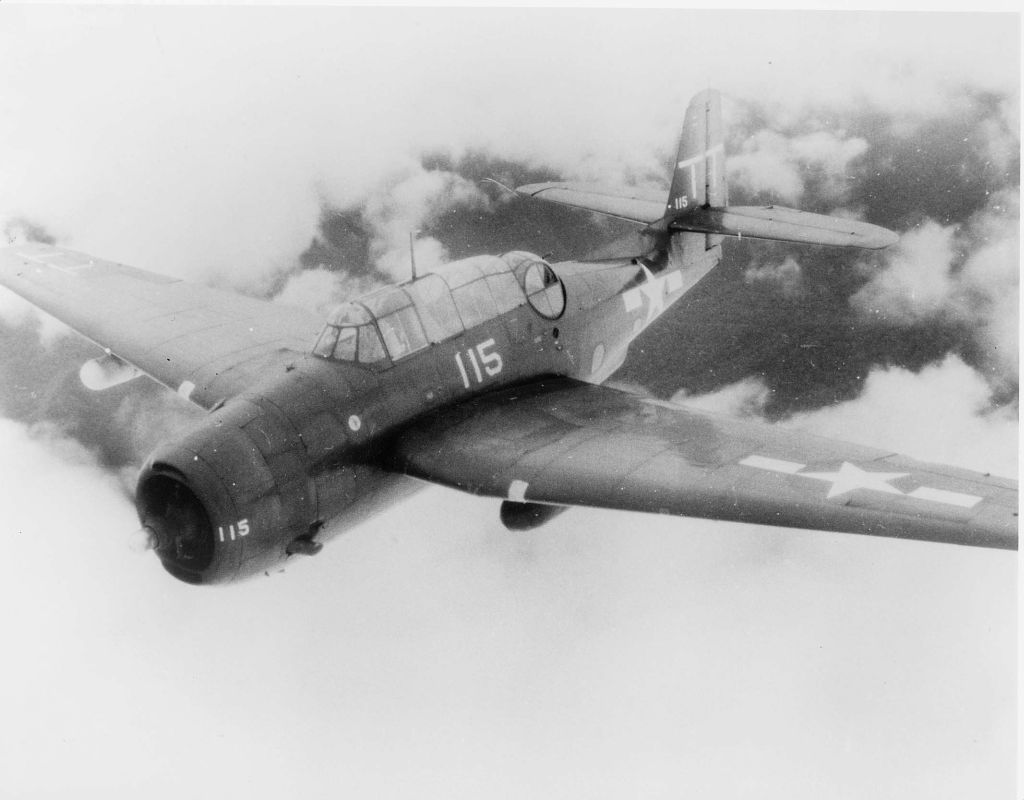
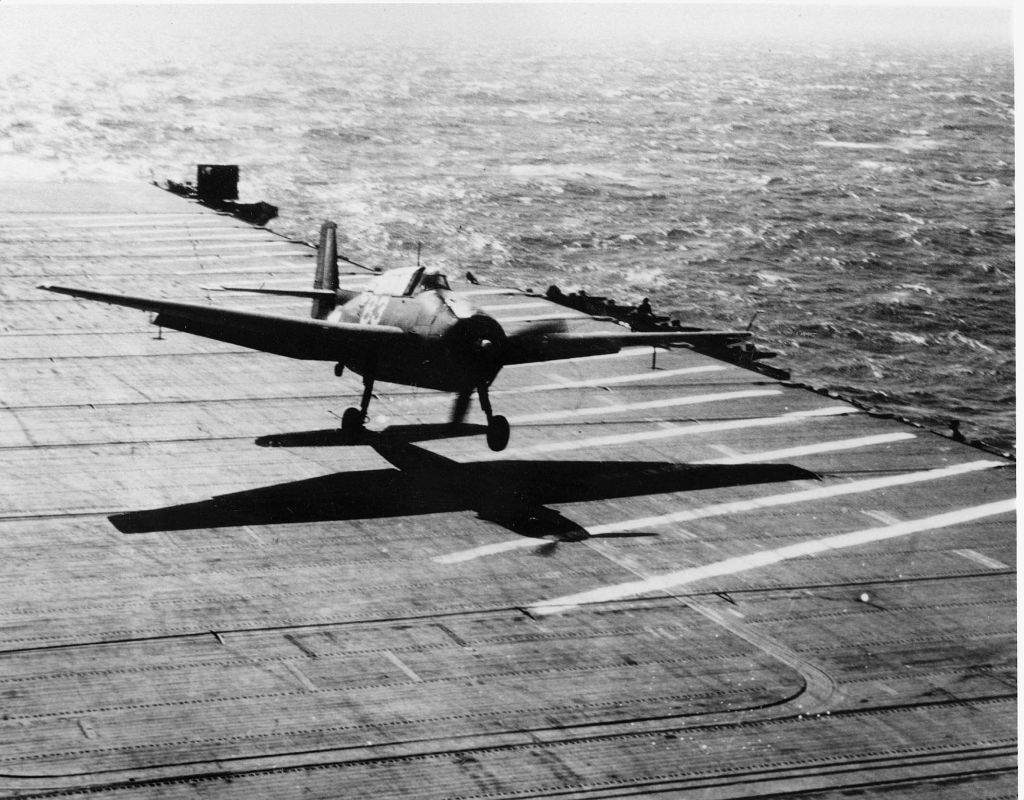
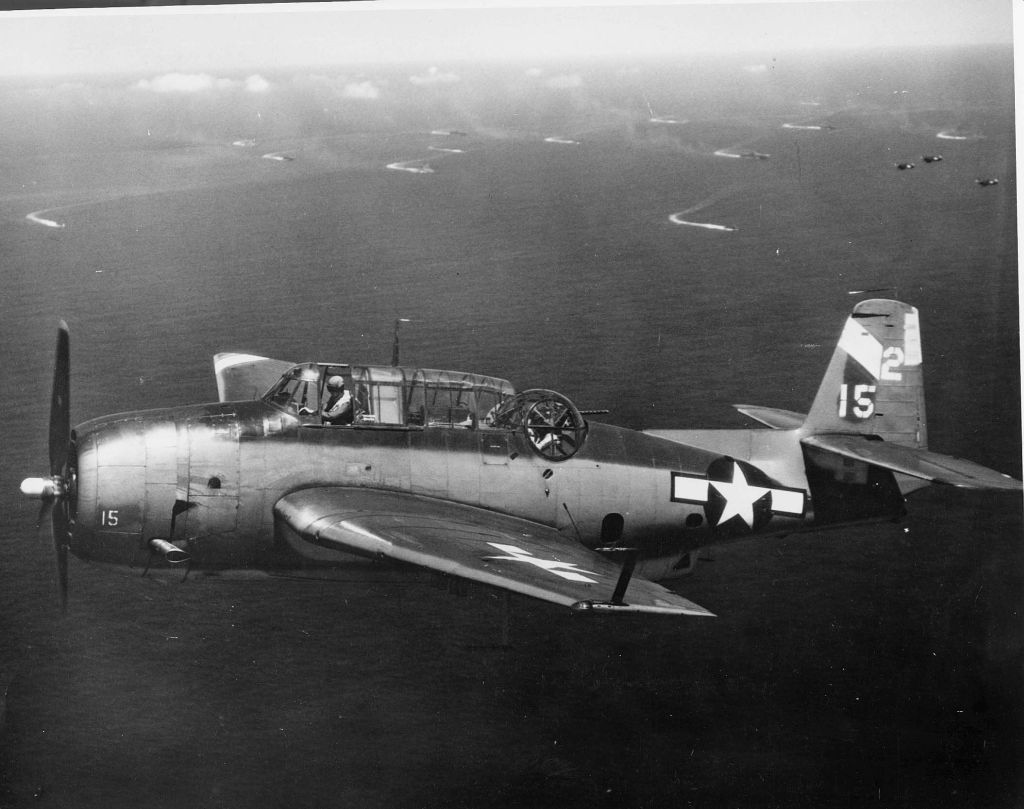
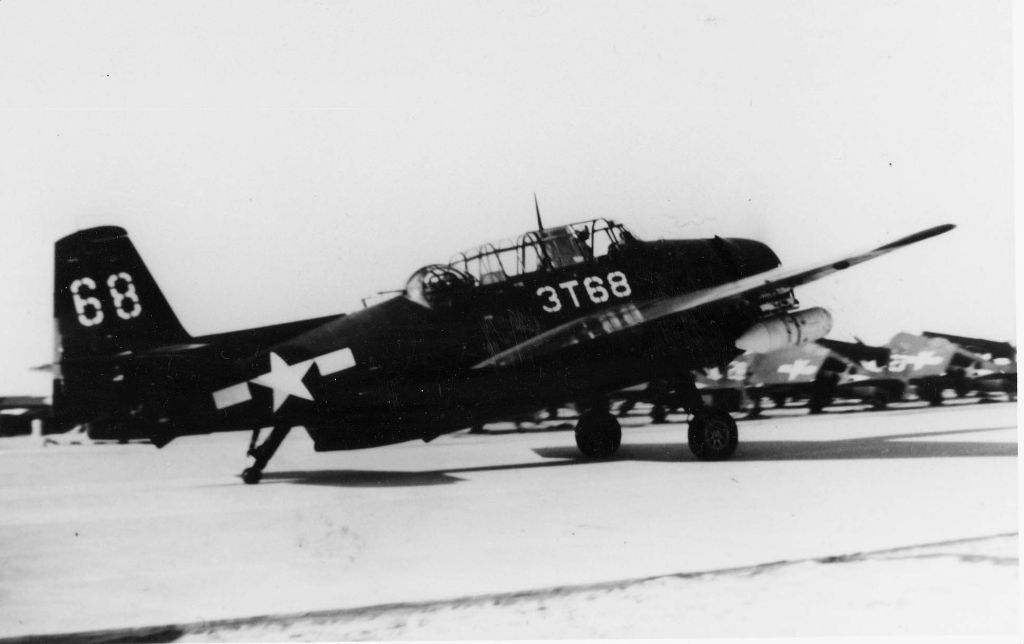
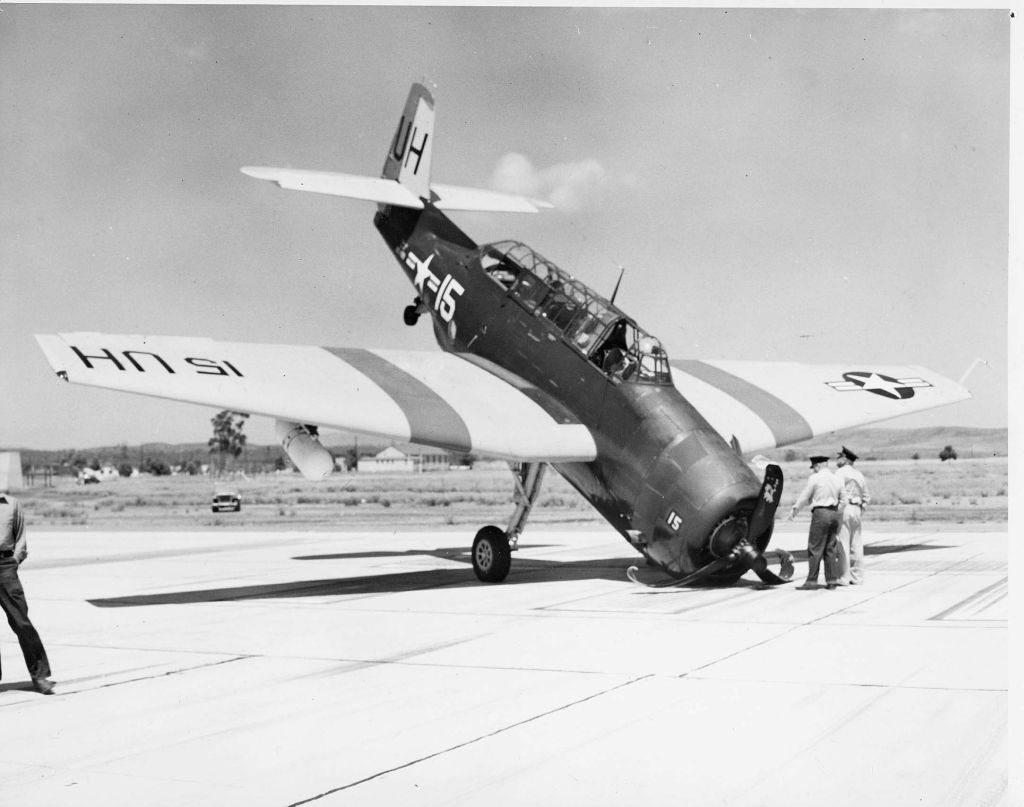
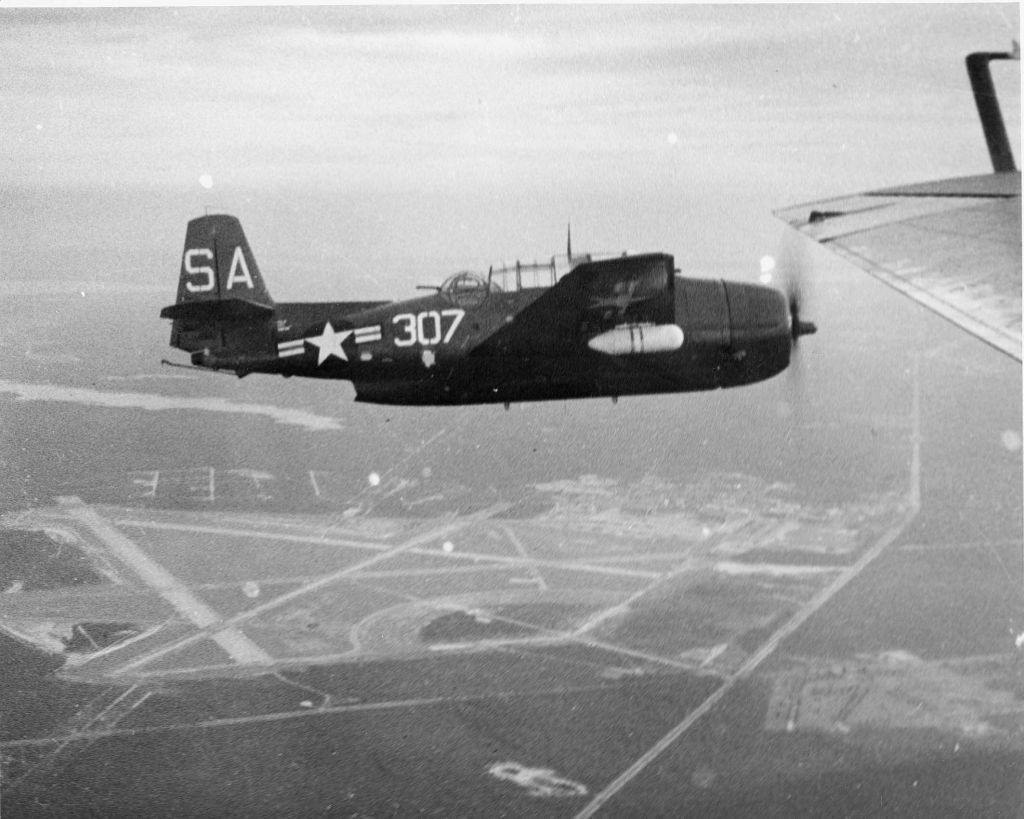
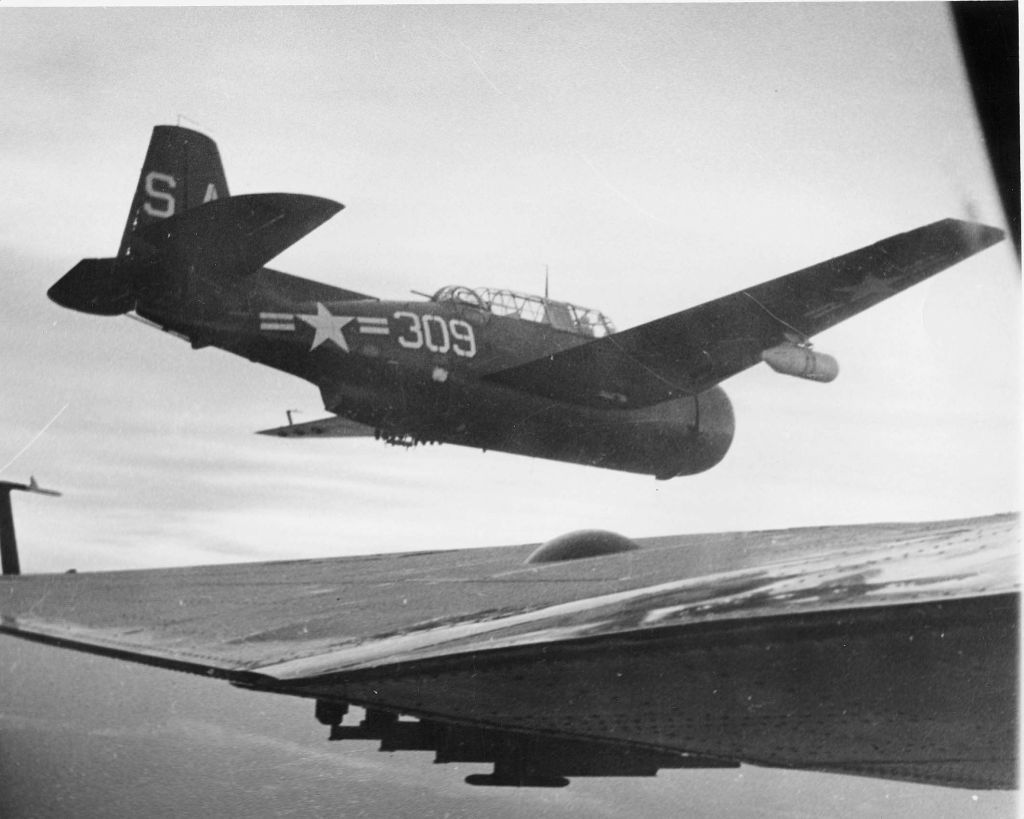
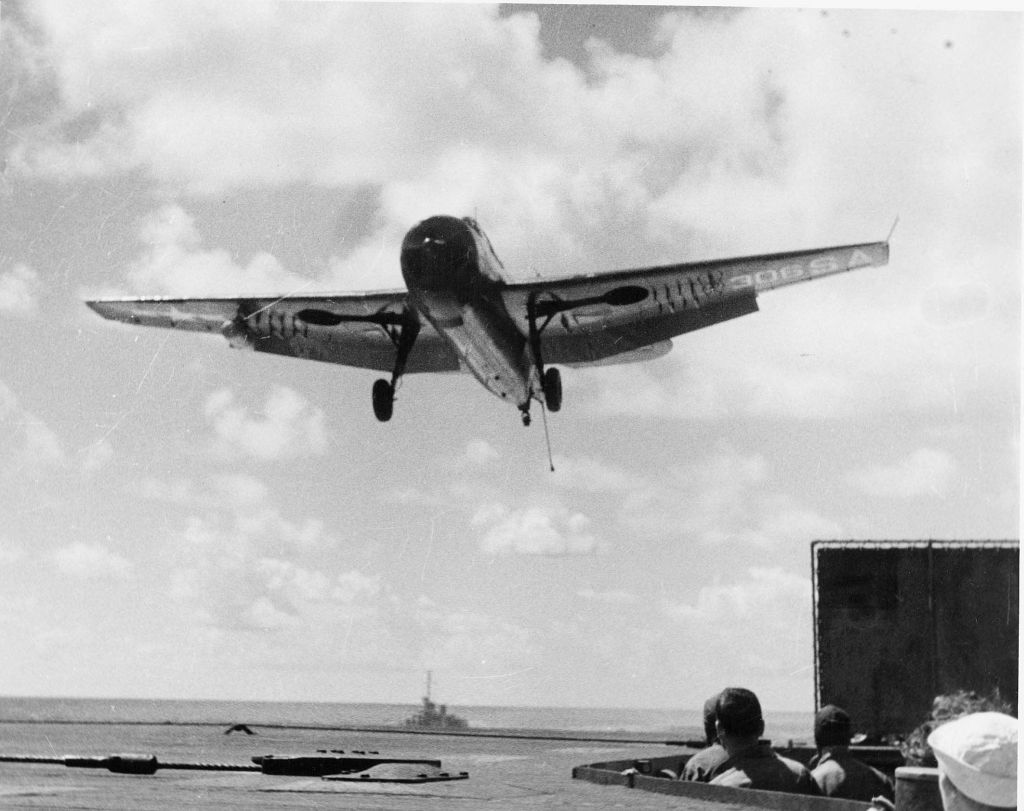
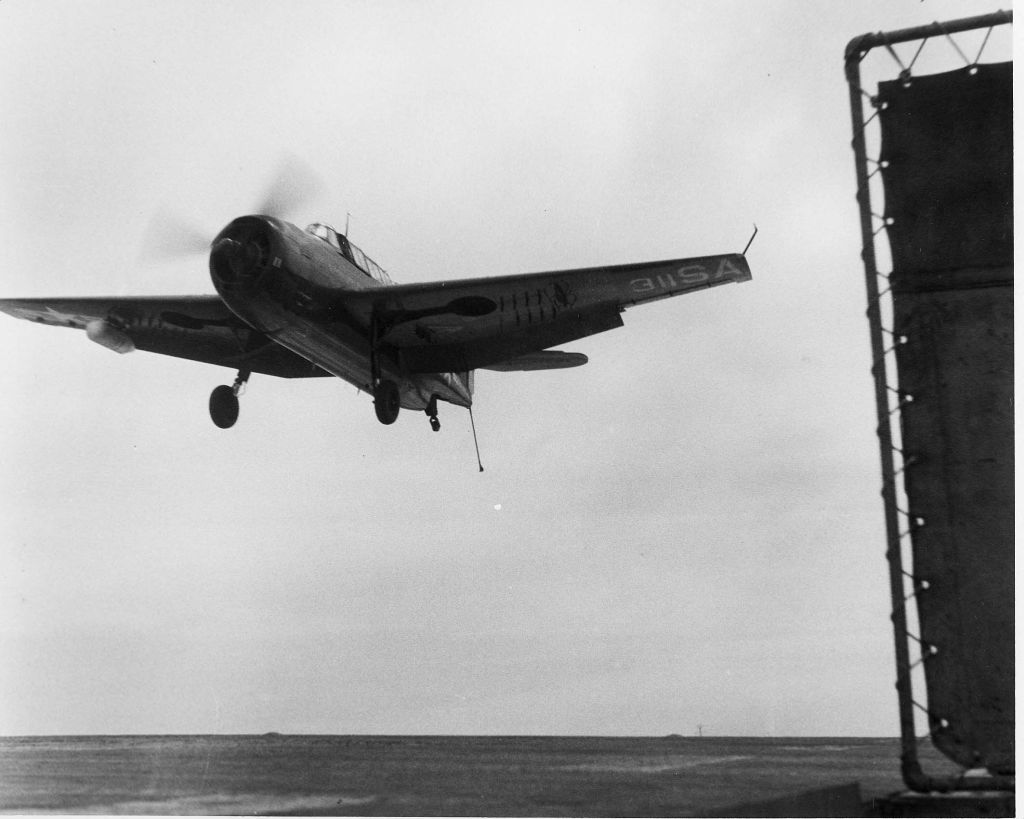
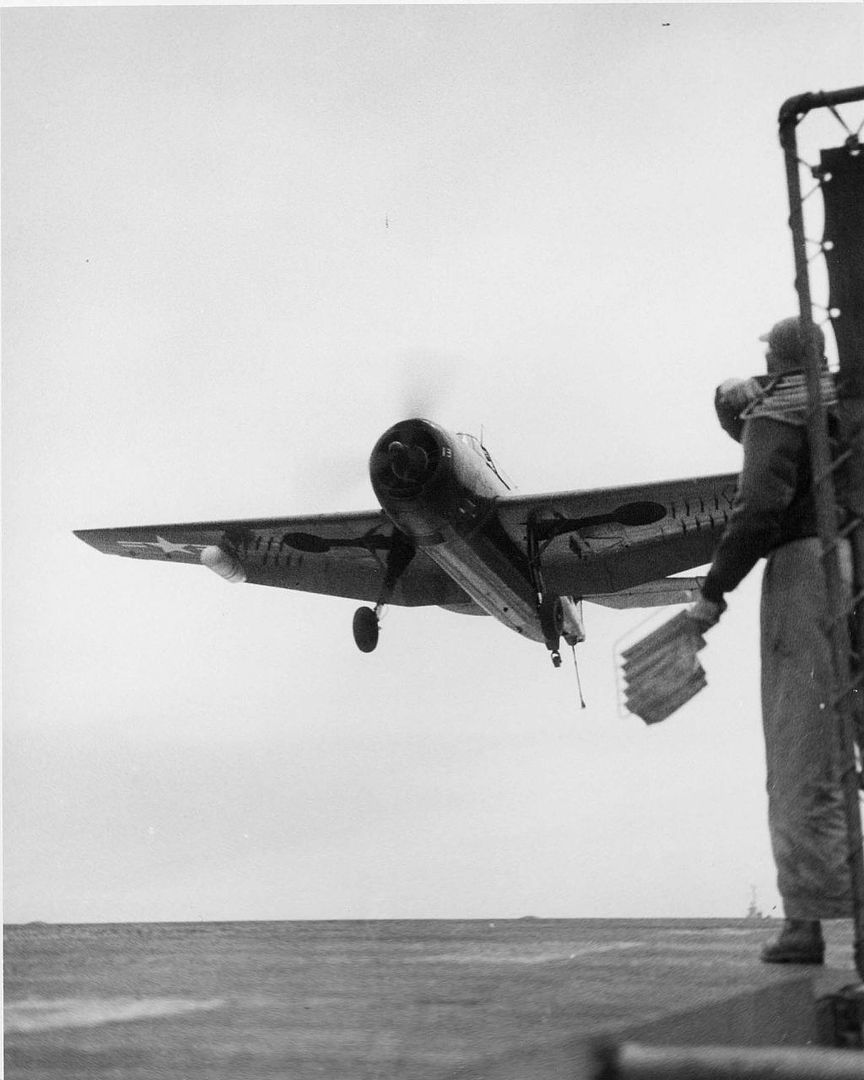
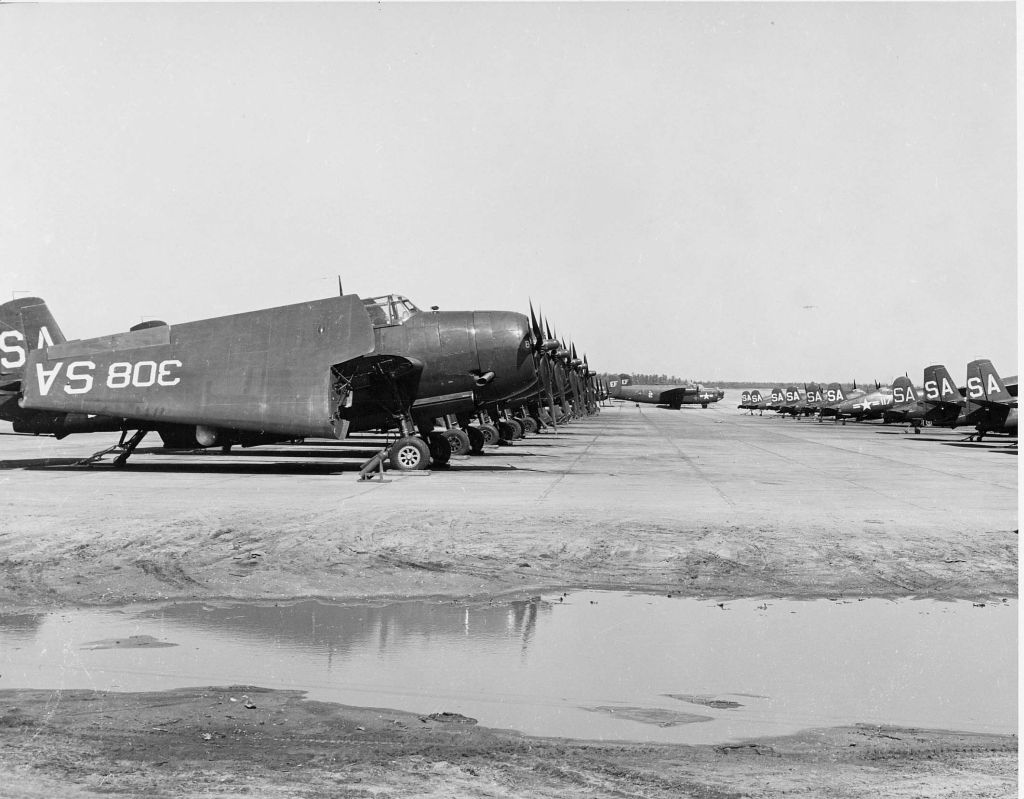
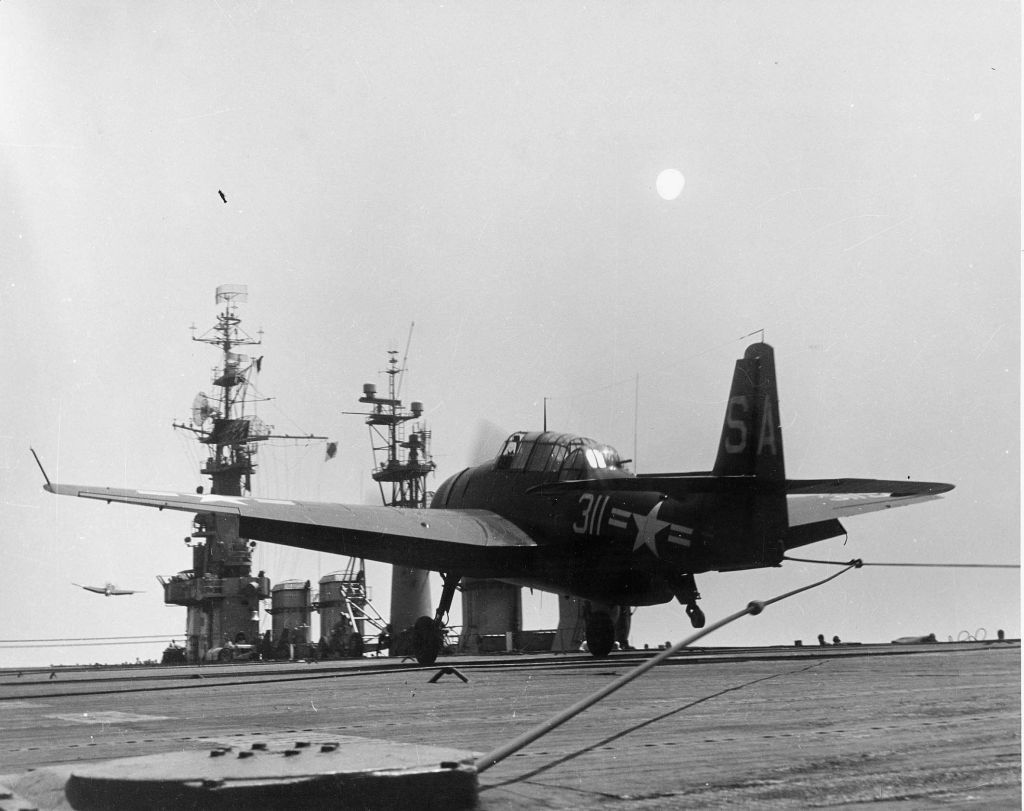
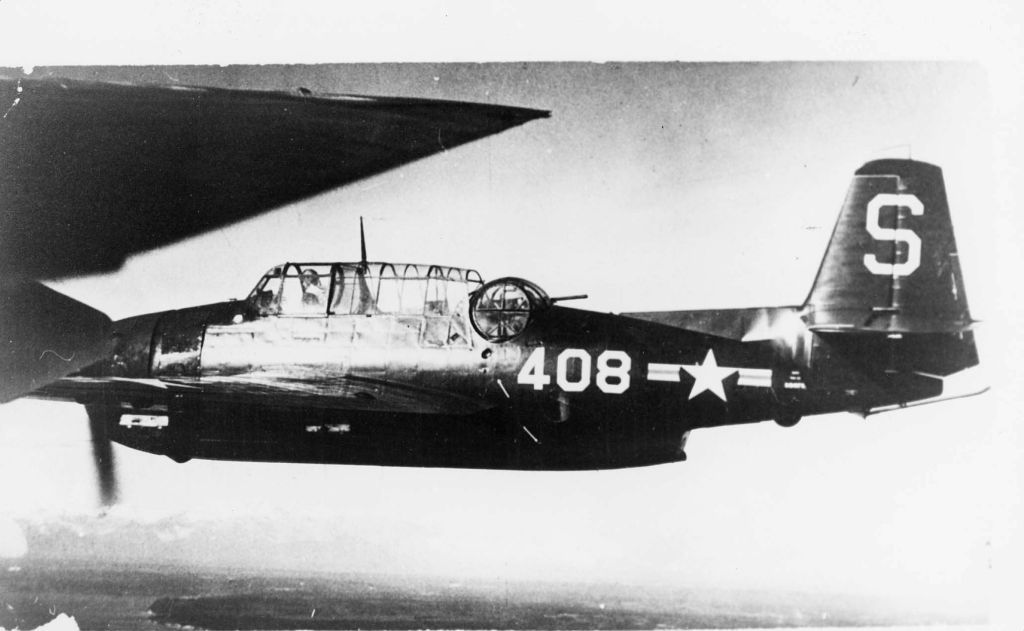
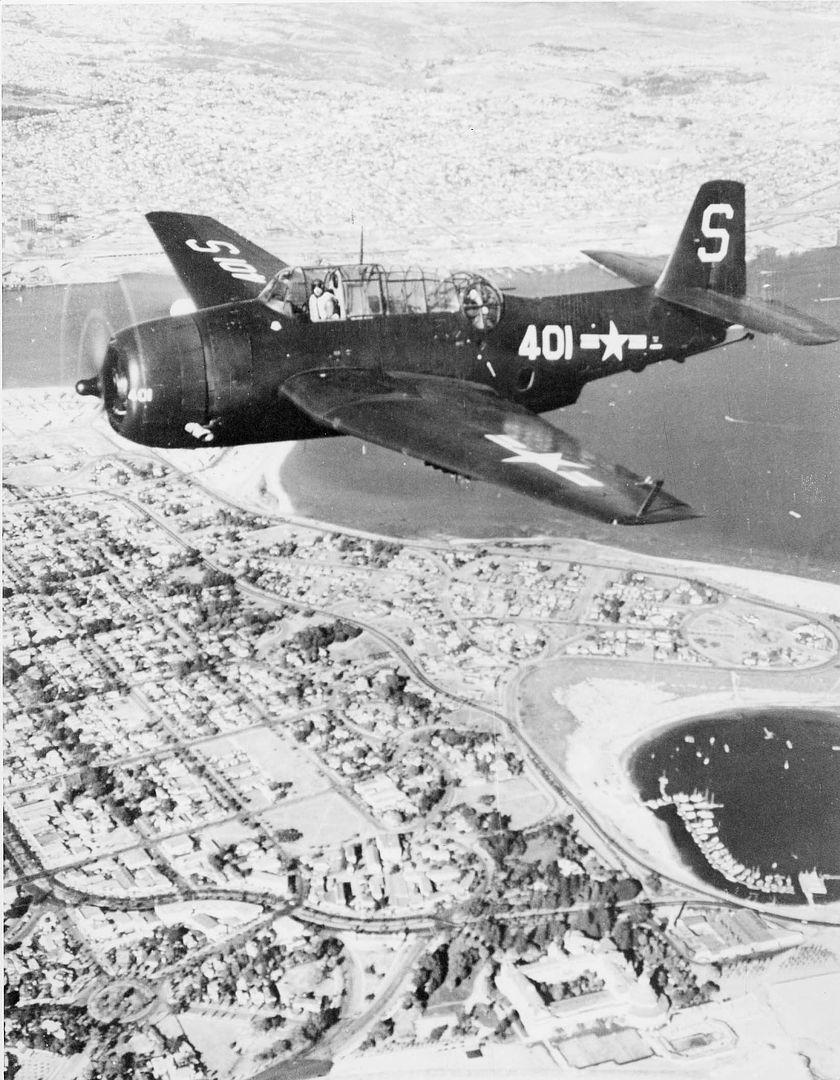
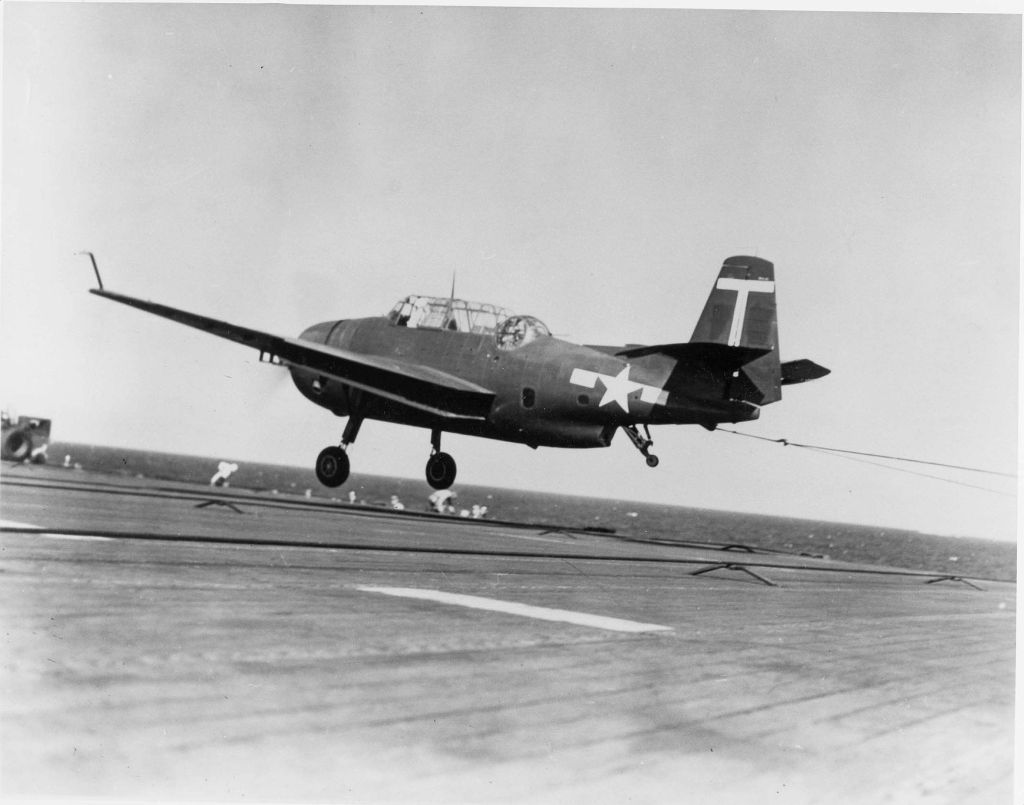
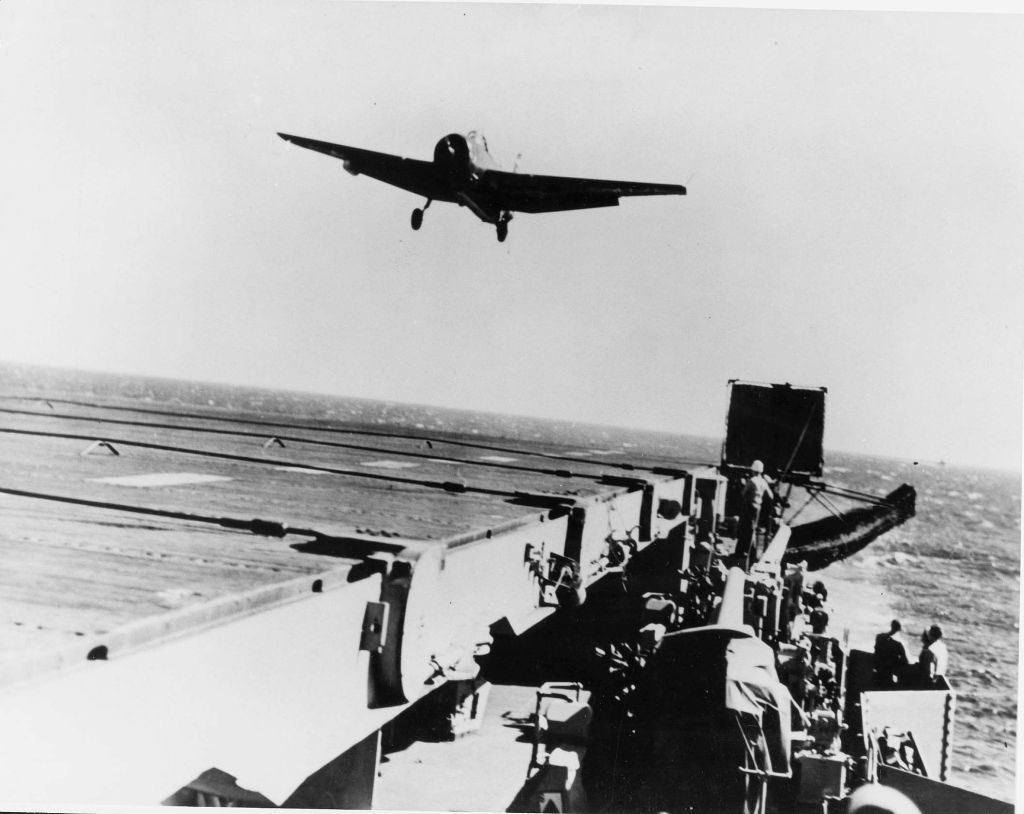

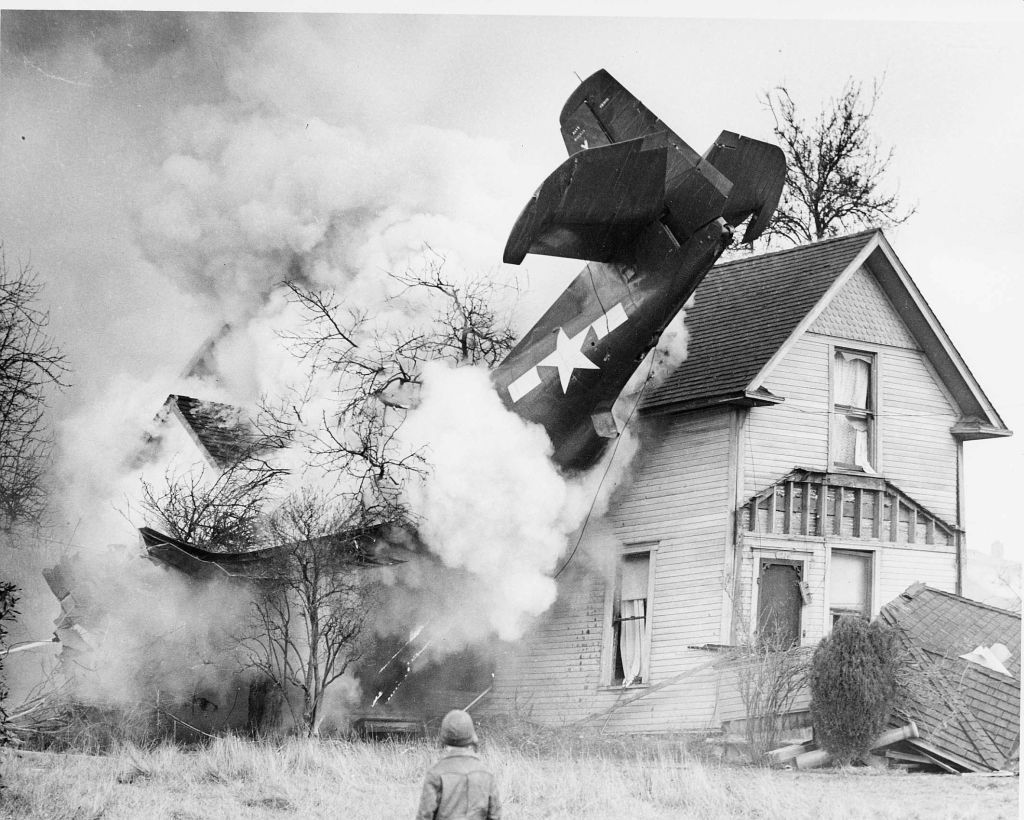
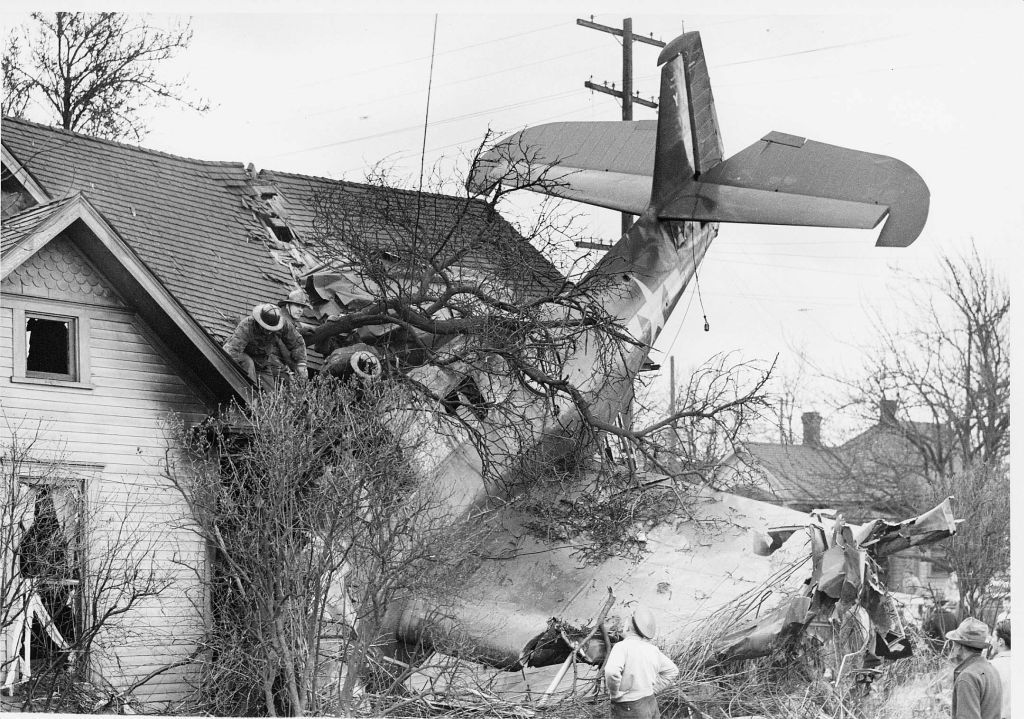
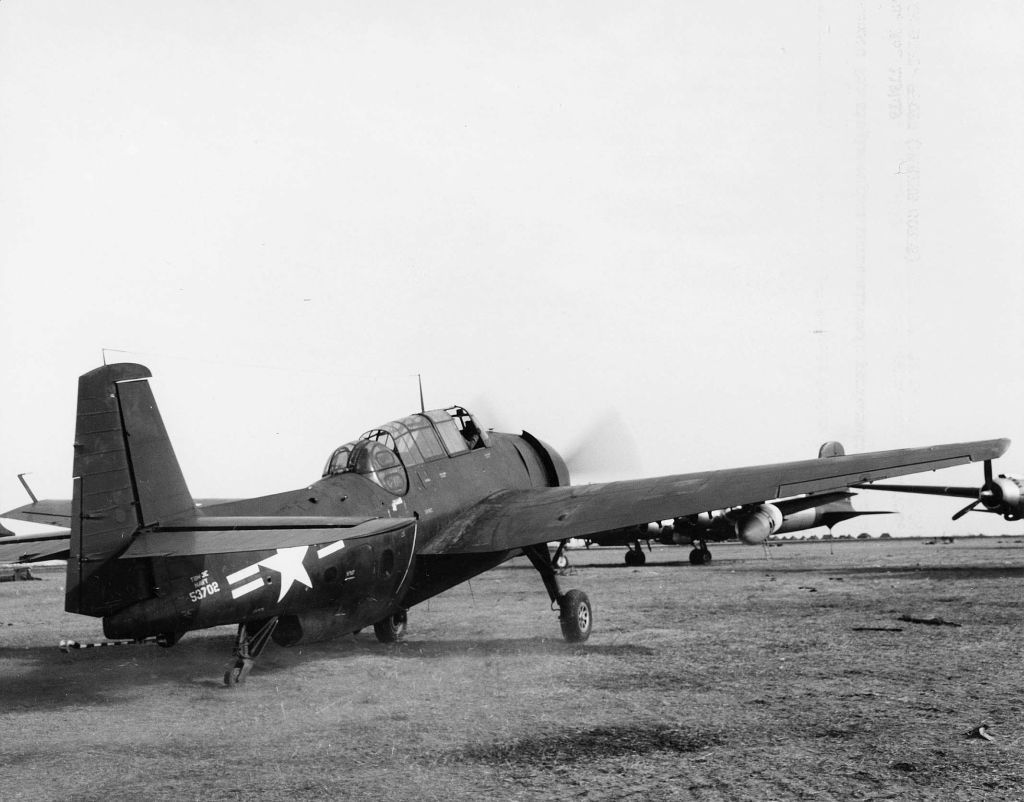
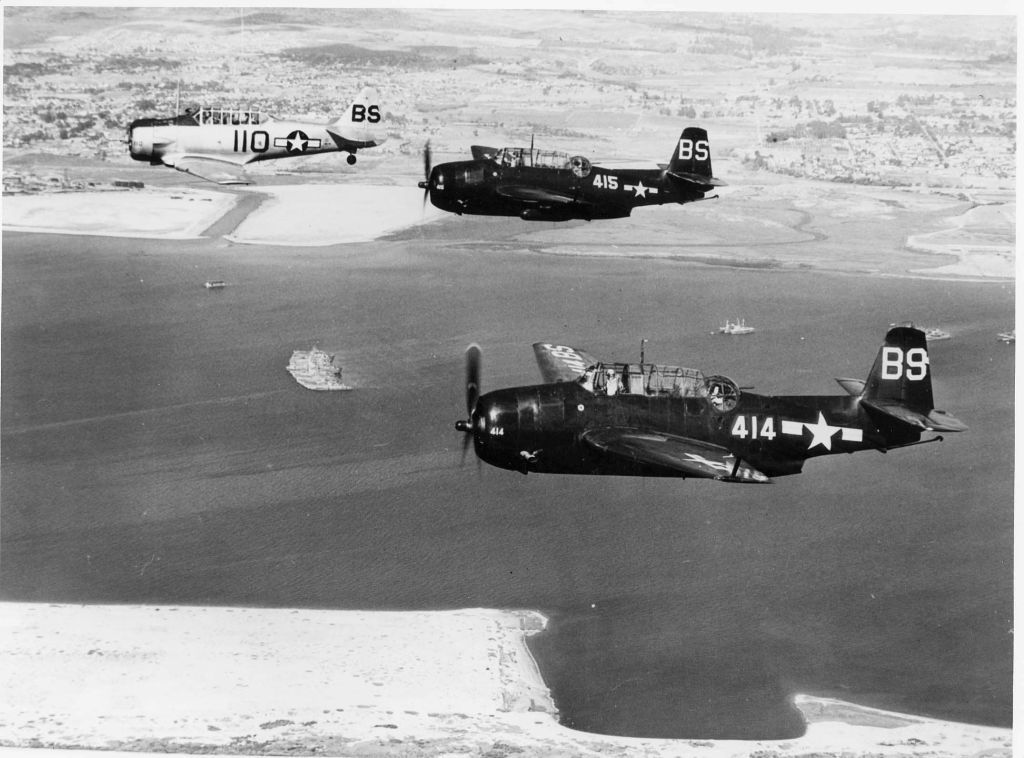
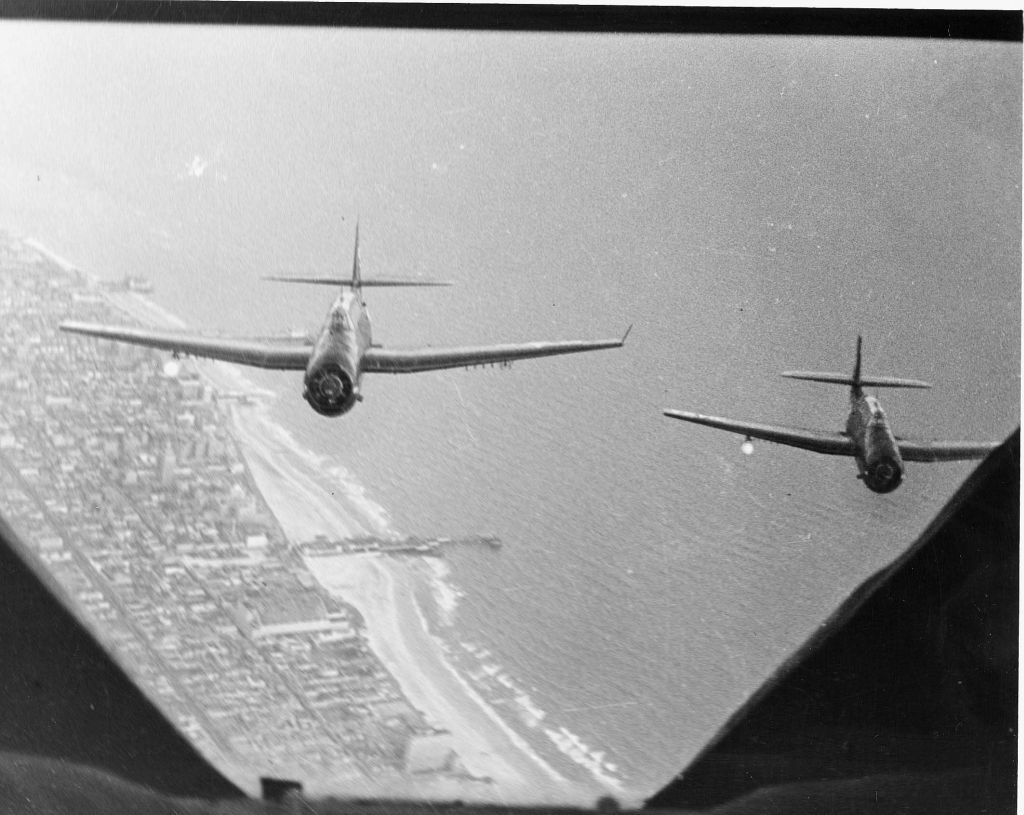
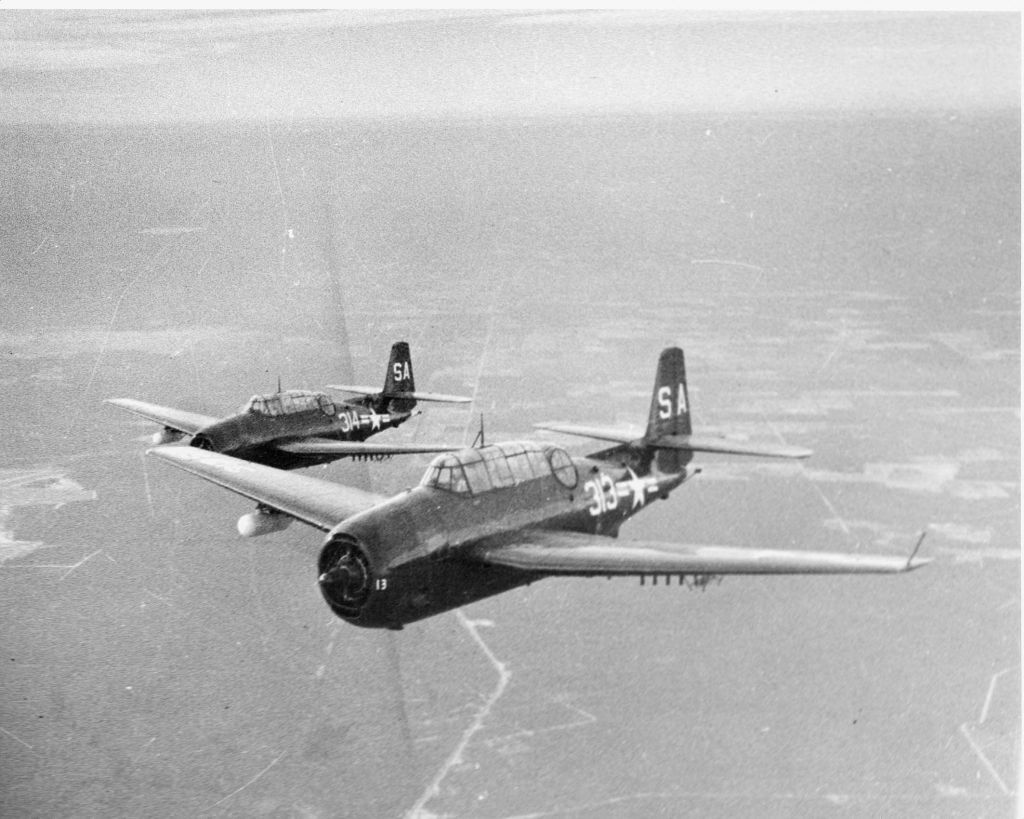


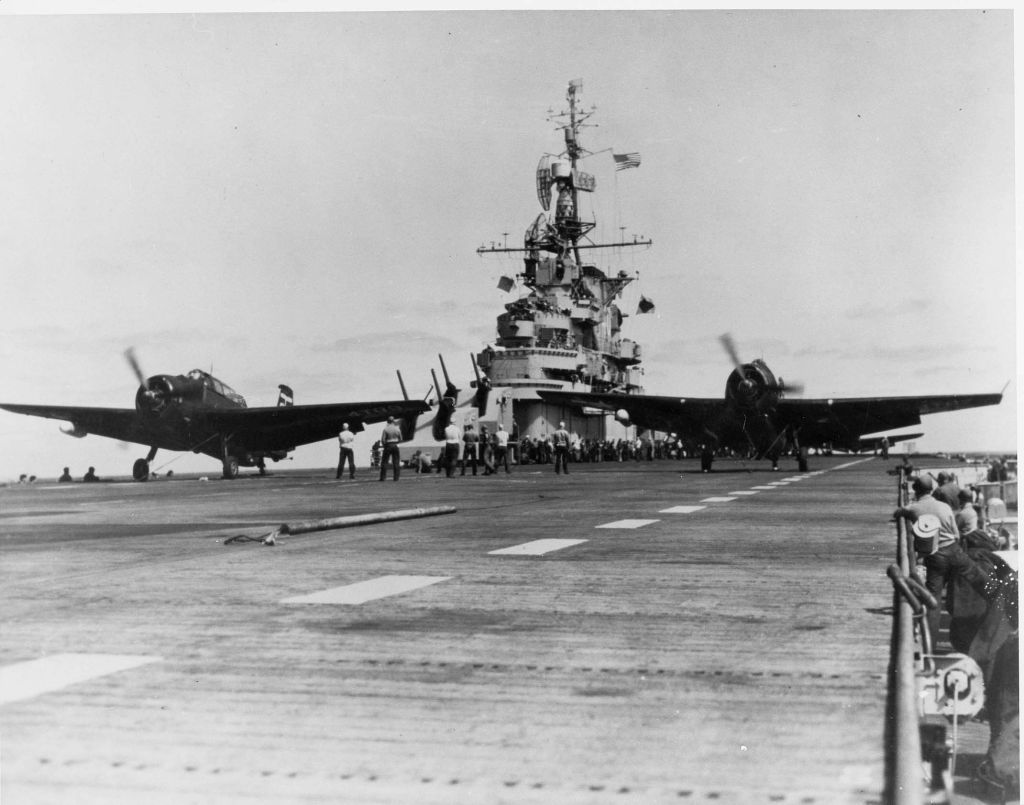
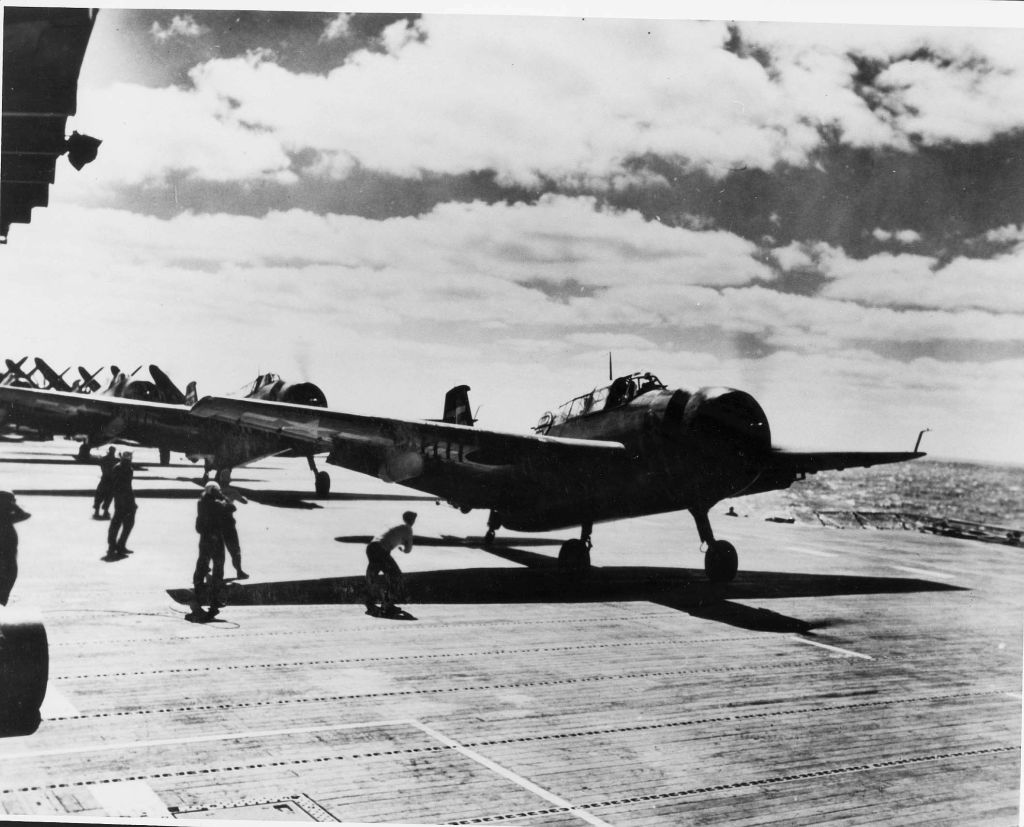

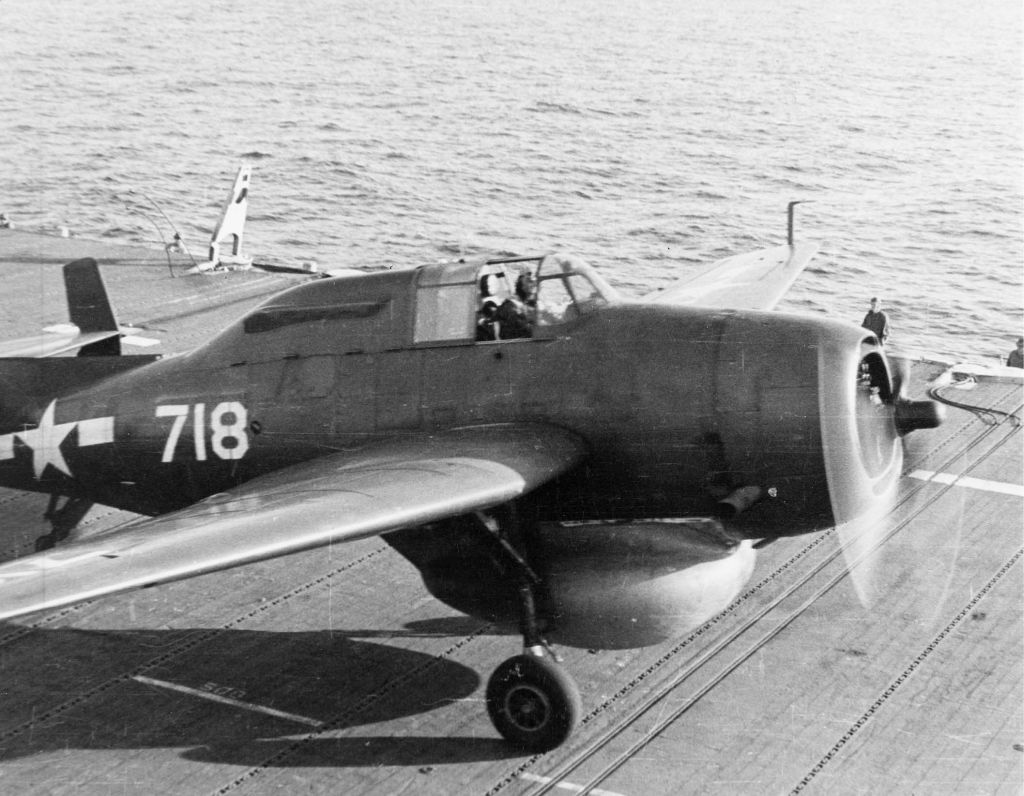
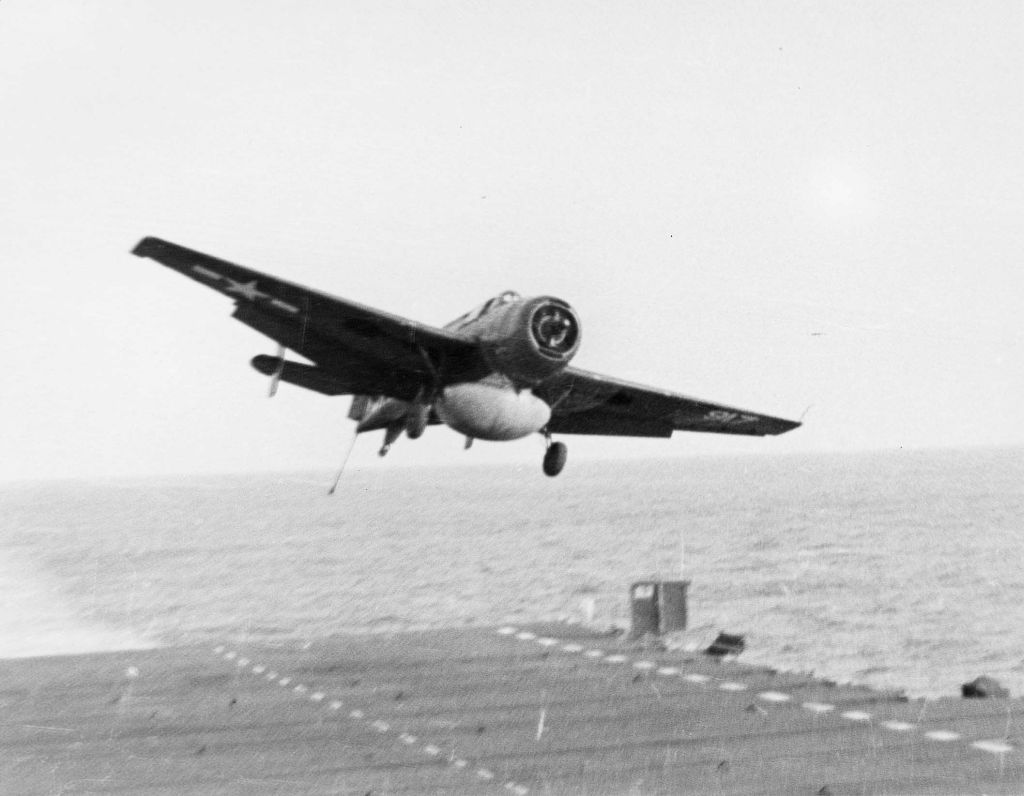
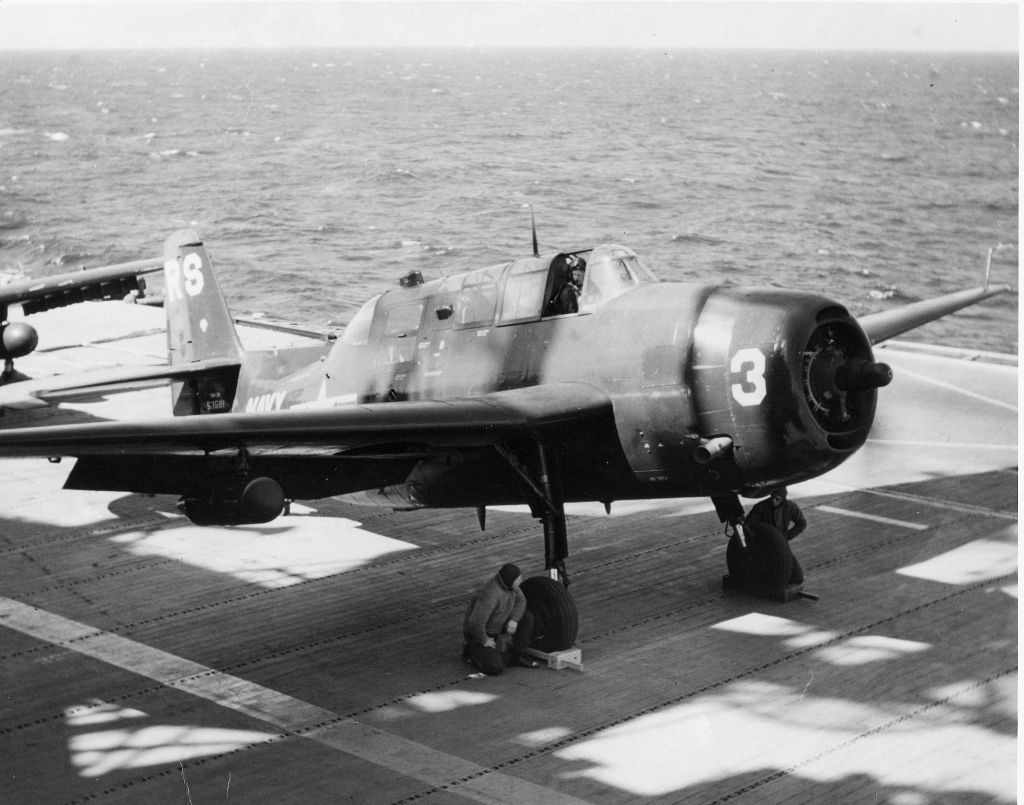

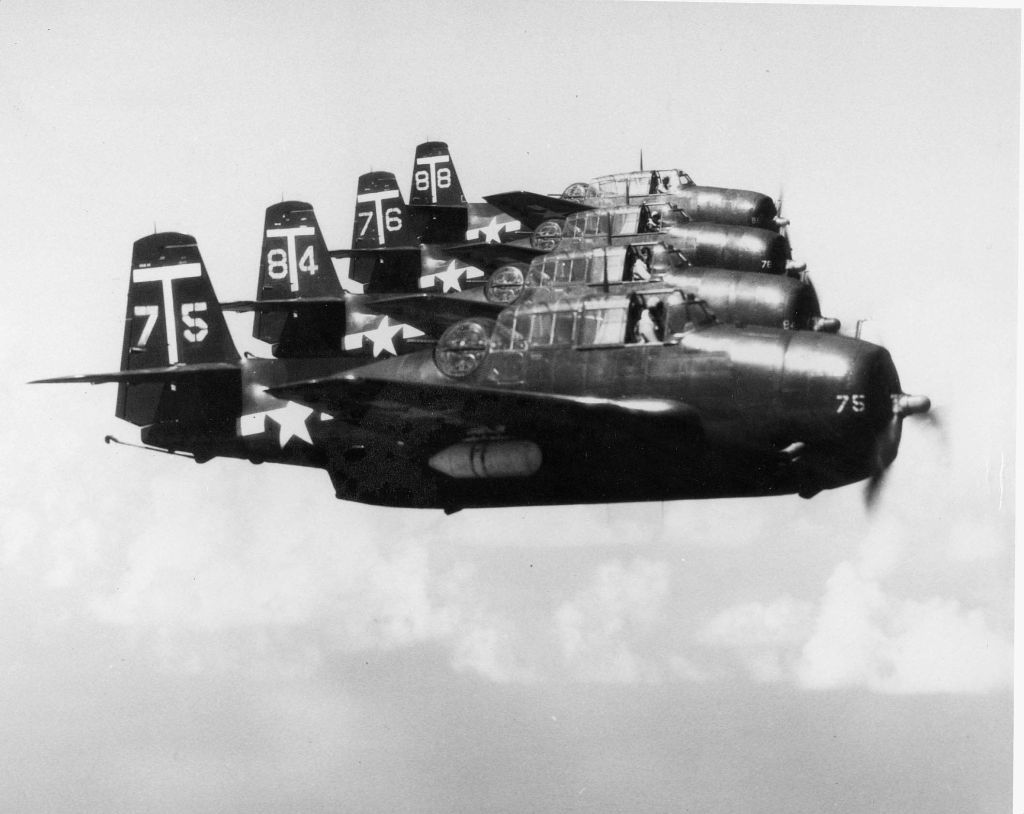
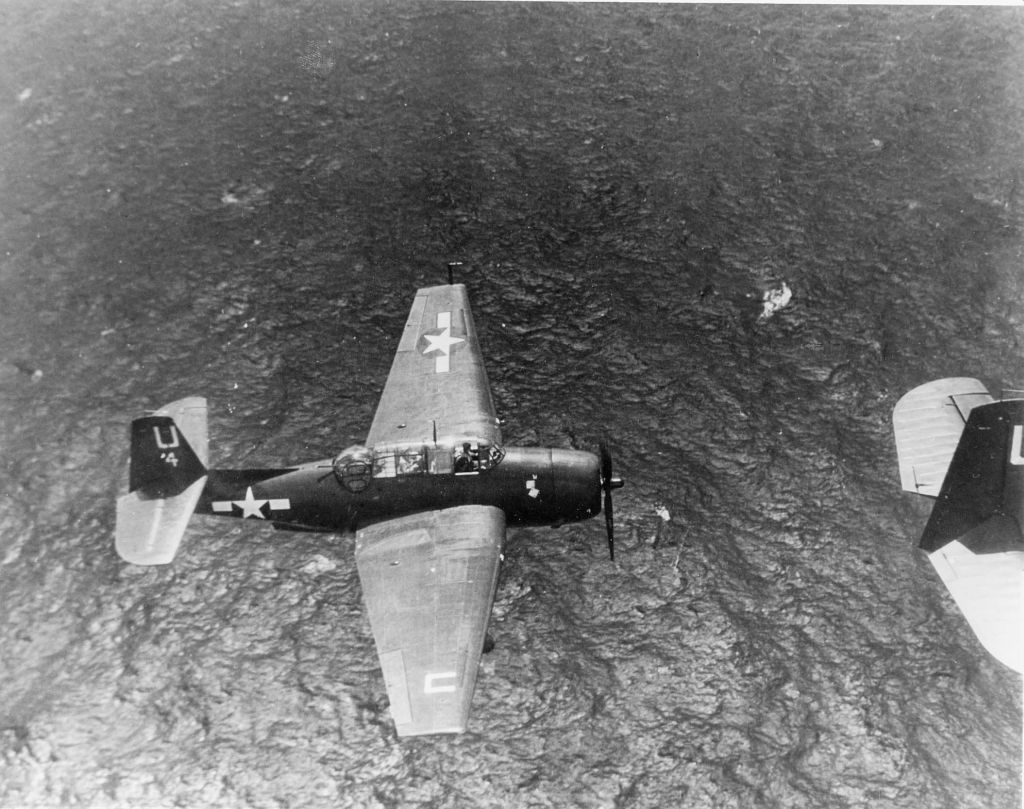
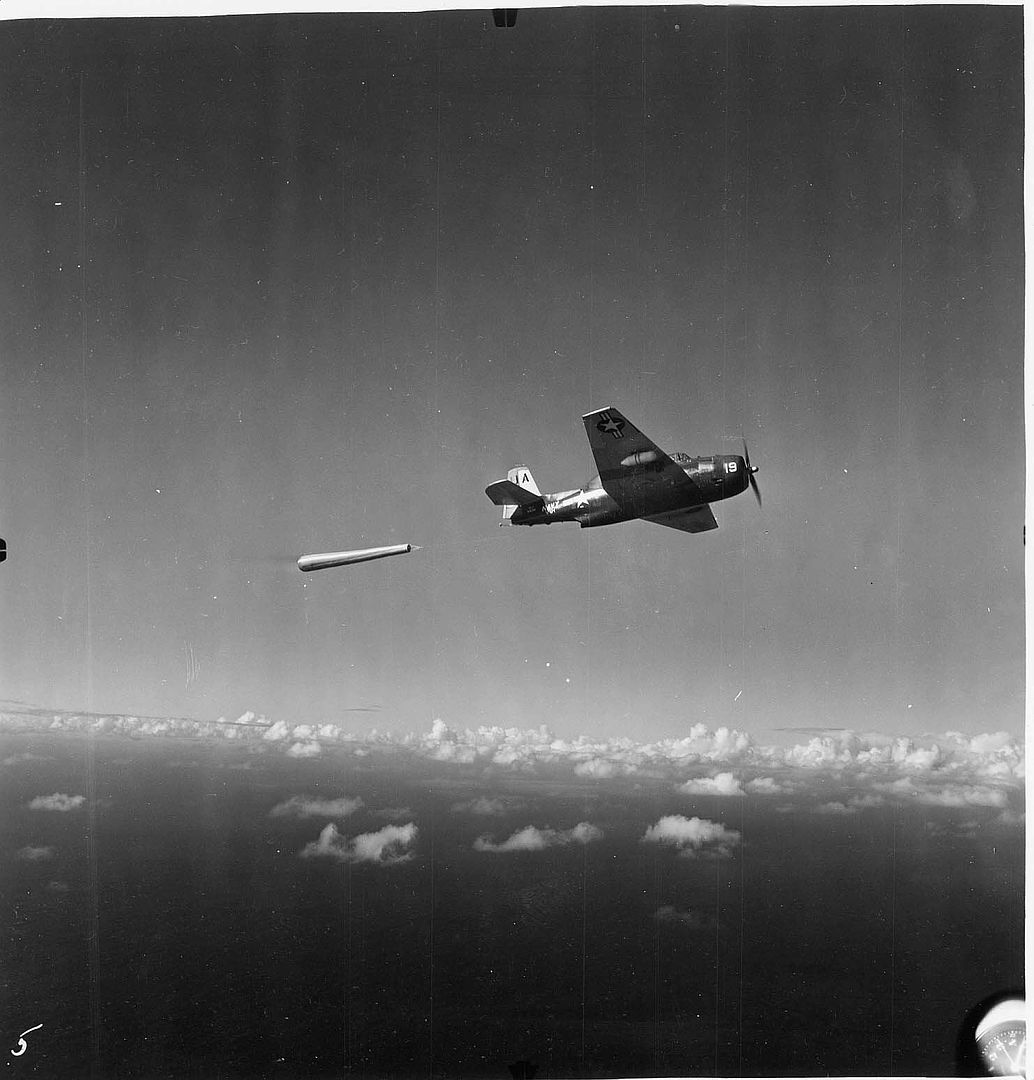

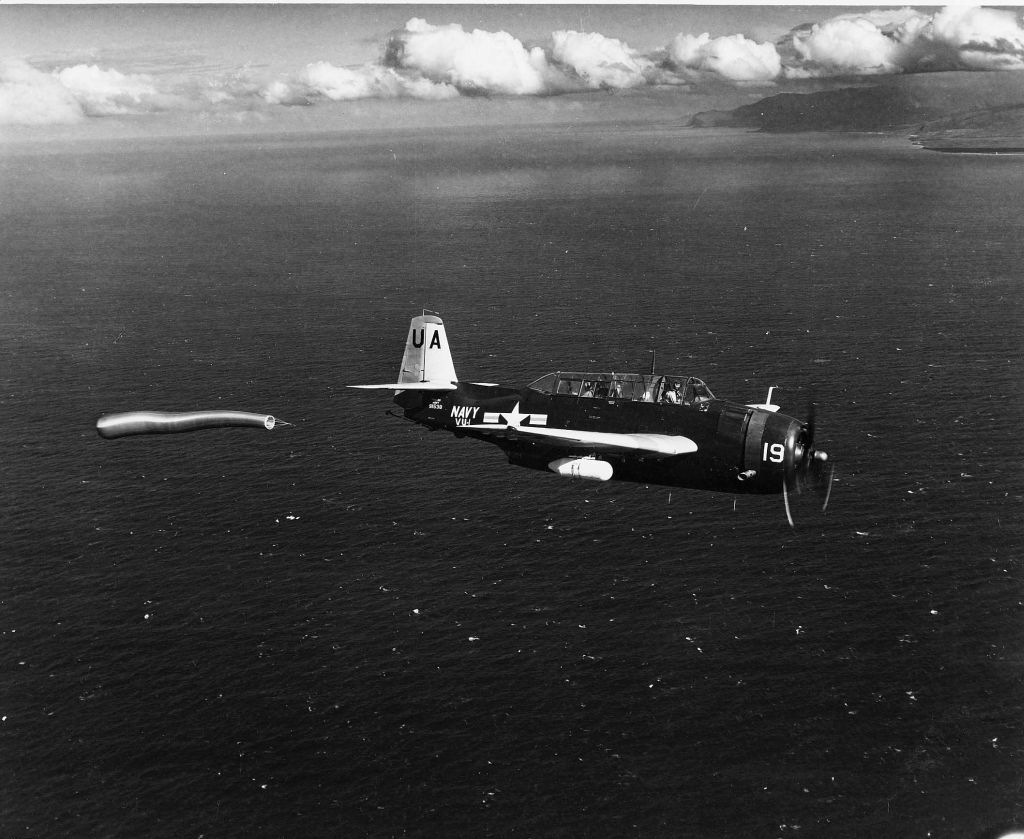
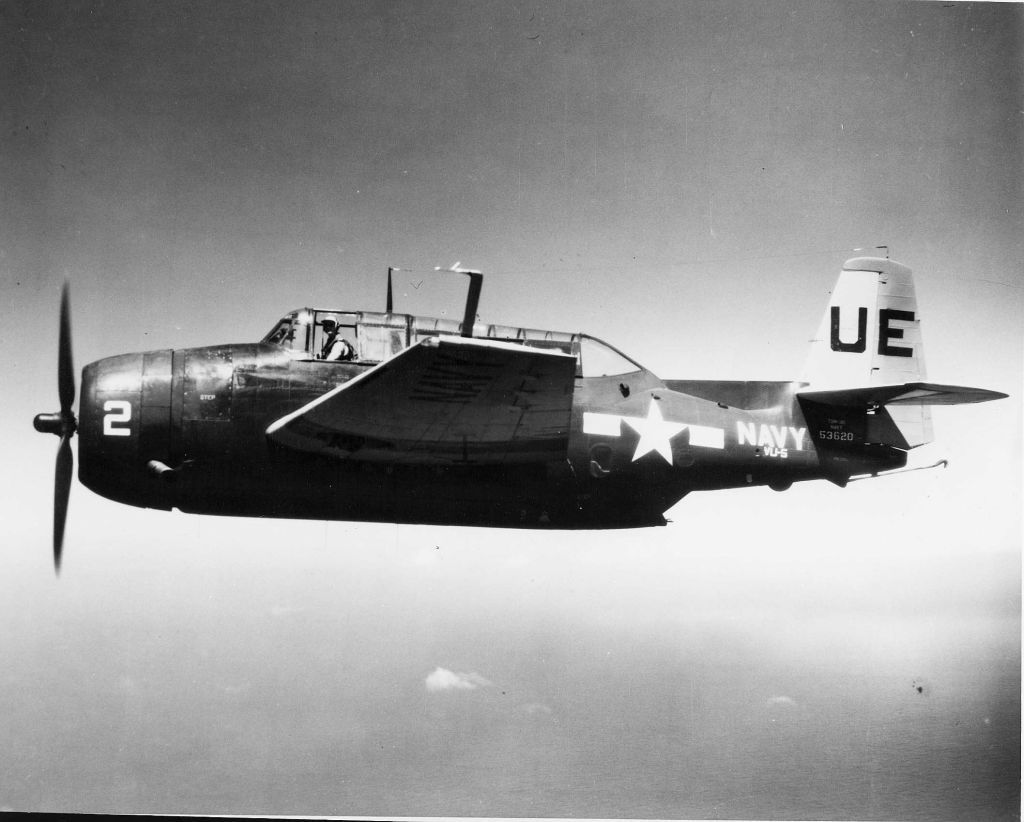
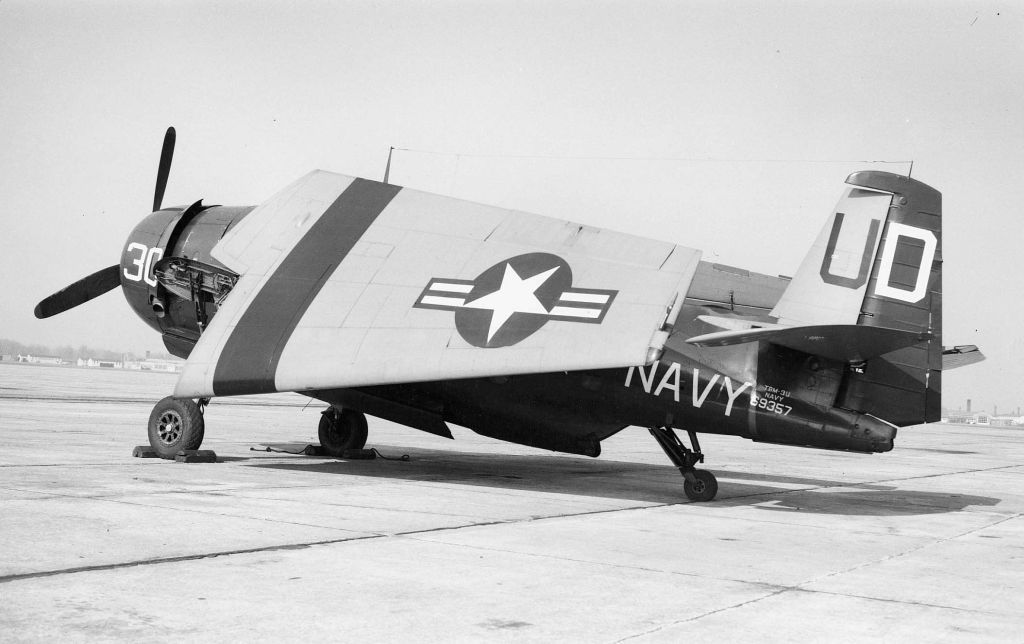
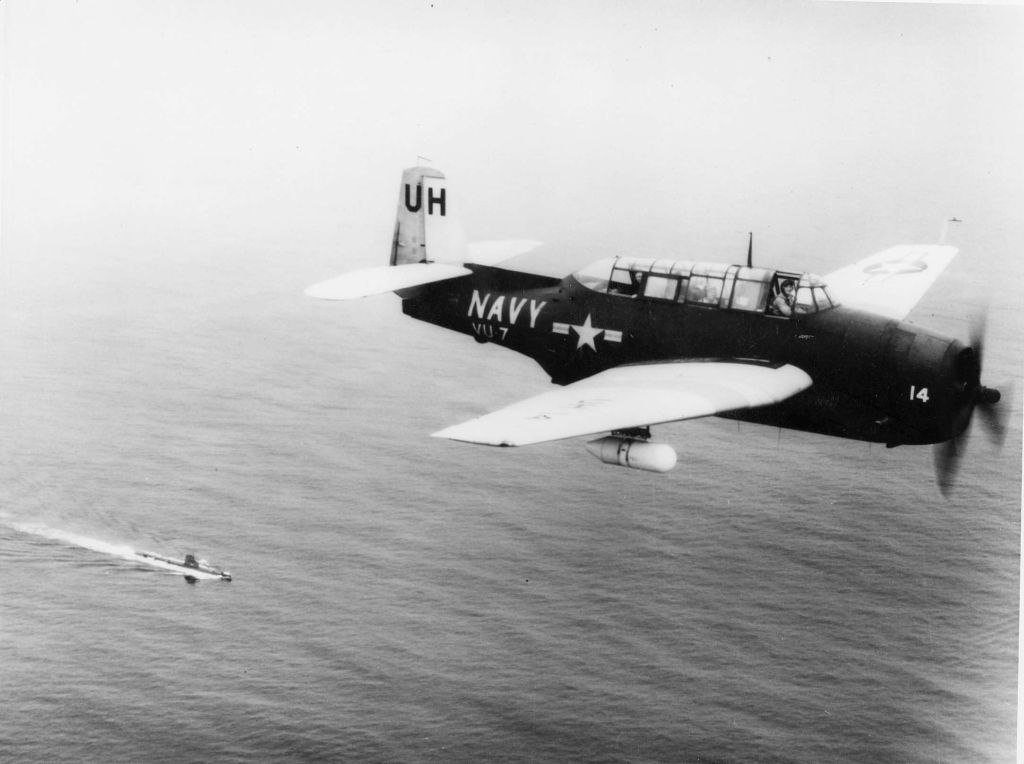
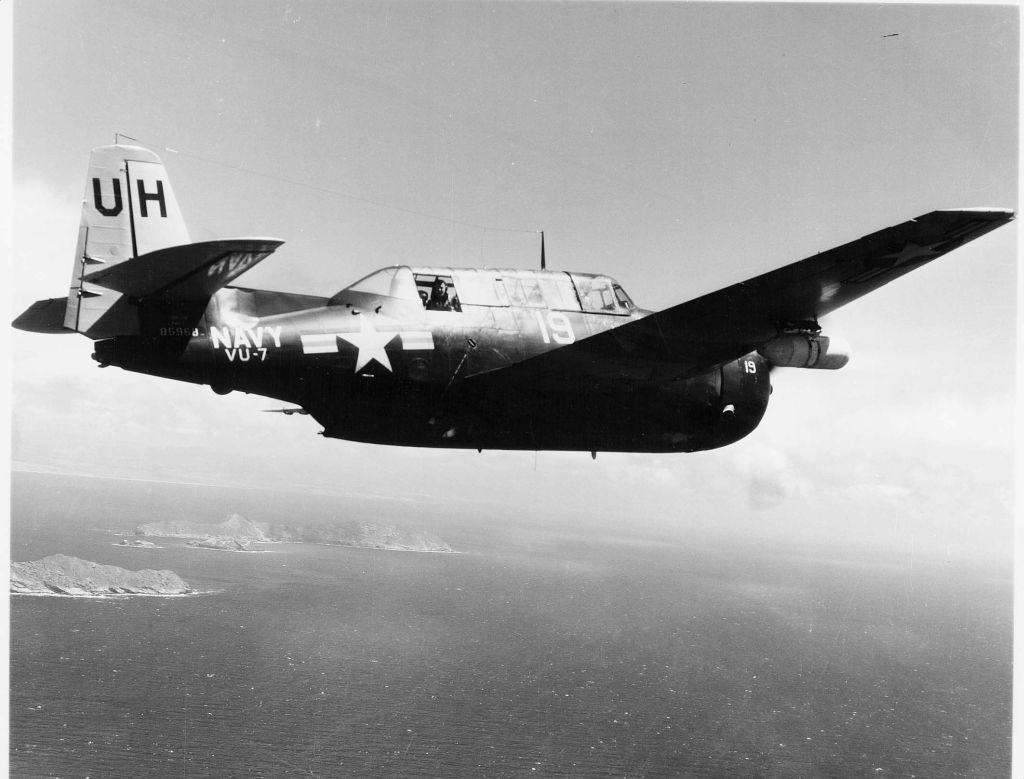
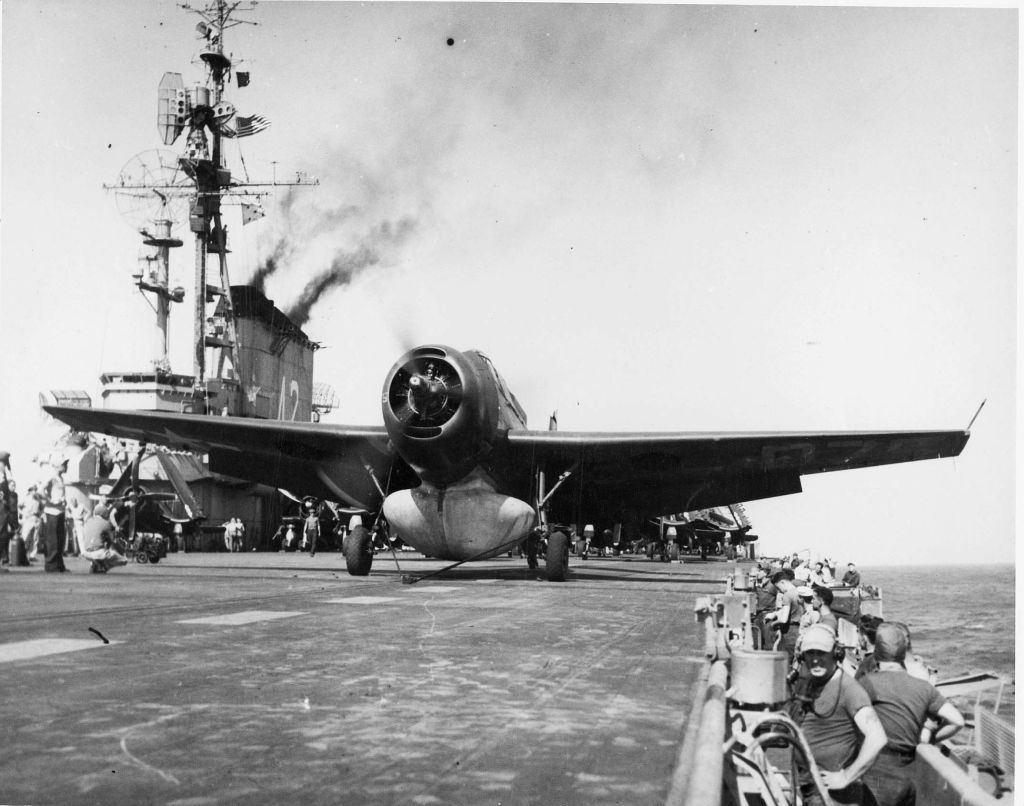
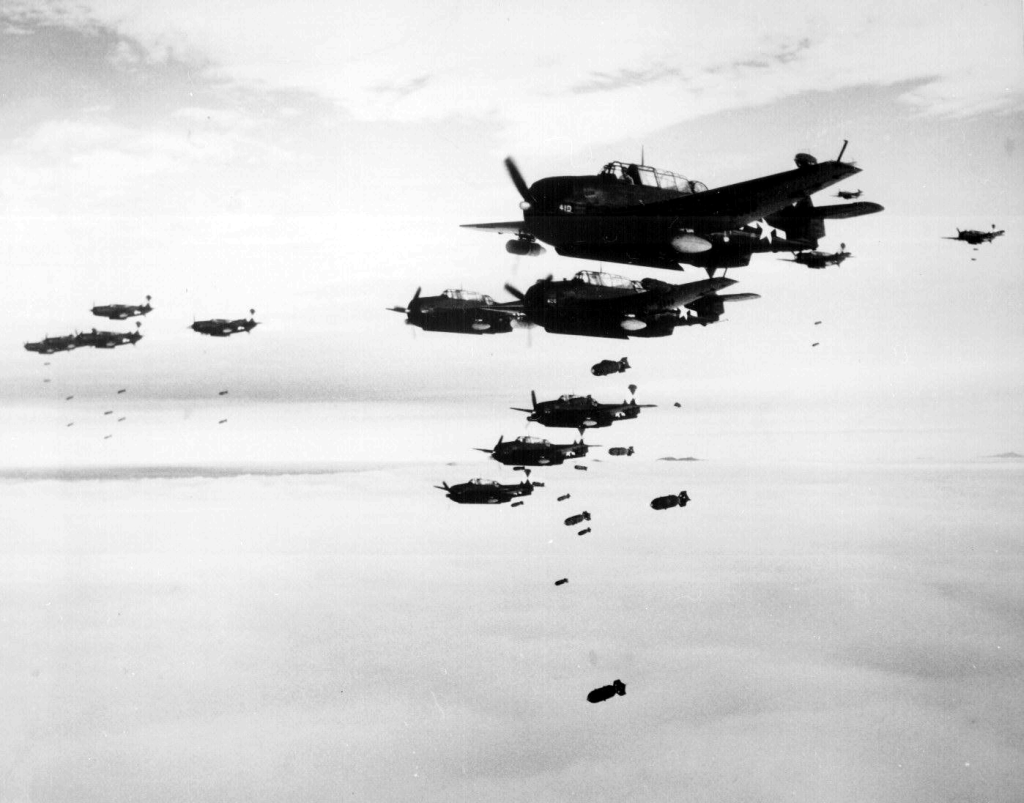
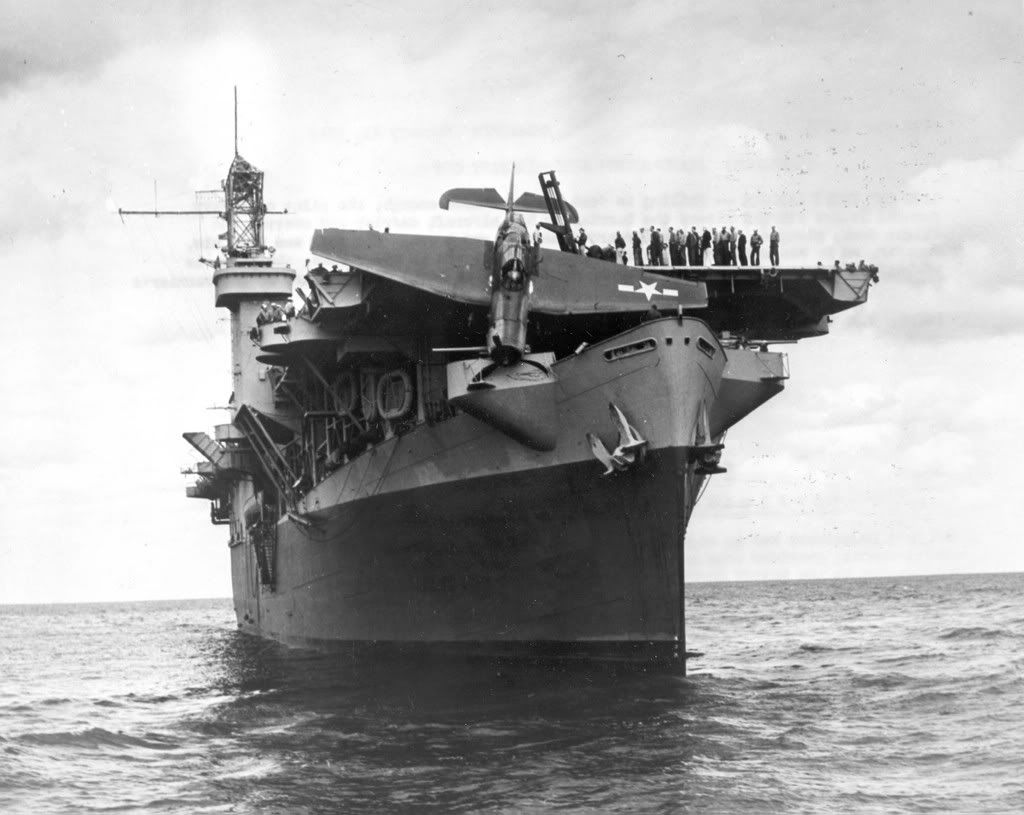
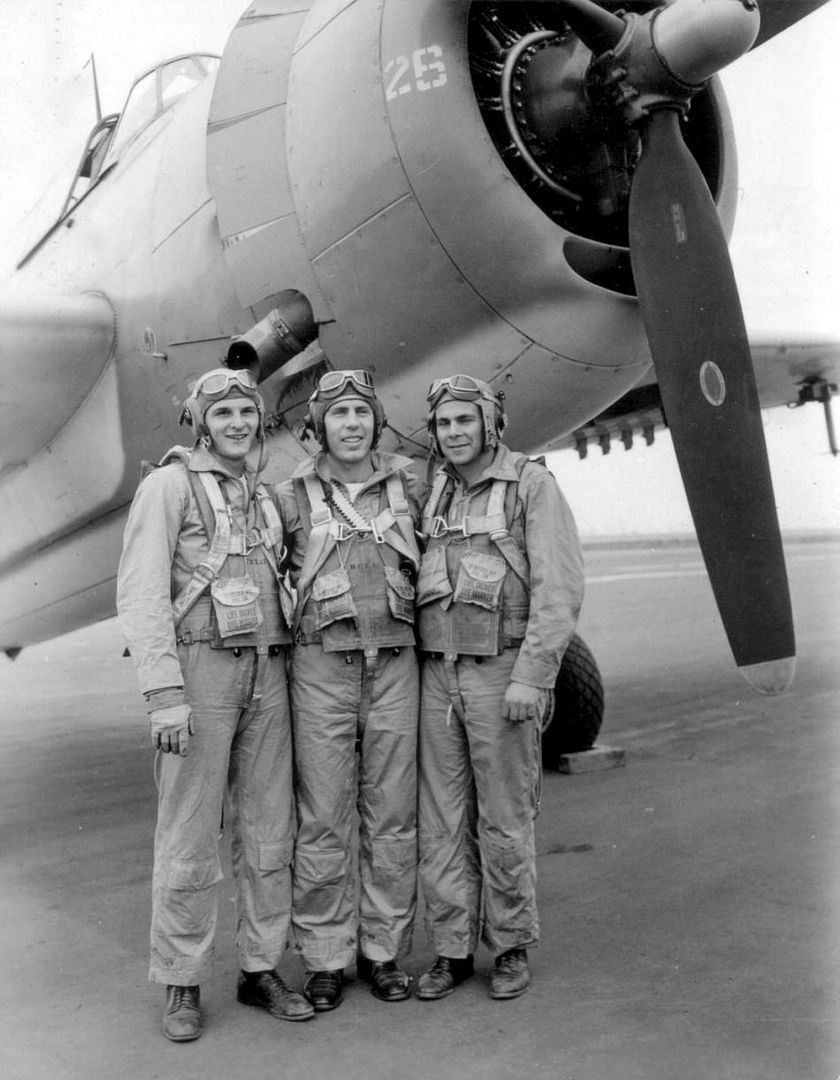
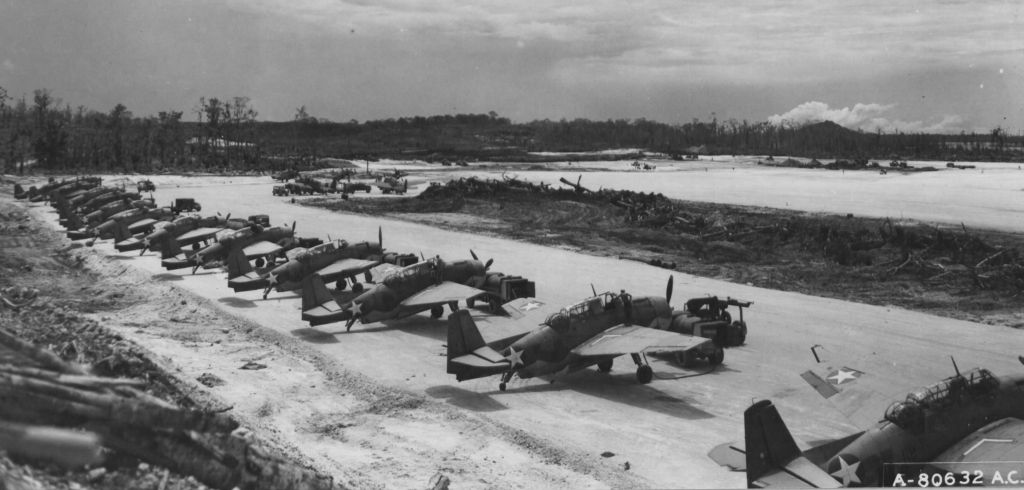
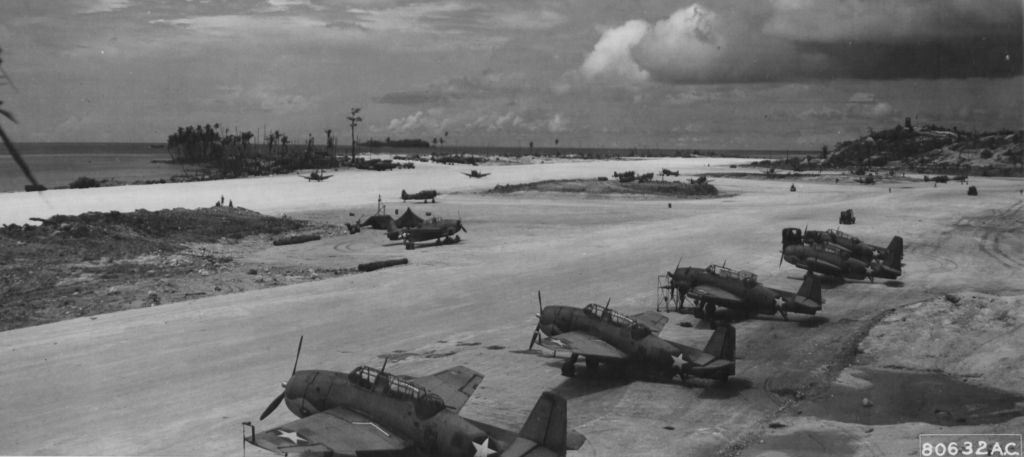
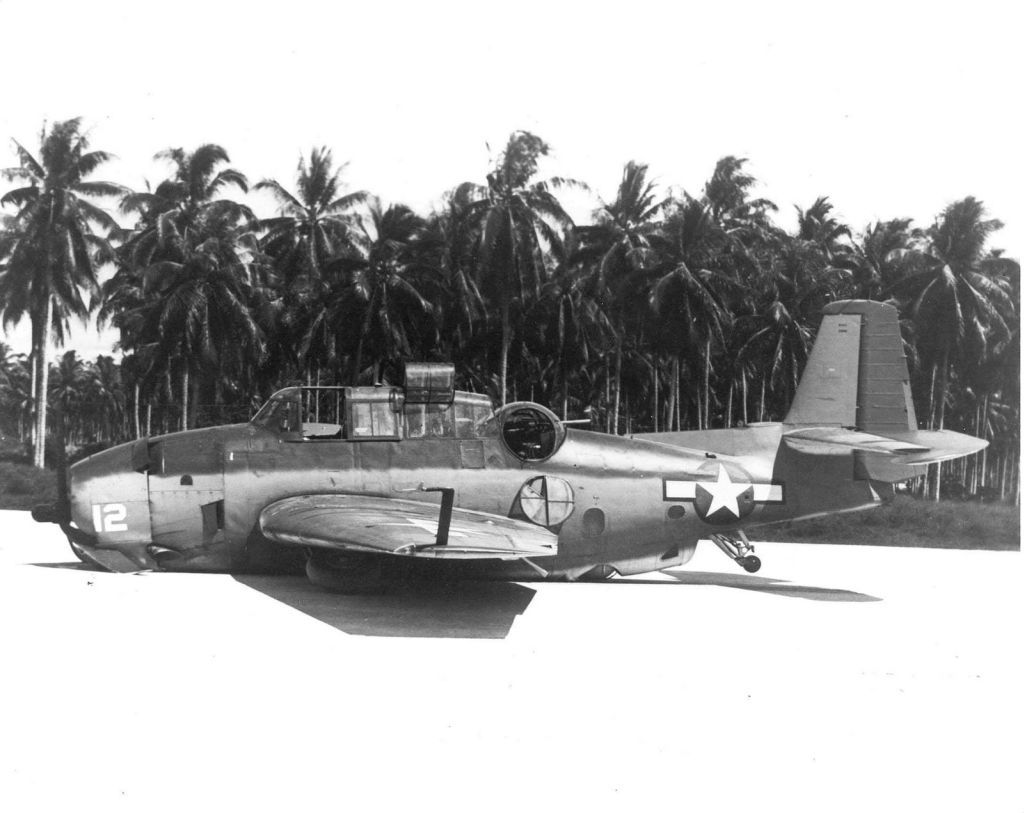
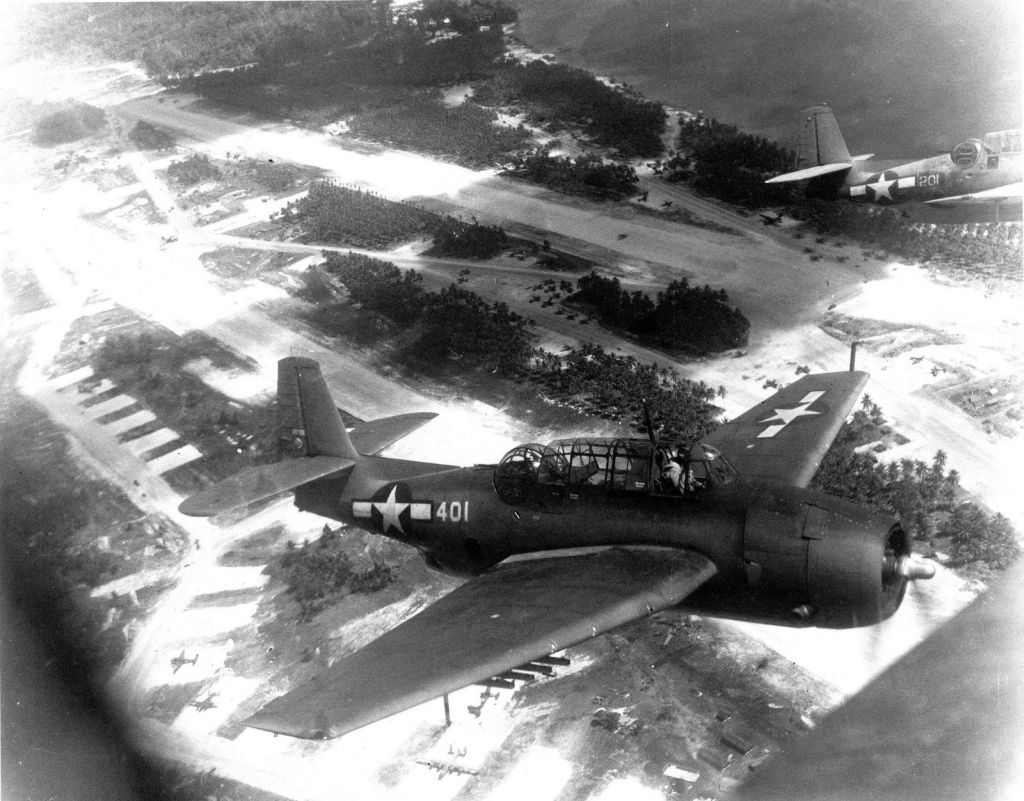
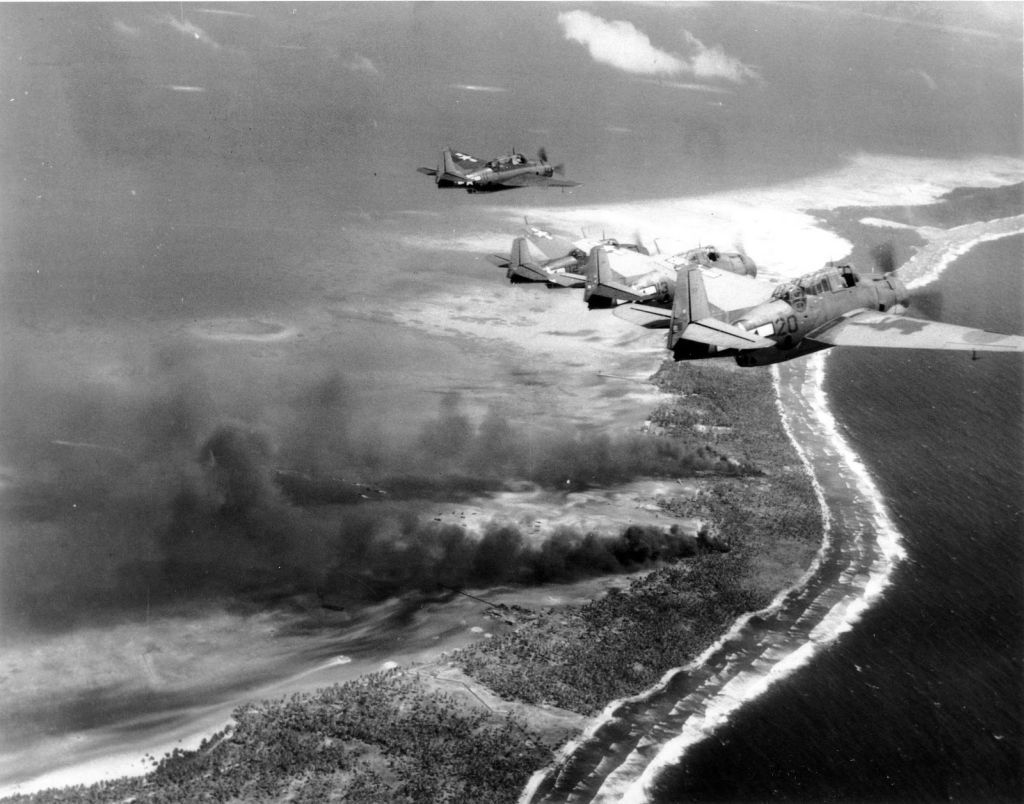
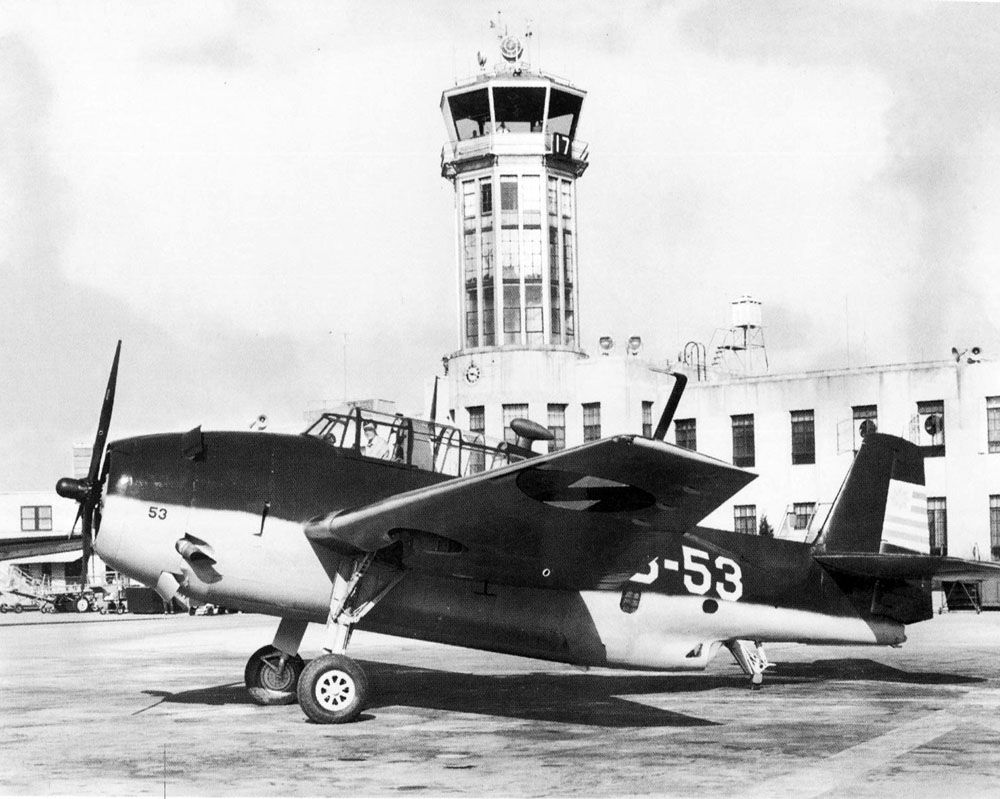

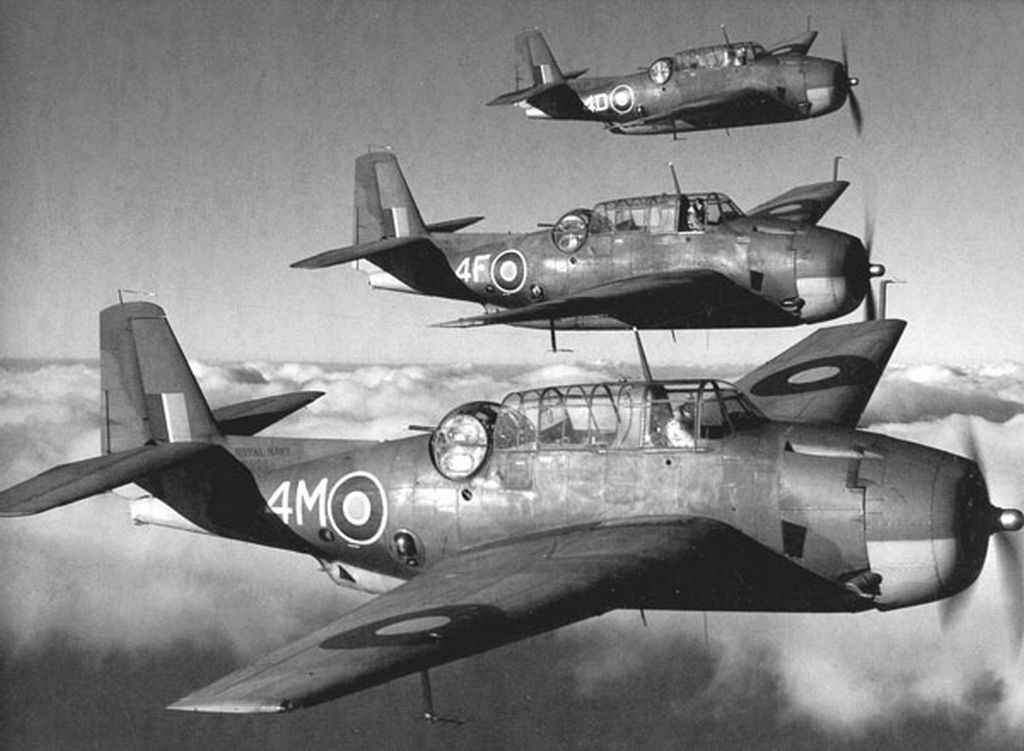
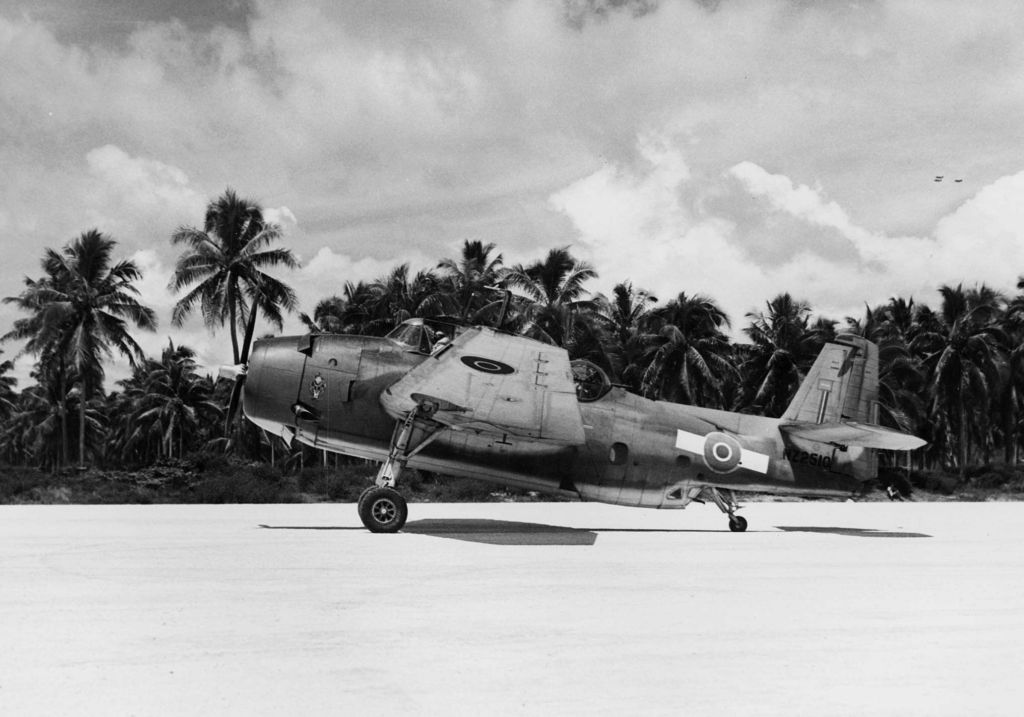

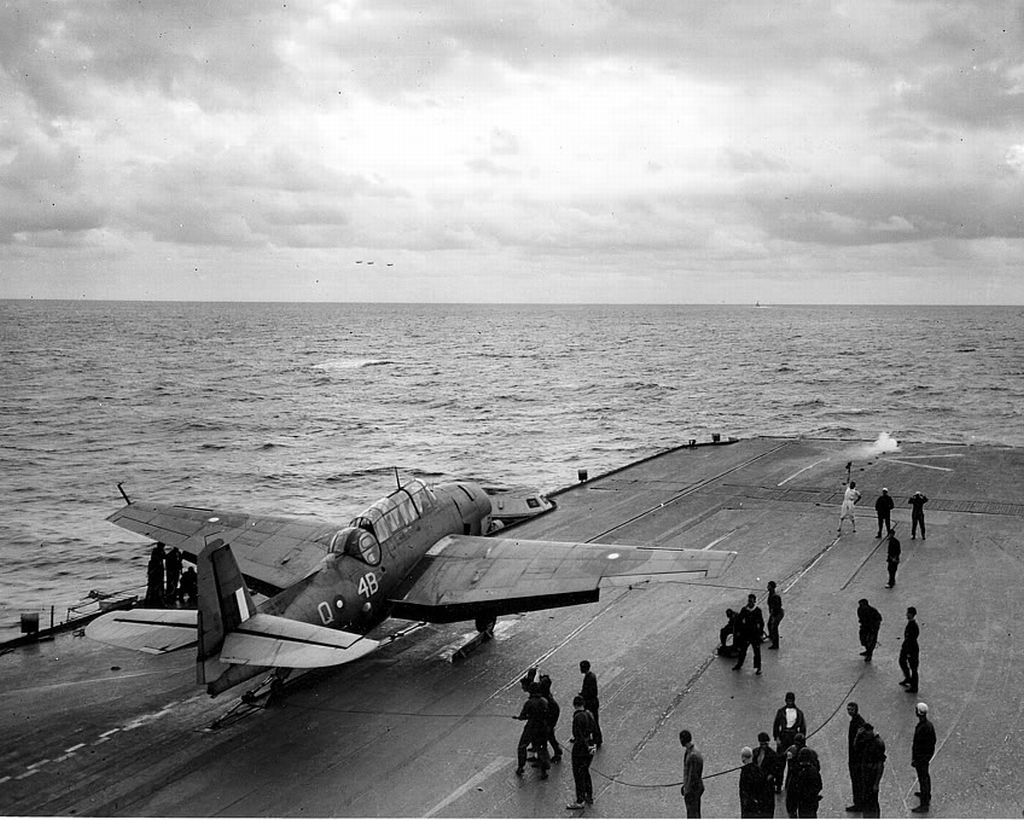
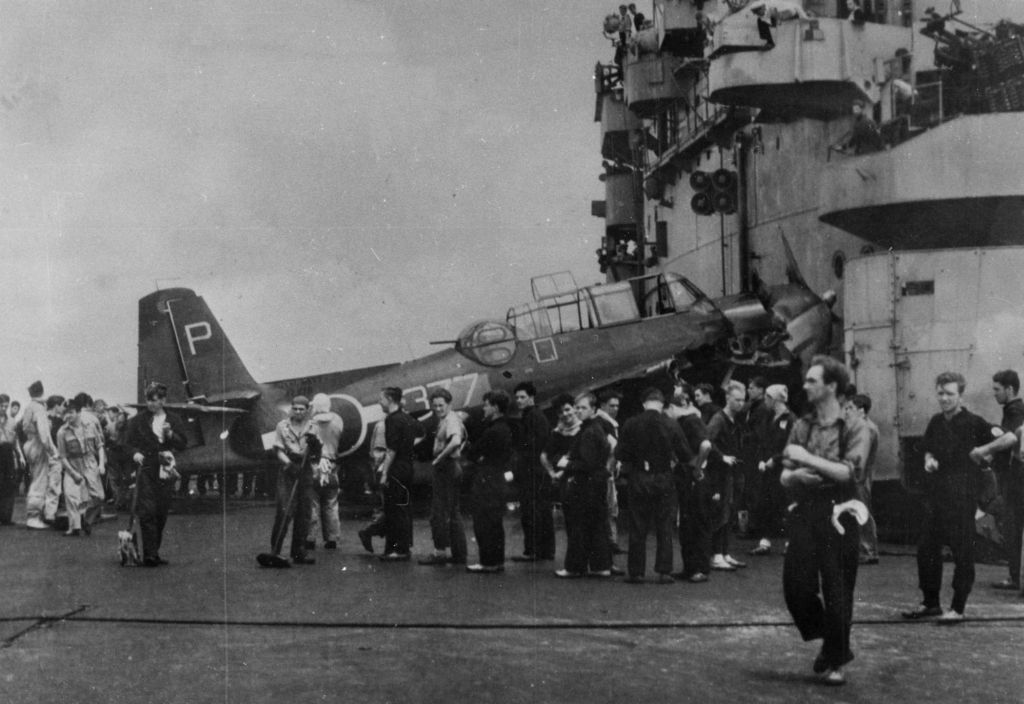
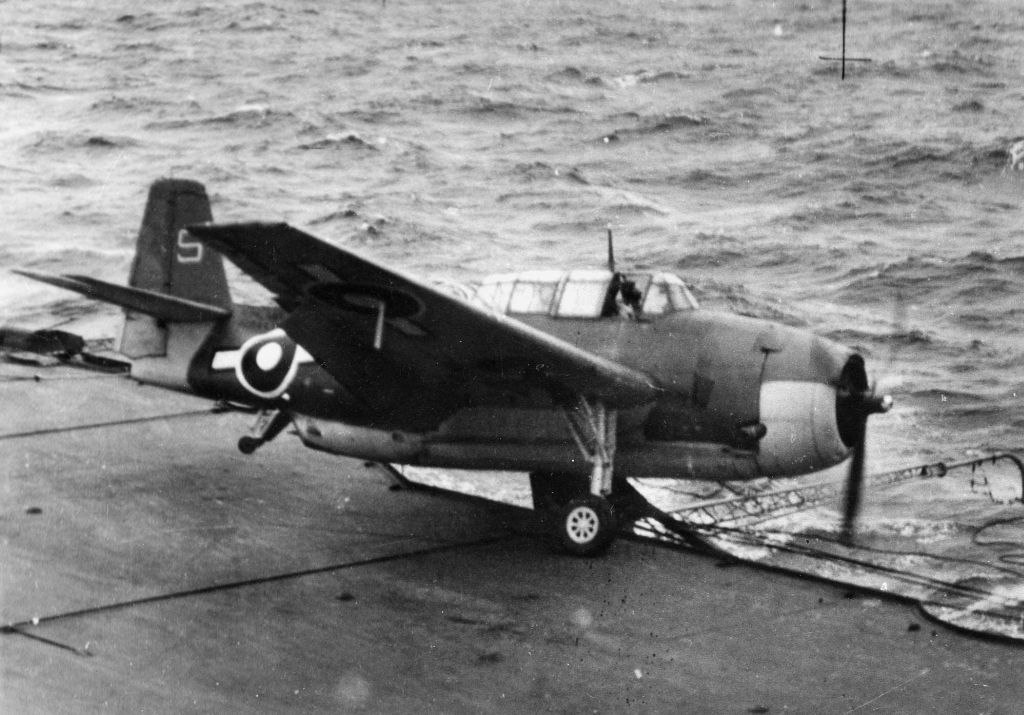
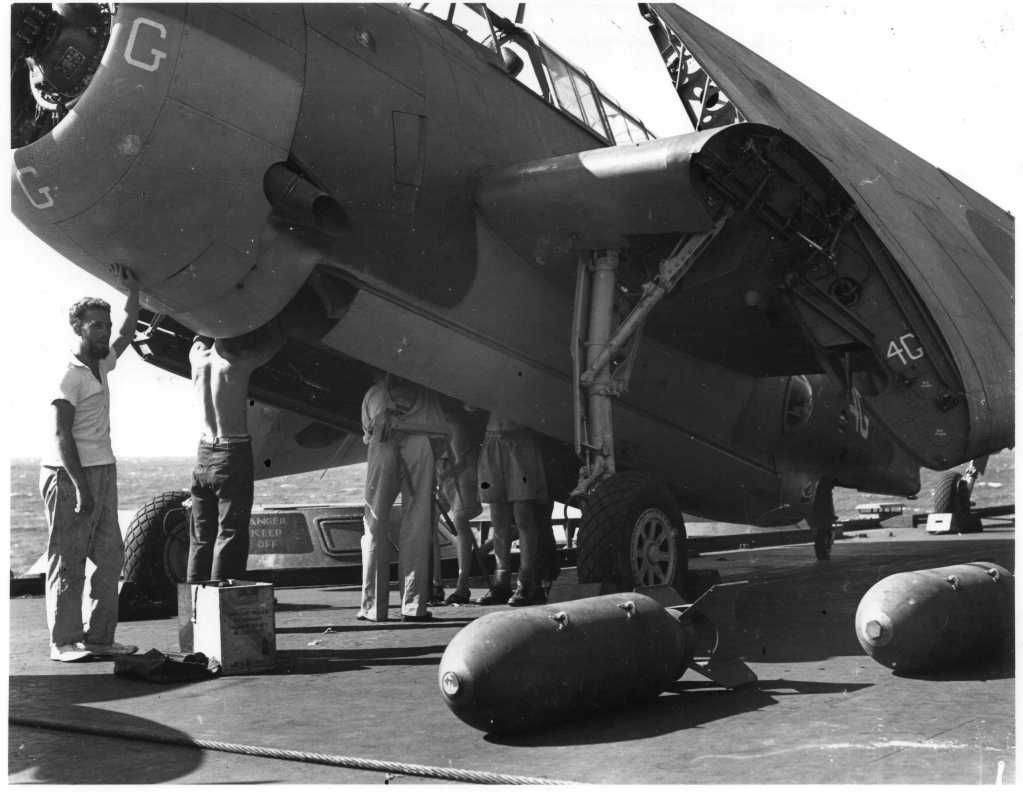
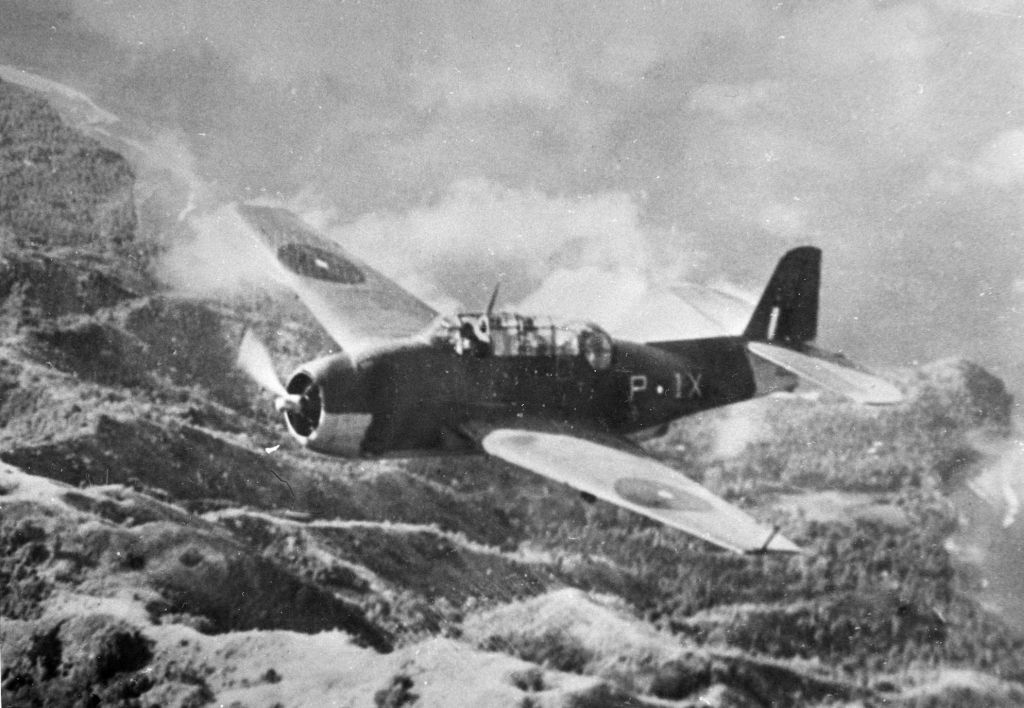


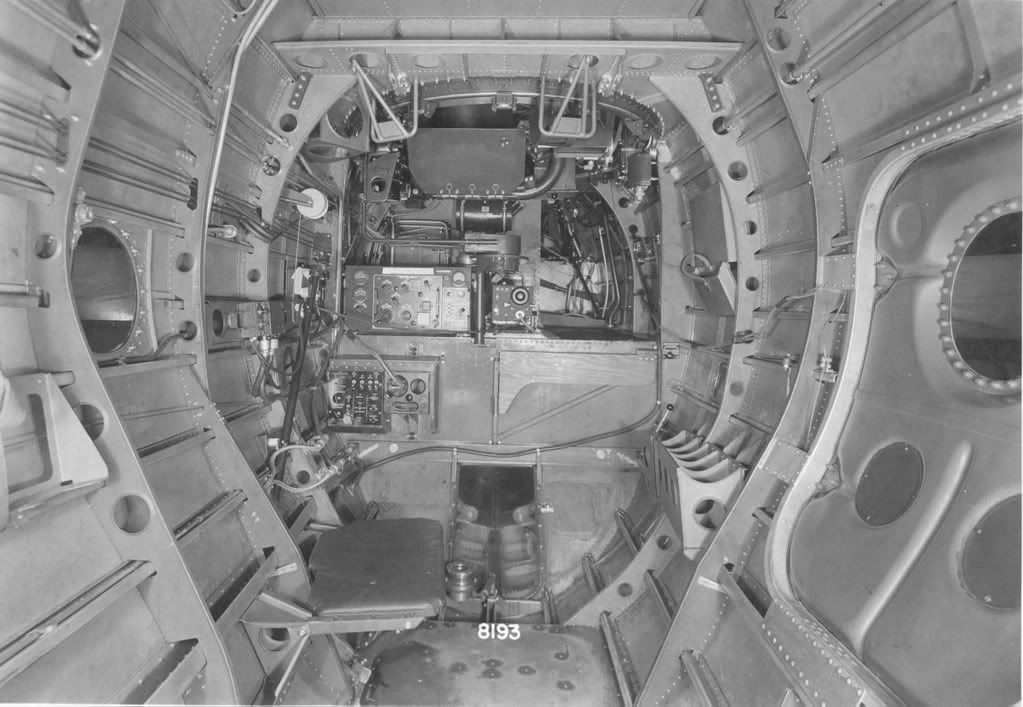
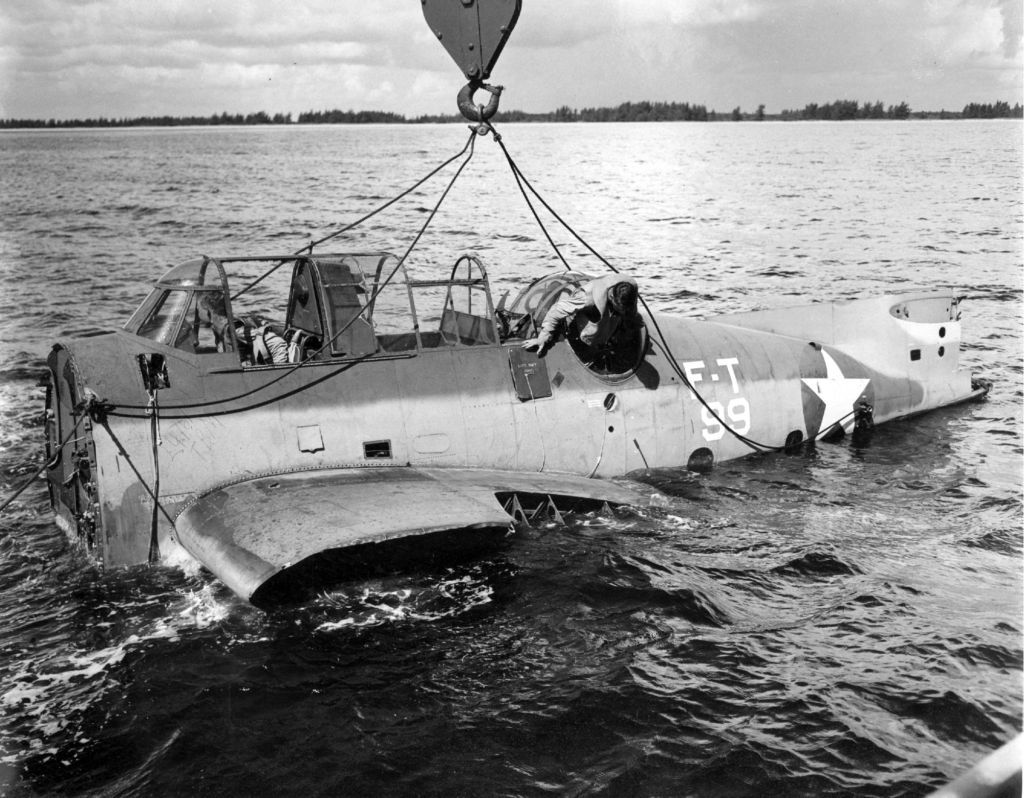
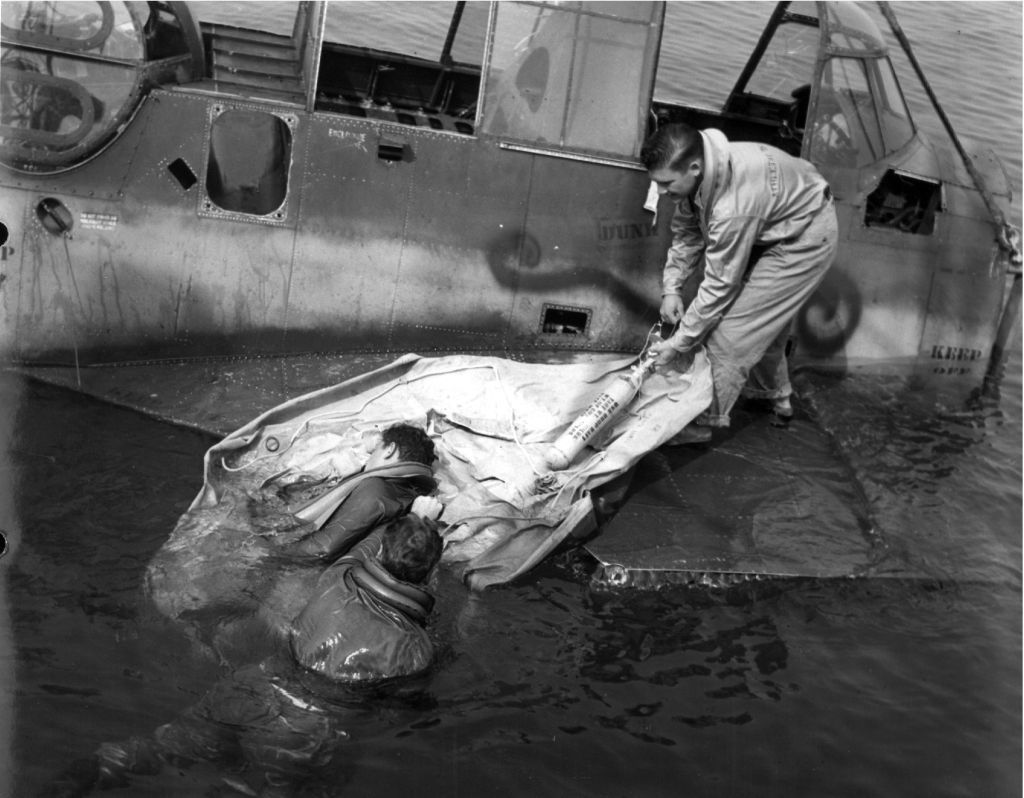
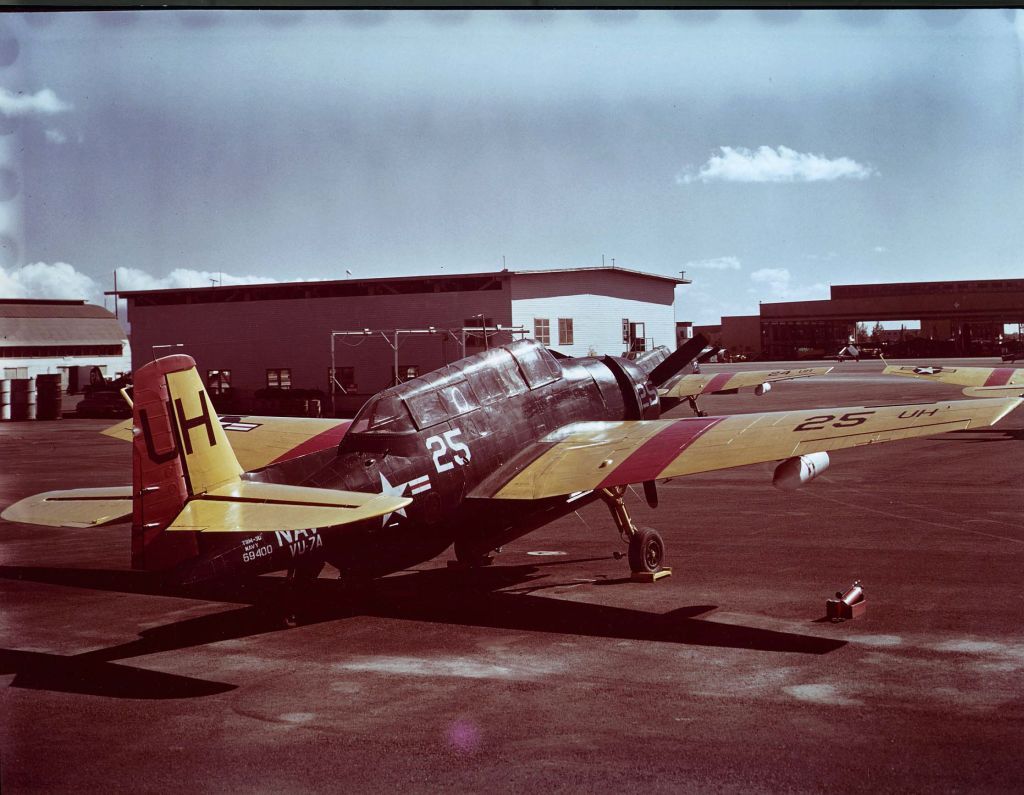
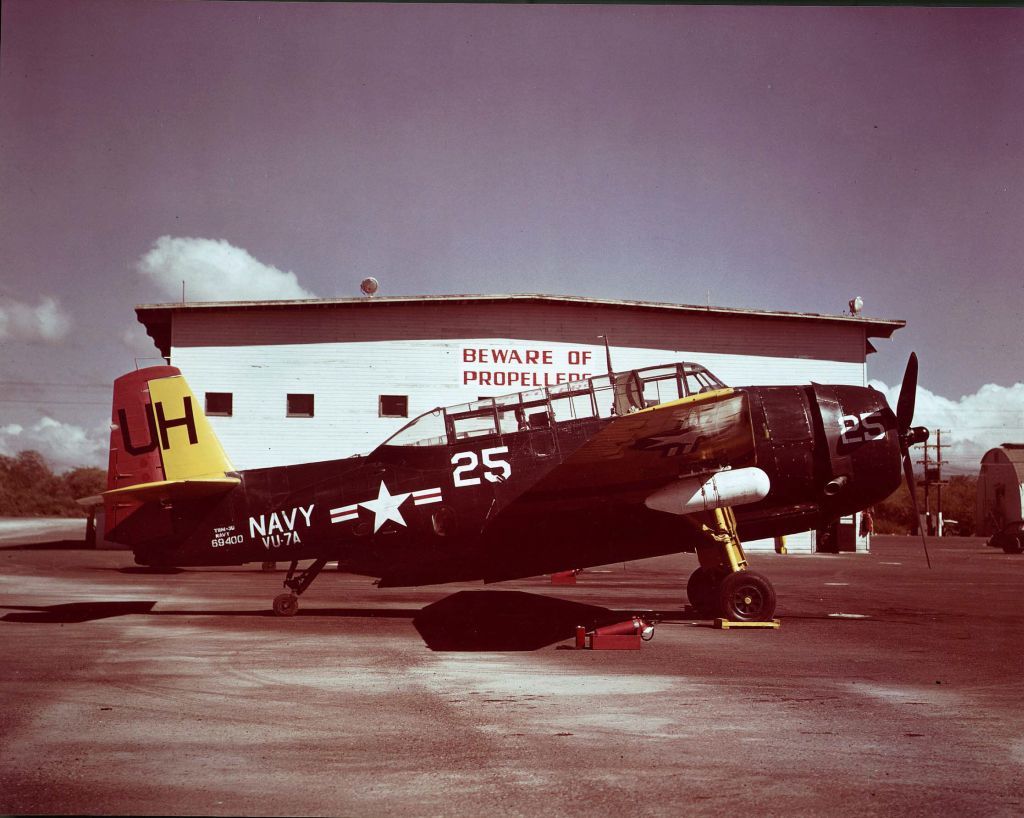
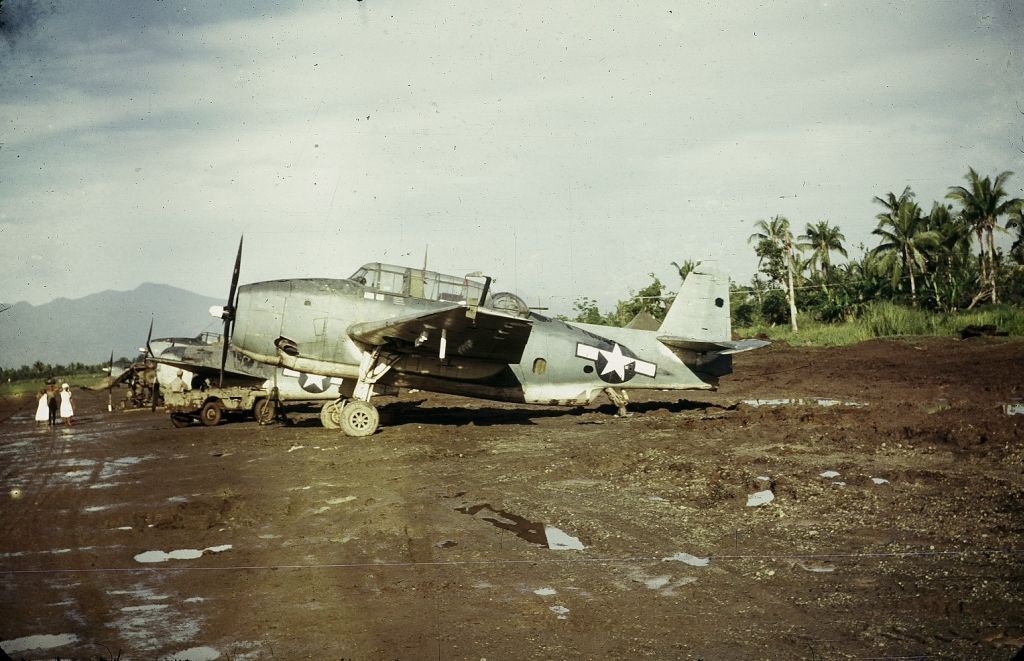
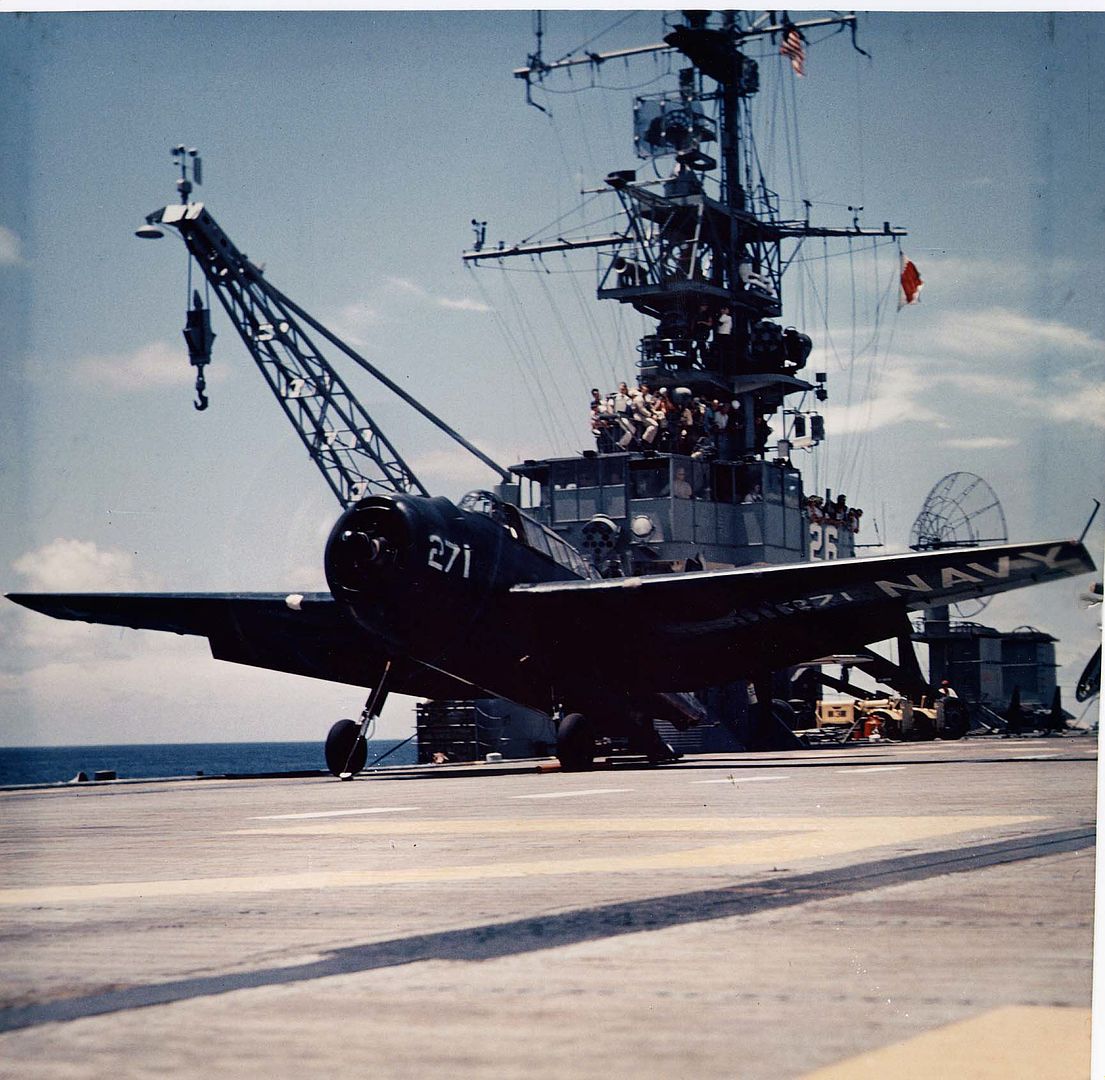
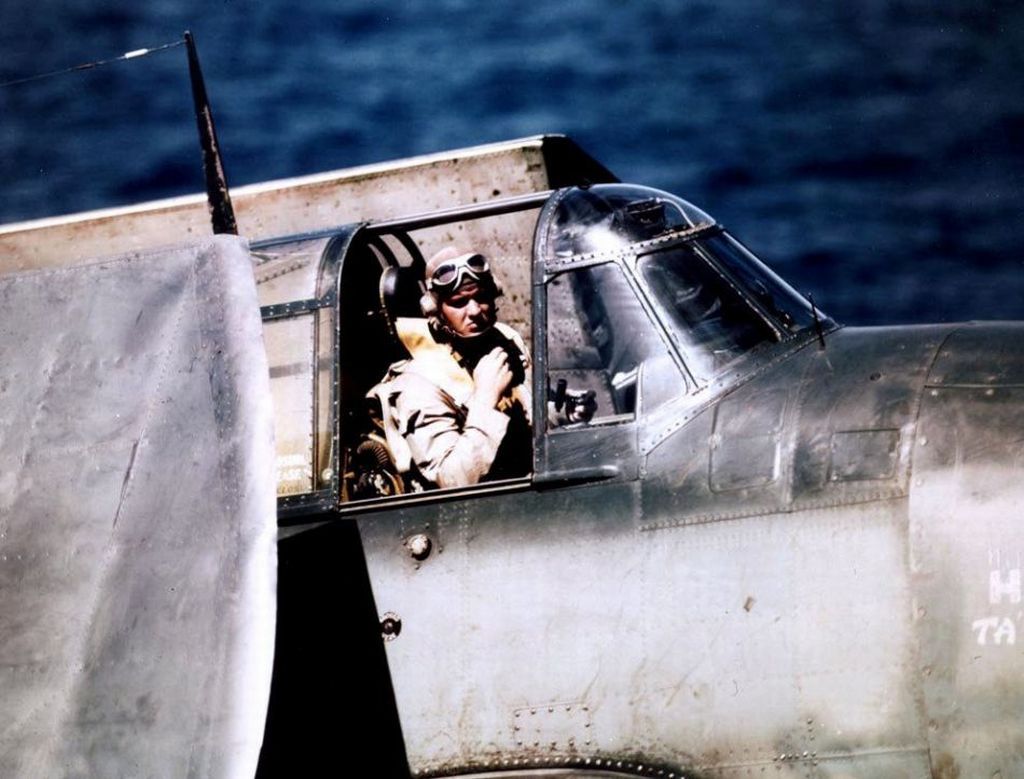
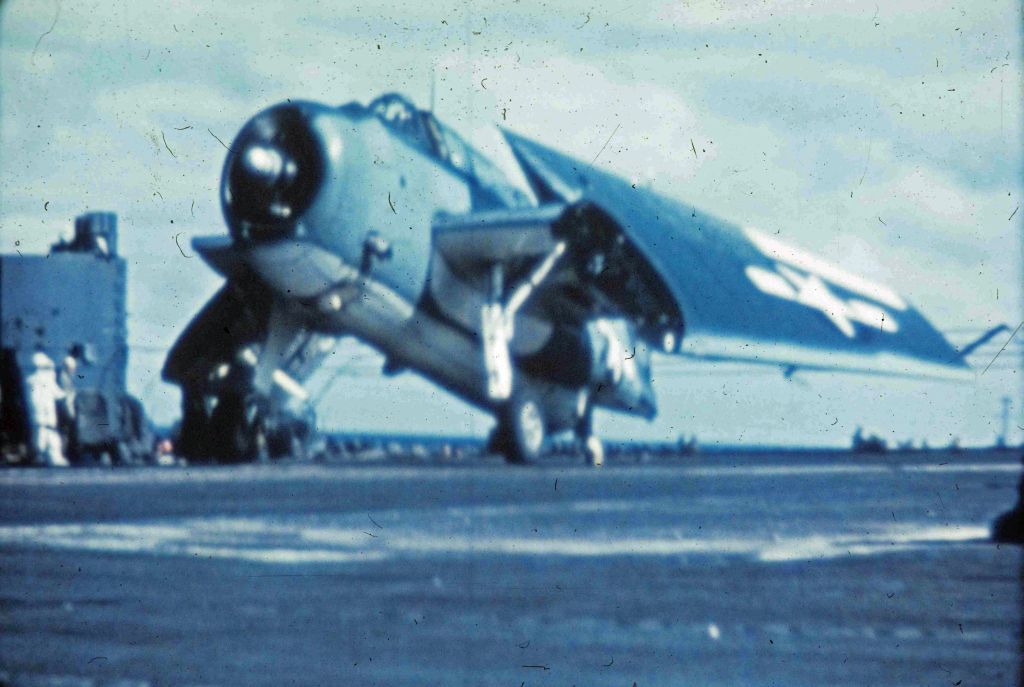

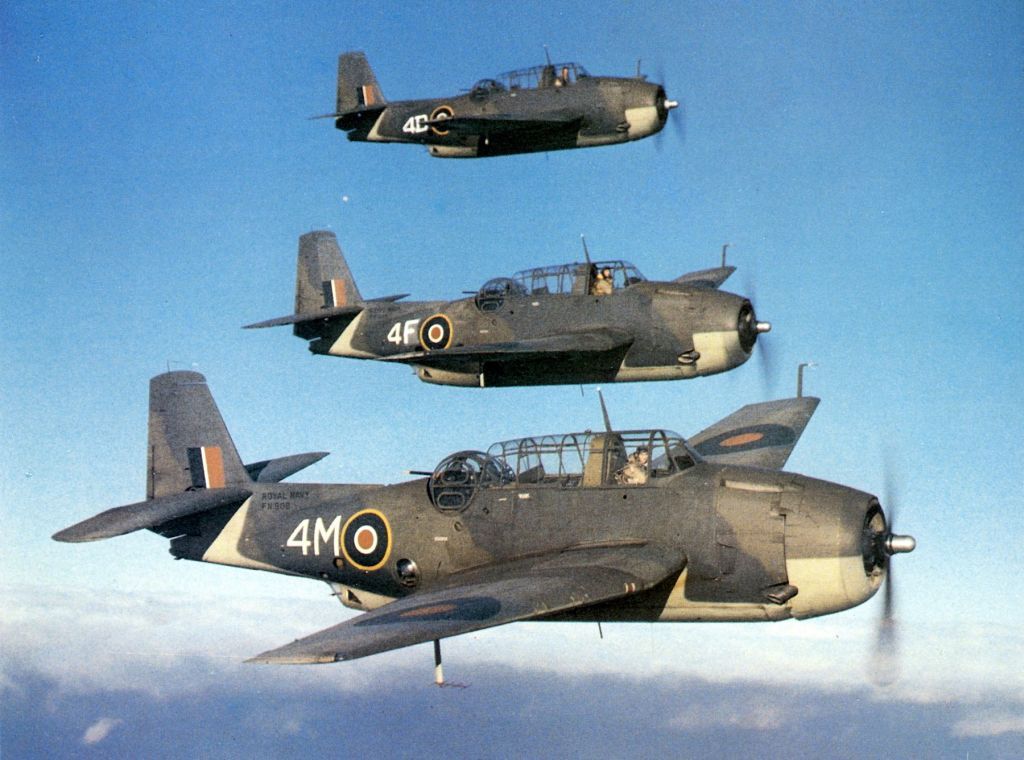
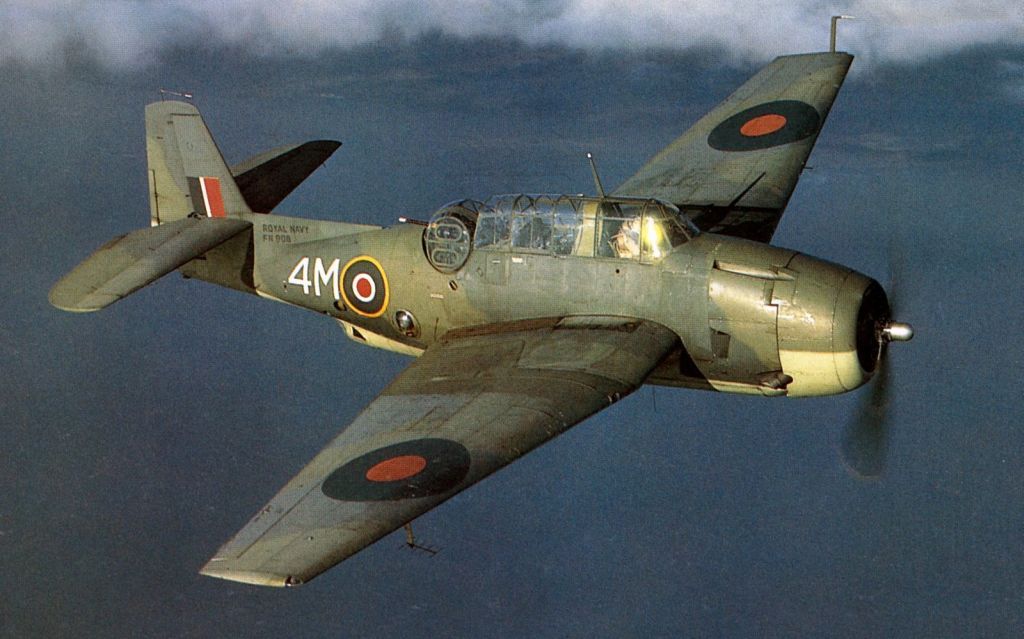
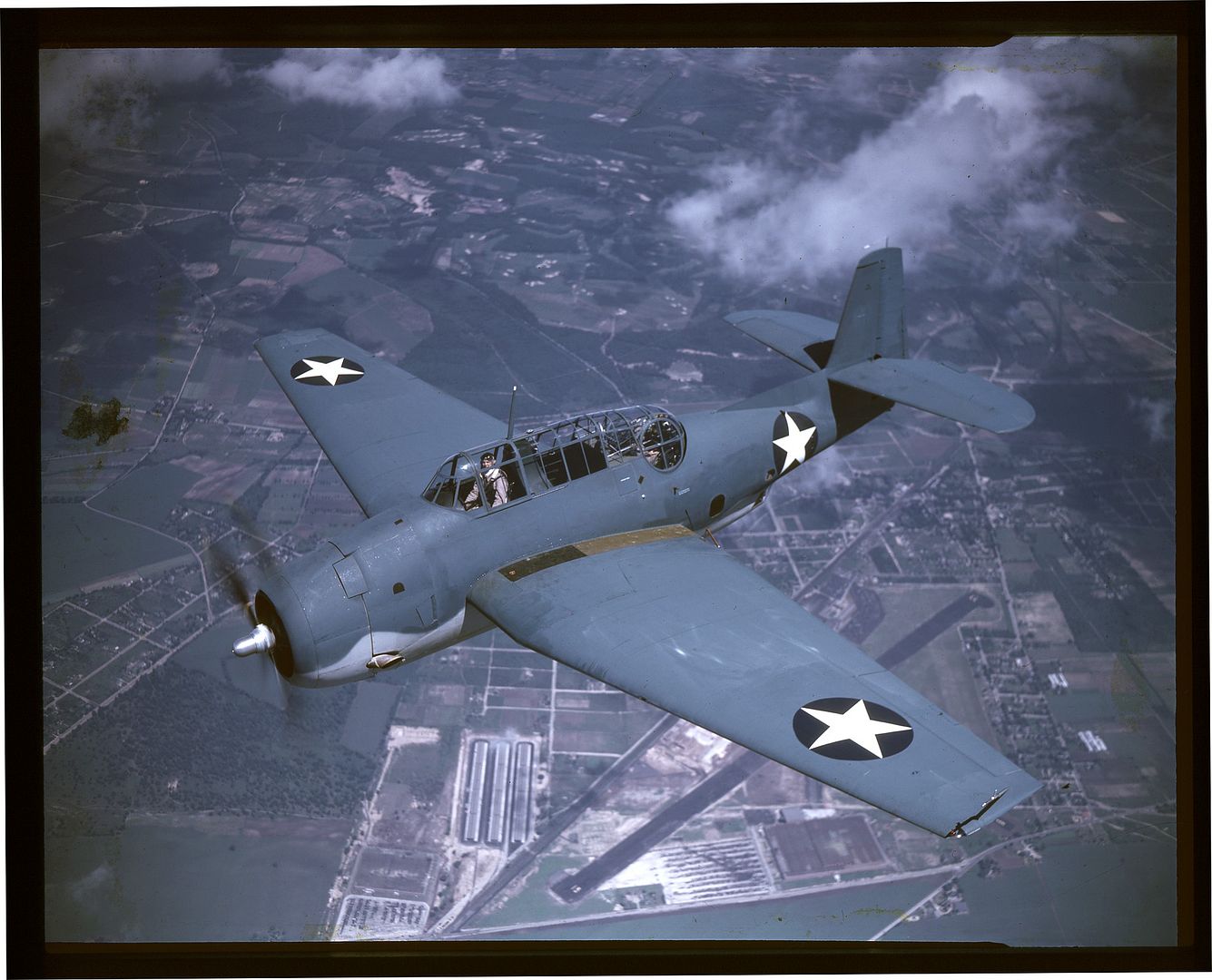
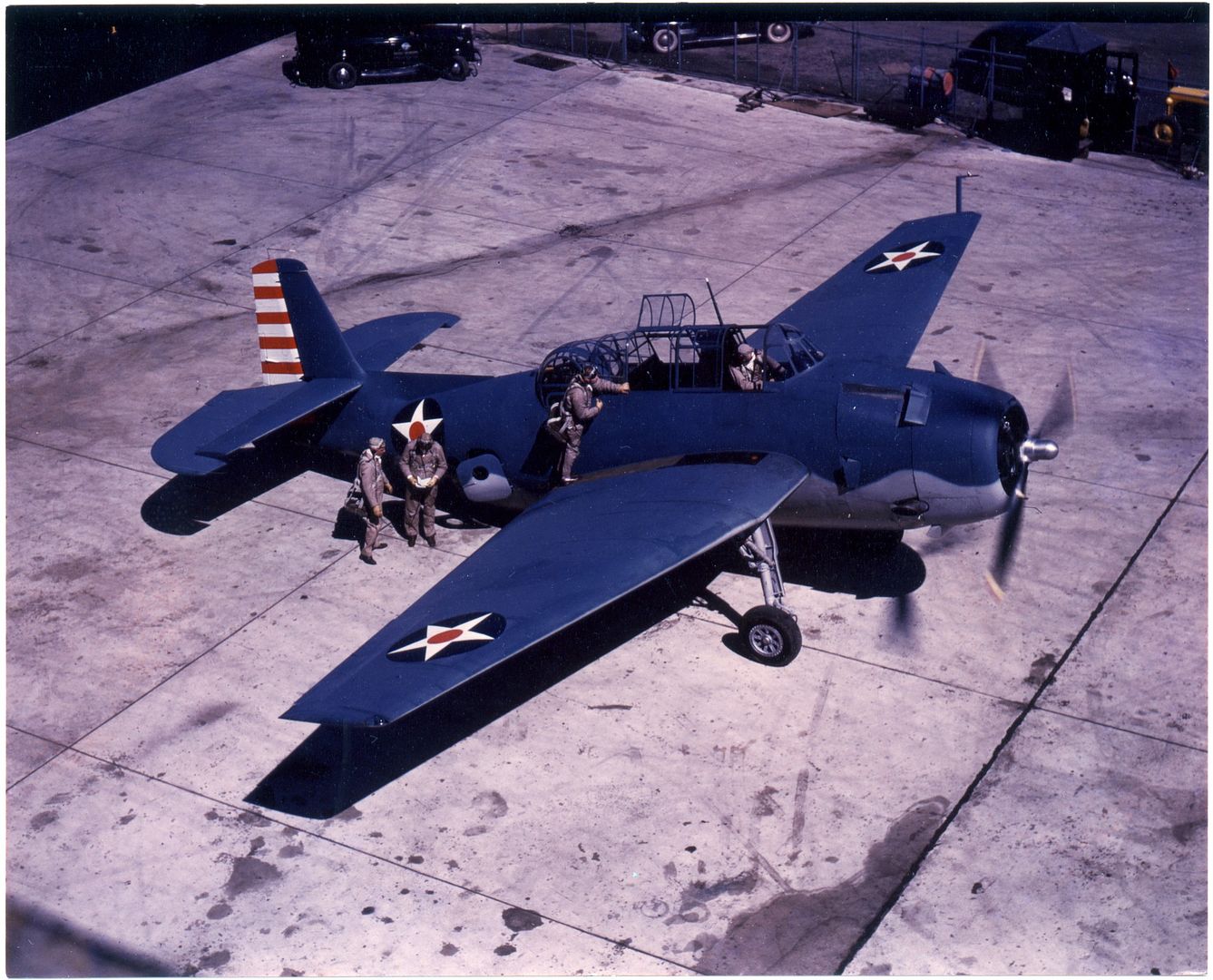
As usual right click.
Regards Duggy.
Post a reply
- Go to Previous topic
- Go to Next topic
- Go to Welcome
- Go to Introduce Yourself
- Go to General Discussion
- Go to Screenshots, Images and Videos
- Go to Off topic
- Go to Works in Progress
- Go to Skinning Tips / Tutorials
- Go to Skin Requests
- Go to IJAAF Library
- Go to Luftwaffe Library
- Go to RAF Library
- Go to USAAF / USN Library
- Go to Misc Library
- Go to The Ops Room
- Go to Made in Germany
- Go to Campaigns and Missions
- Go to Works in Progress
- Go to Juri's Air-Raid Shelter
- Go to Campaigns and Missions
- Go to Works in Progress
- Go to Skinpacks
- Go to External Projects Discussion
- Go to Books & Resources
